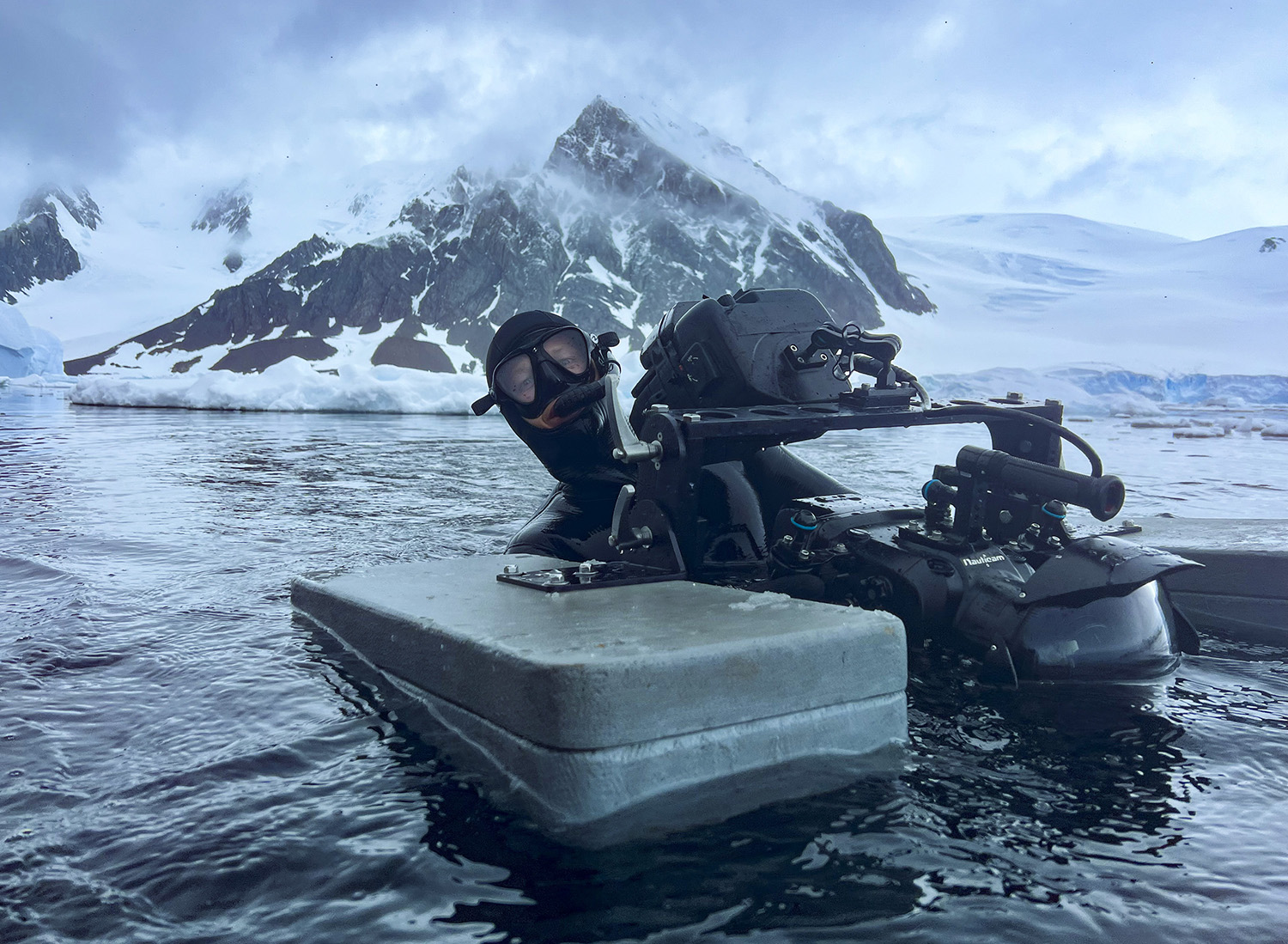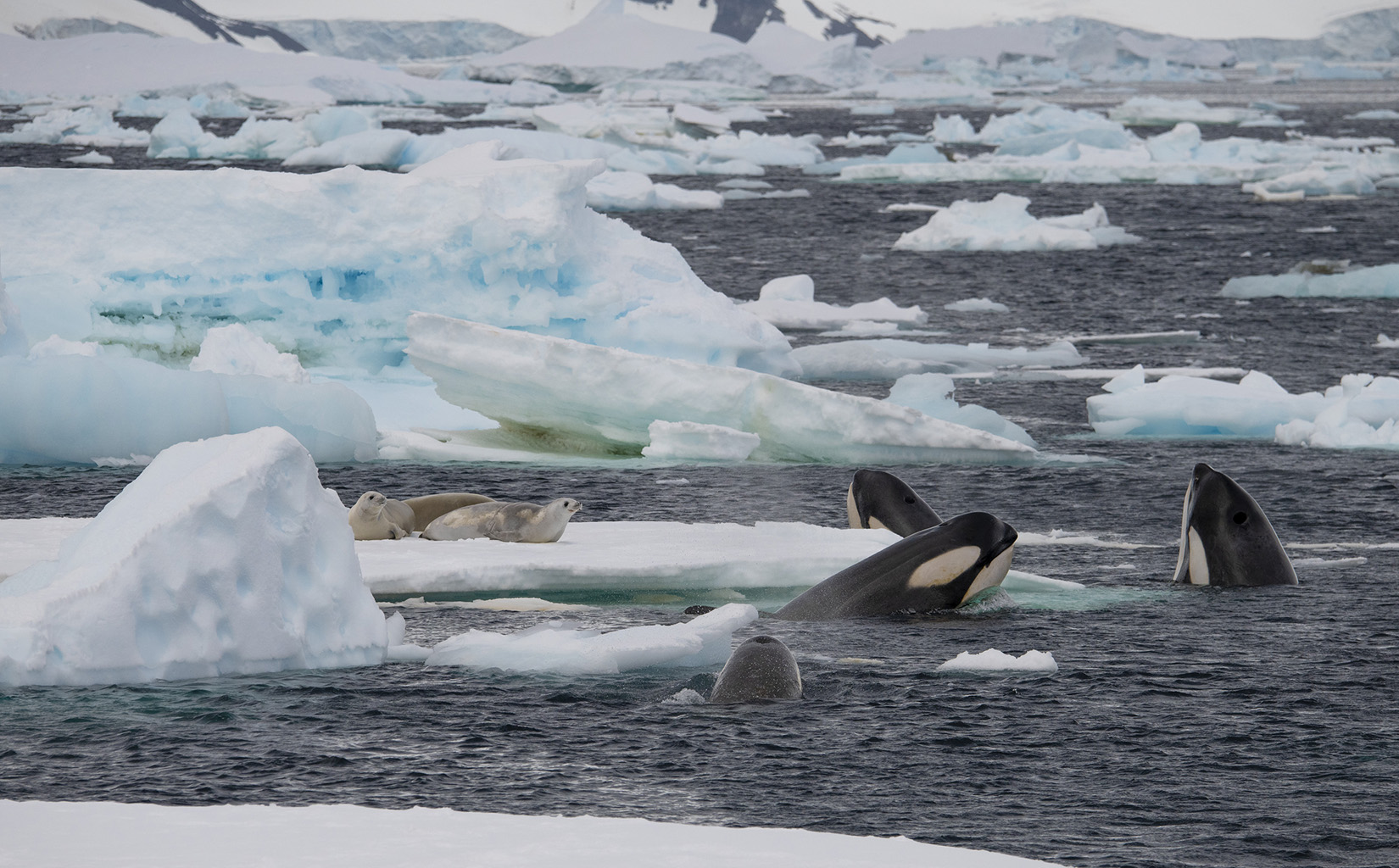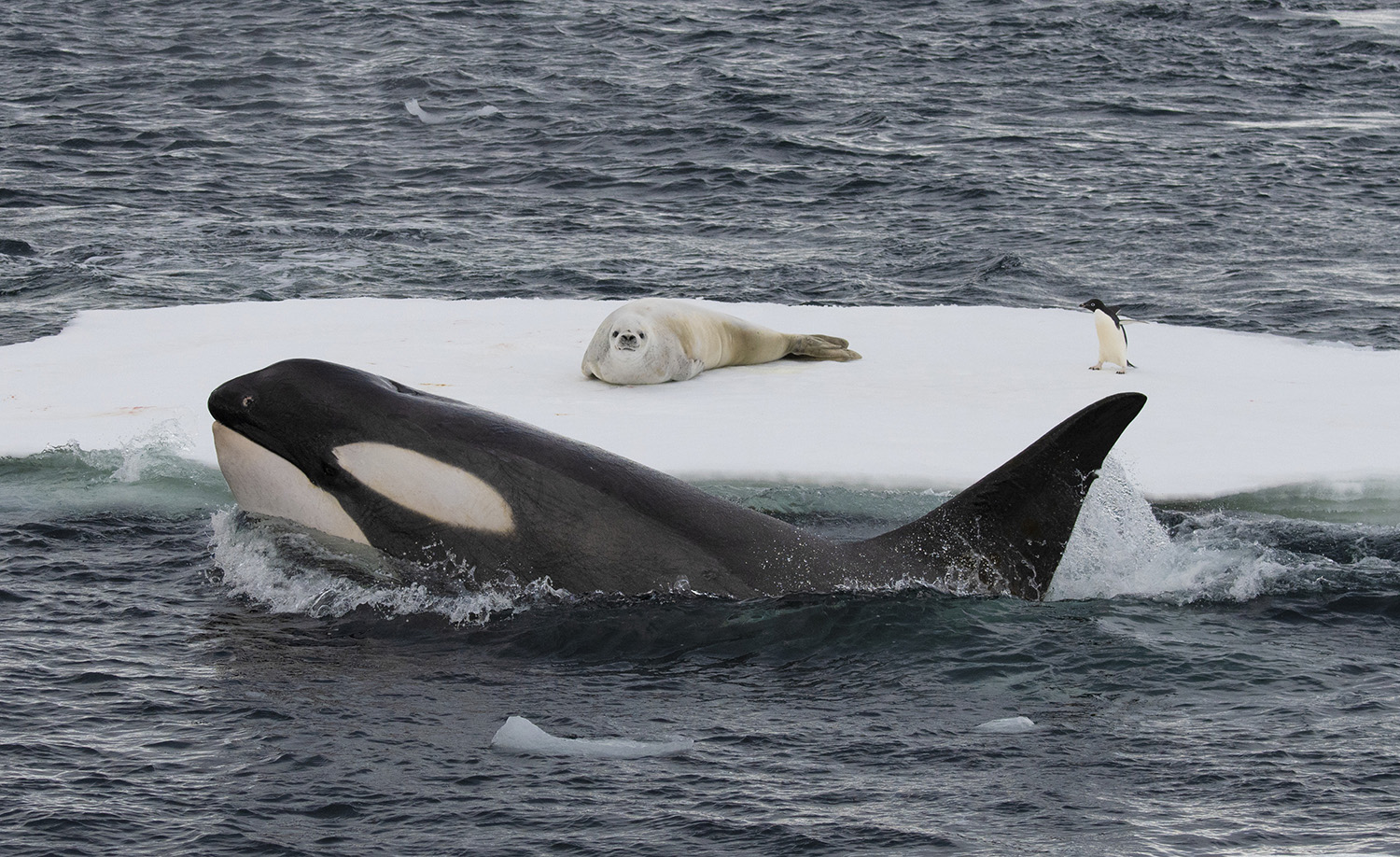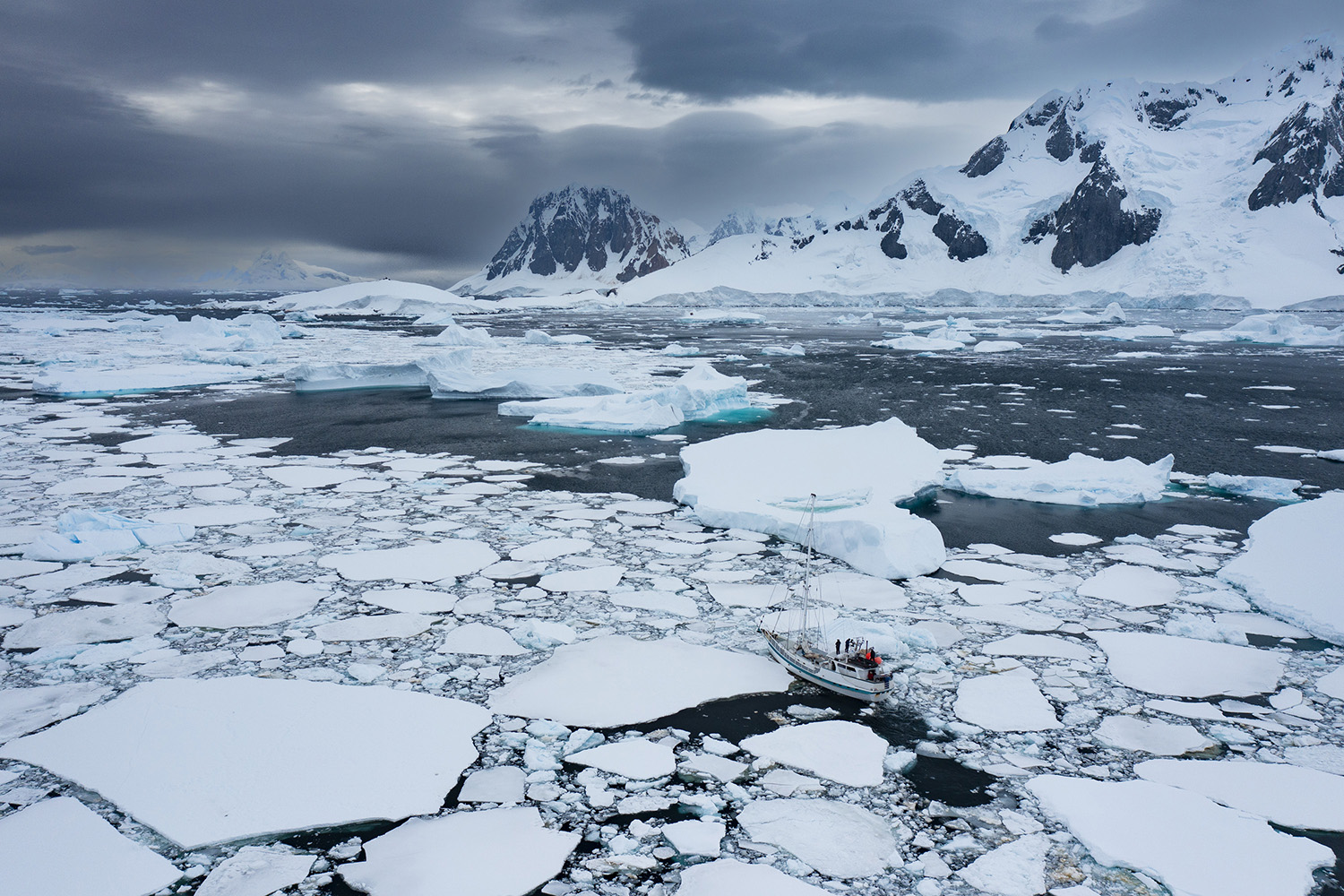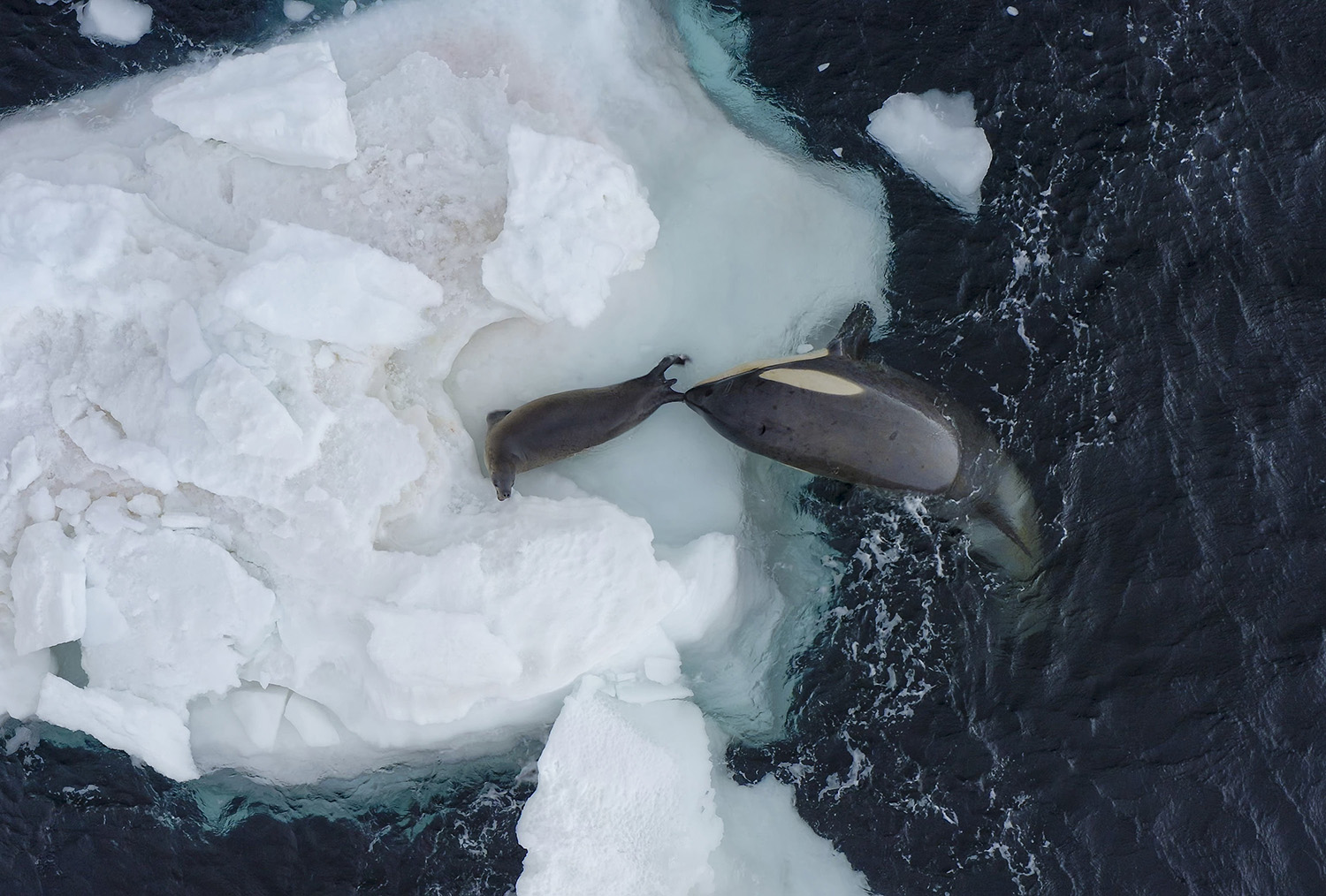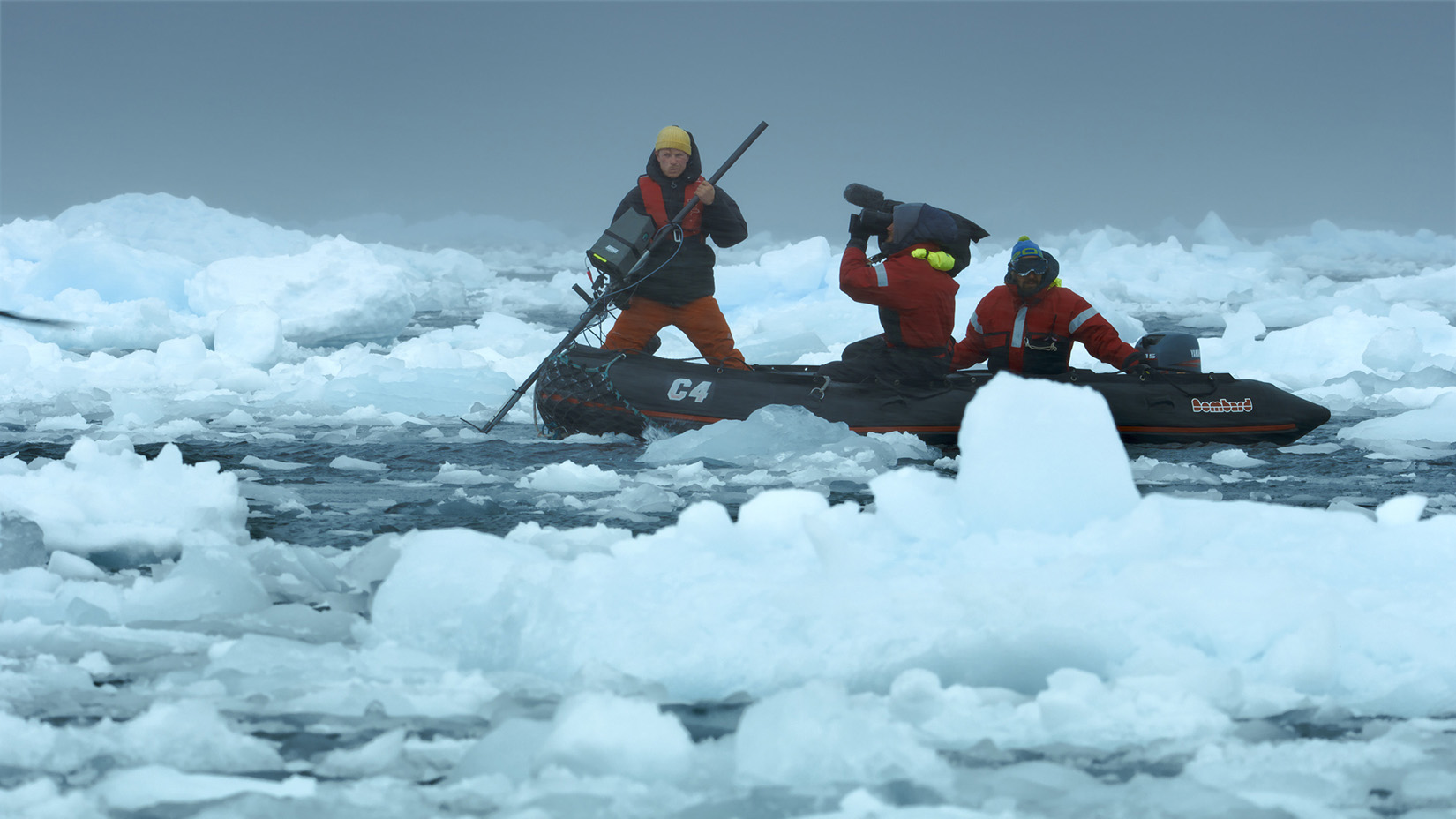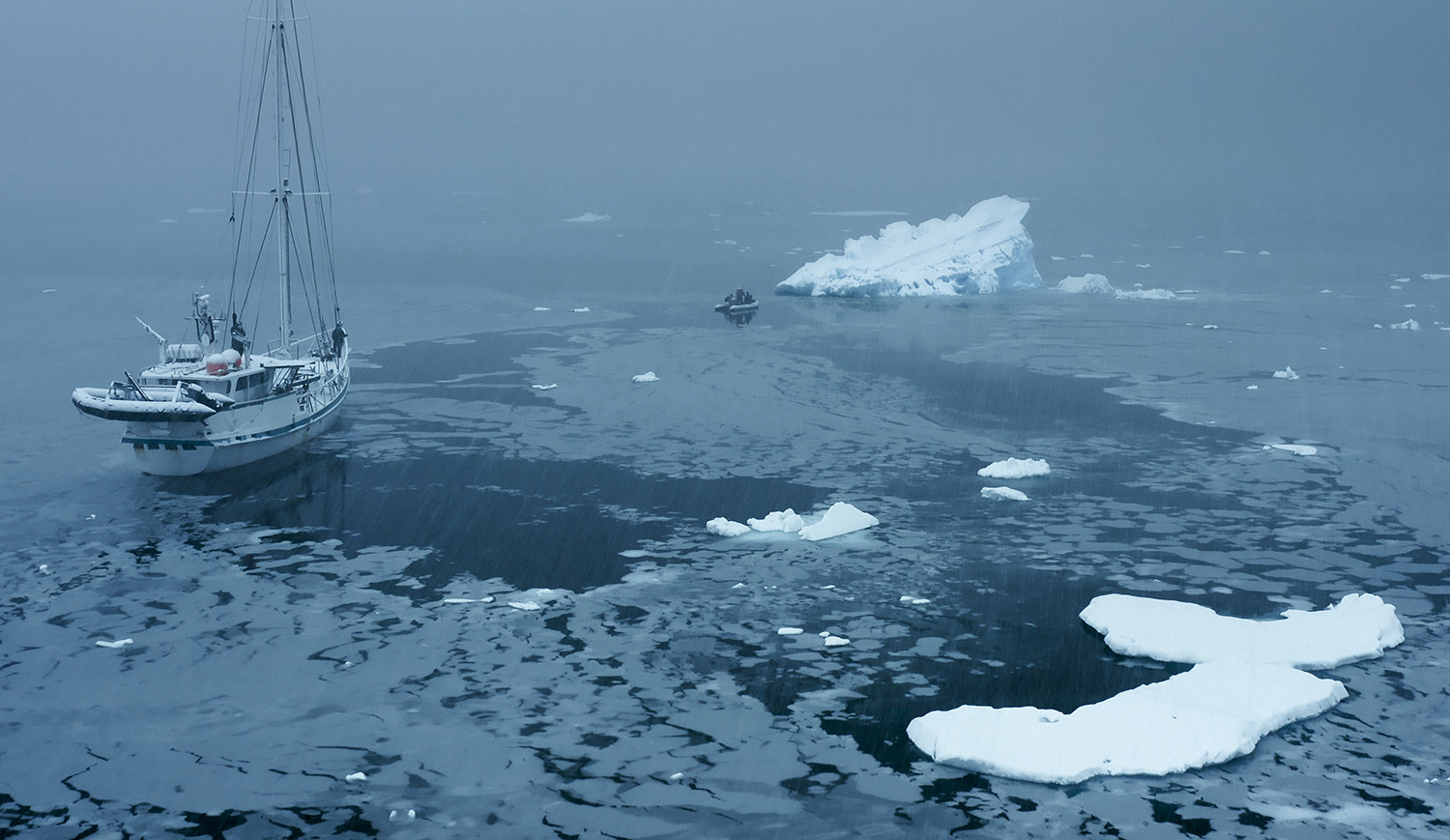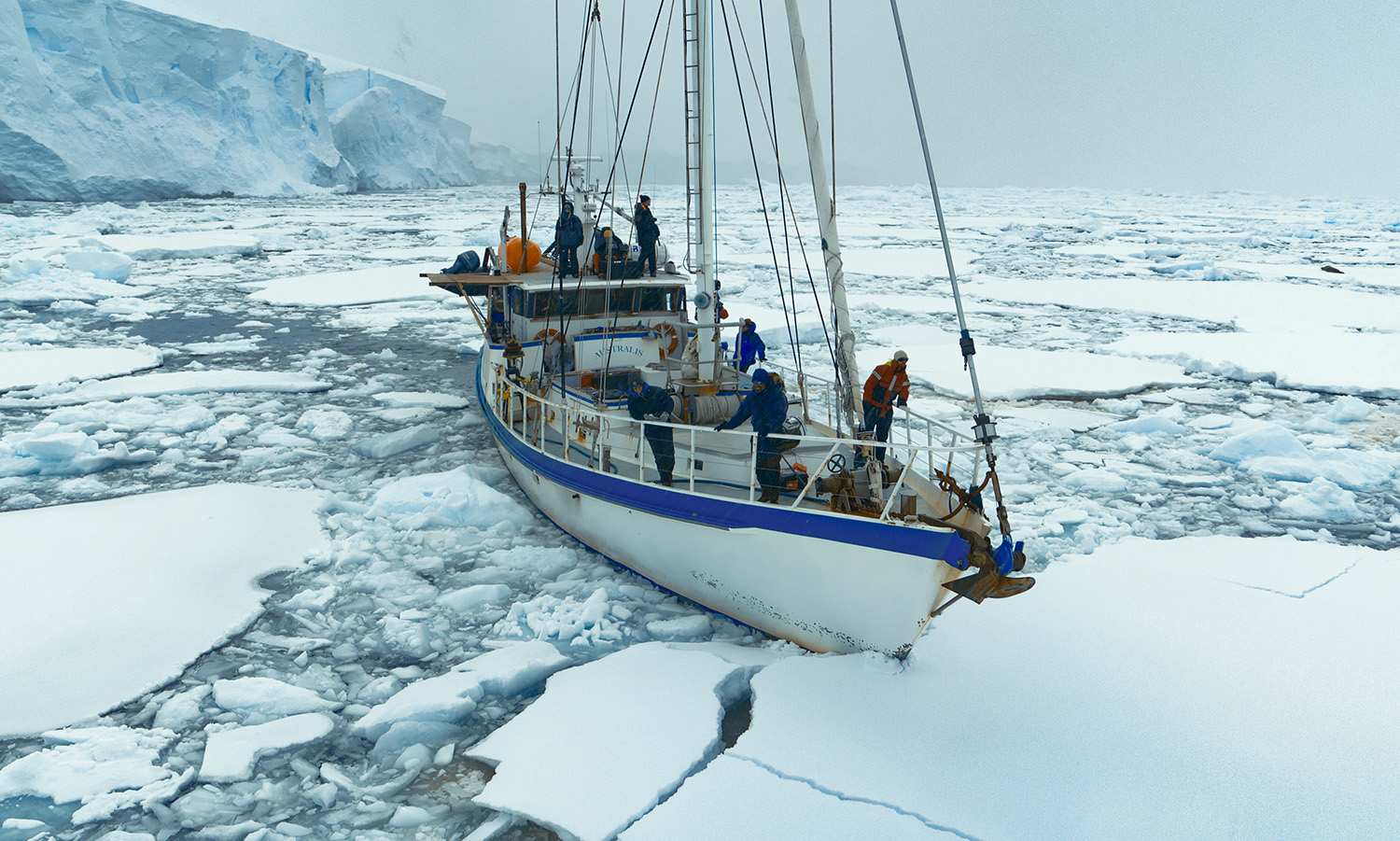Bertie Gregory, the BAFTA-winning filmmaker and renowned National Geographic wildlife explorer, returns with a captivating six-part series titled “Animals Up Close with Bertie Gregory.” This remarkable show transports viewers to the most breathtaking corners of our planet, spanning Antarctica to Africa and from South America to Asia. Bertie’s mission is to track down extraordinary animals and capture their daily lives in ways never seen before.
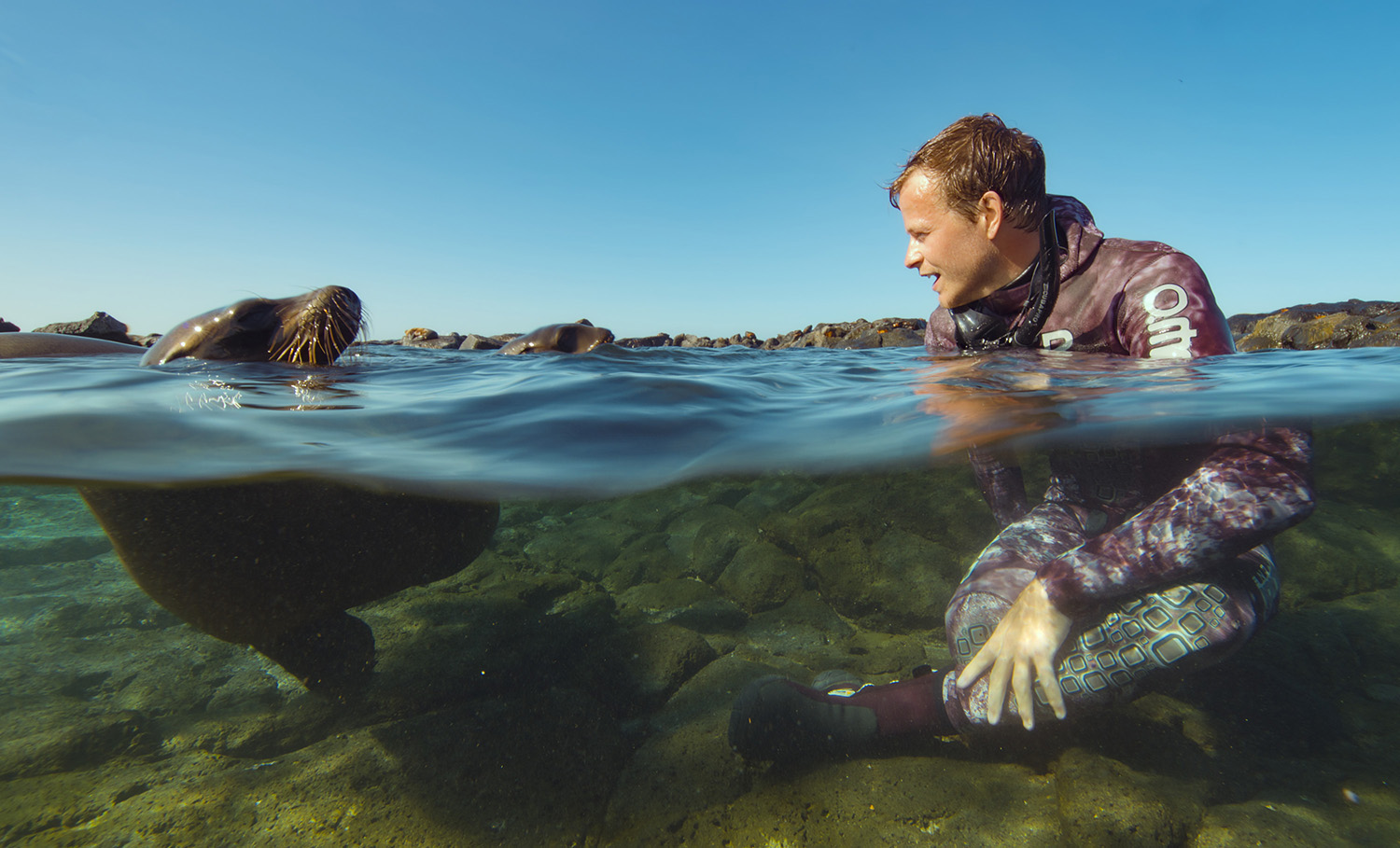
Equipped with cutting-edge technology, including drones, state-of-the-art cameras, and underwater gear, Bertie and his team fearlessly venture into the harshest environments. From subzero seas to snow-capped mountains, they even dare to sleep suspended 120 feet in the air. In their quest, they uncover the challenges these animals endure, witness their fierce rivalries, and document the threats they face in our rapidly changing world.
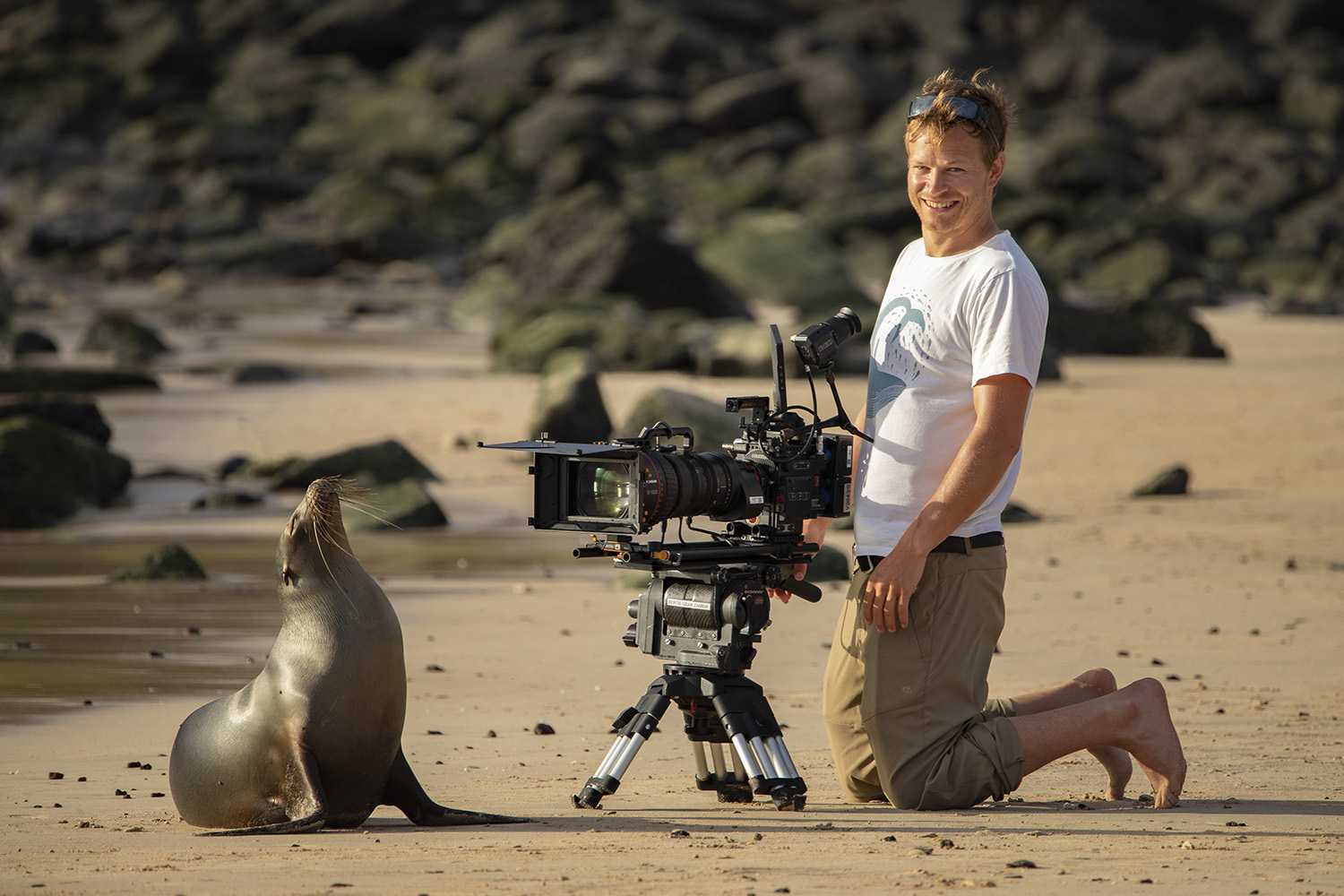
“Animals Up Close with Bertie Gregory” is an unscripted series that takes audiences behind the scenes, revealing the real-life challenges of adapting to unpredictable wildlife in remote and seldom-filmed locations. Throughout the journey, Bertie warmly invites the audience to join him every step of the way, providing an immersive experience like no other.
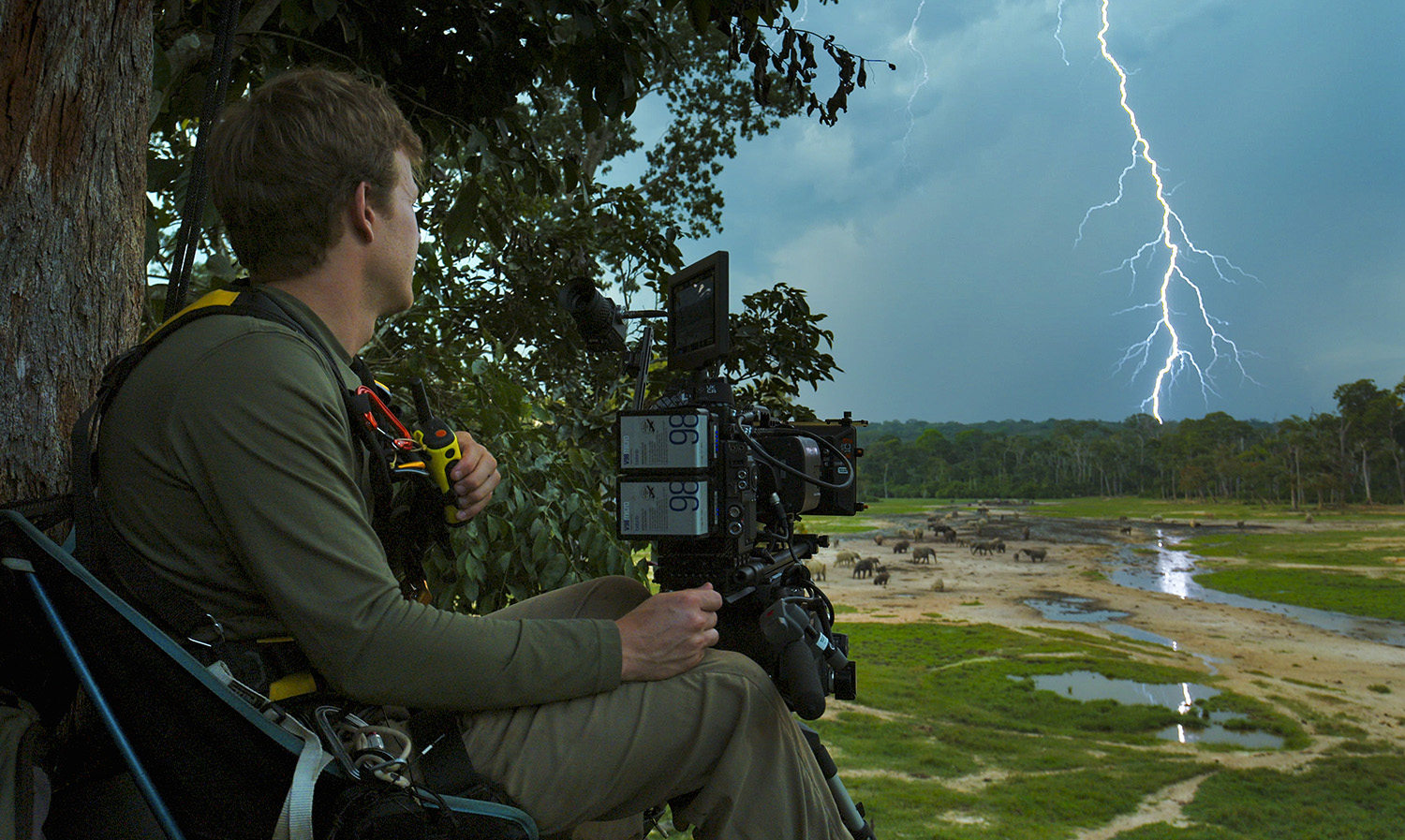
During his visit to Los Angeles, I had the incredible opportunity to sit down with Bertie Gregory, the BAFTA-winning filmmaker, and National Geographic wildlife explorer, to discuss his highly anticipated upcoming series, “Animals Up Close with Bertie Gregory,” and delve into the fascinating behind-the-scenes experiences. As we began our conversation, it quickly became evident that Bertie’s passion for animals was at the core of his work.
Q: For episode 4 (Devil Ray Islands), can you share any behind-the-scenes moments from your underwater filming expeditions?
“It’s an incredible location for filming. The real game-changer was the use of rebreathers. Typically, when filming underwater, we rely on scuba diving gear, which is the conventional approach, as most people associate diving with that. However, with rebreathers, it’s a different story. Let me explain how they work.
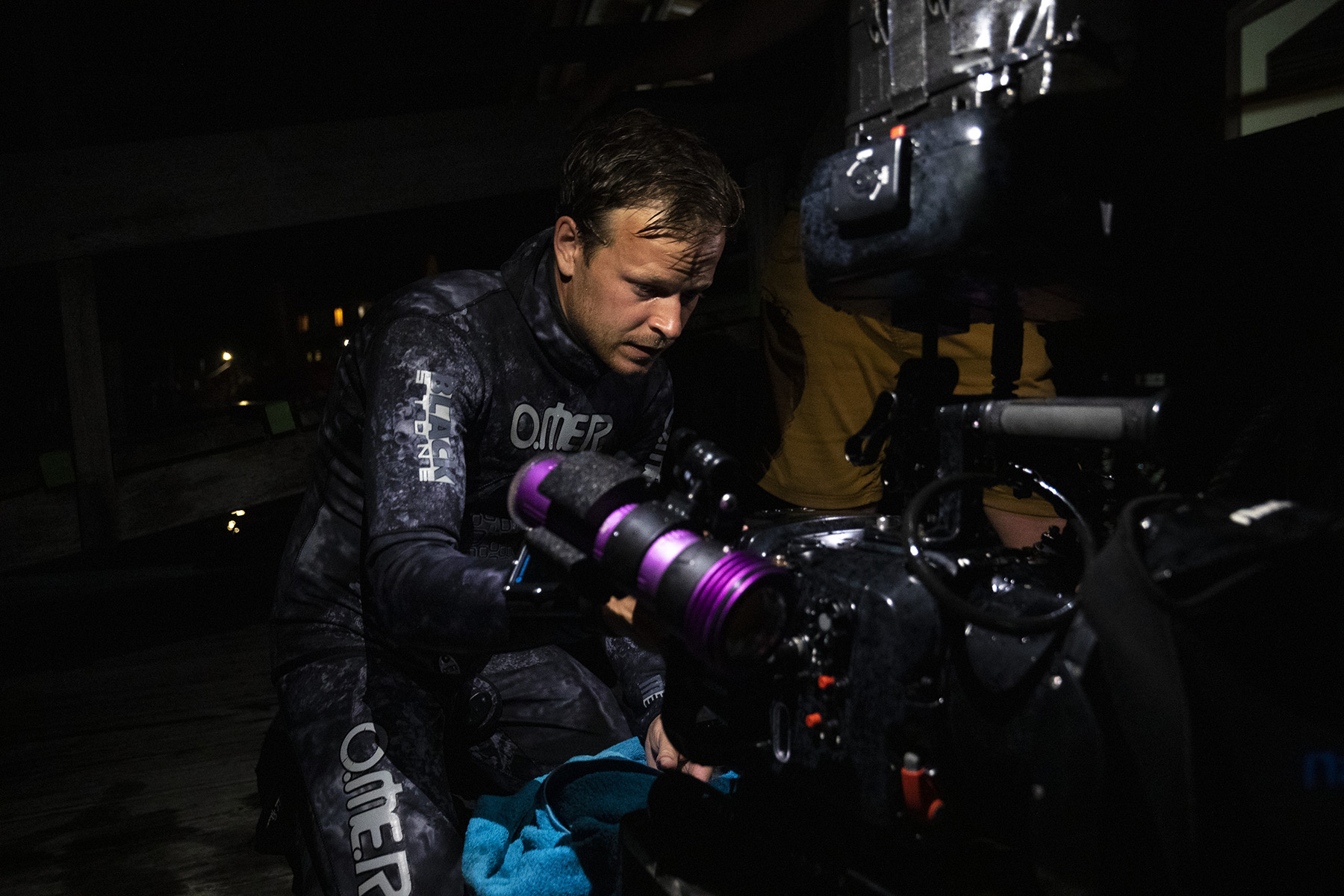
During regular scuba diving, when you exhale, it creates bubbles, which can be very noisy and disturb marine wildlife, especially shy creatures like the devil ray. To address this, rebreathers recycle your breath to avoid bubble production. Here’s how it functions: When you breathe out, the exhaled air goes through a tube to a bag on your back. Inside the bag is a scrubber that removes carbon dioxide, and a small oxygen tank injects a bit of oxygen into the breath. The rebreather then brings that same breath back to your mouth through another pipe, allowing you to reuse it. This system allows for extended dive times, and some of our dives lasted over three hours, whereas traditional scuba diving gear would only provide around 45 minutes maximum.
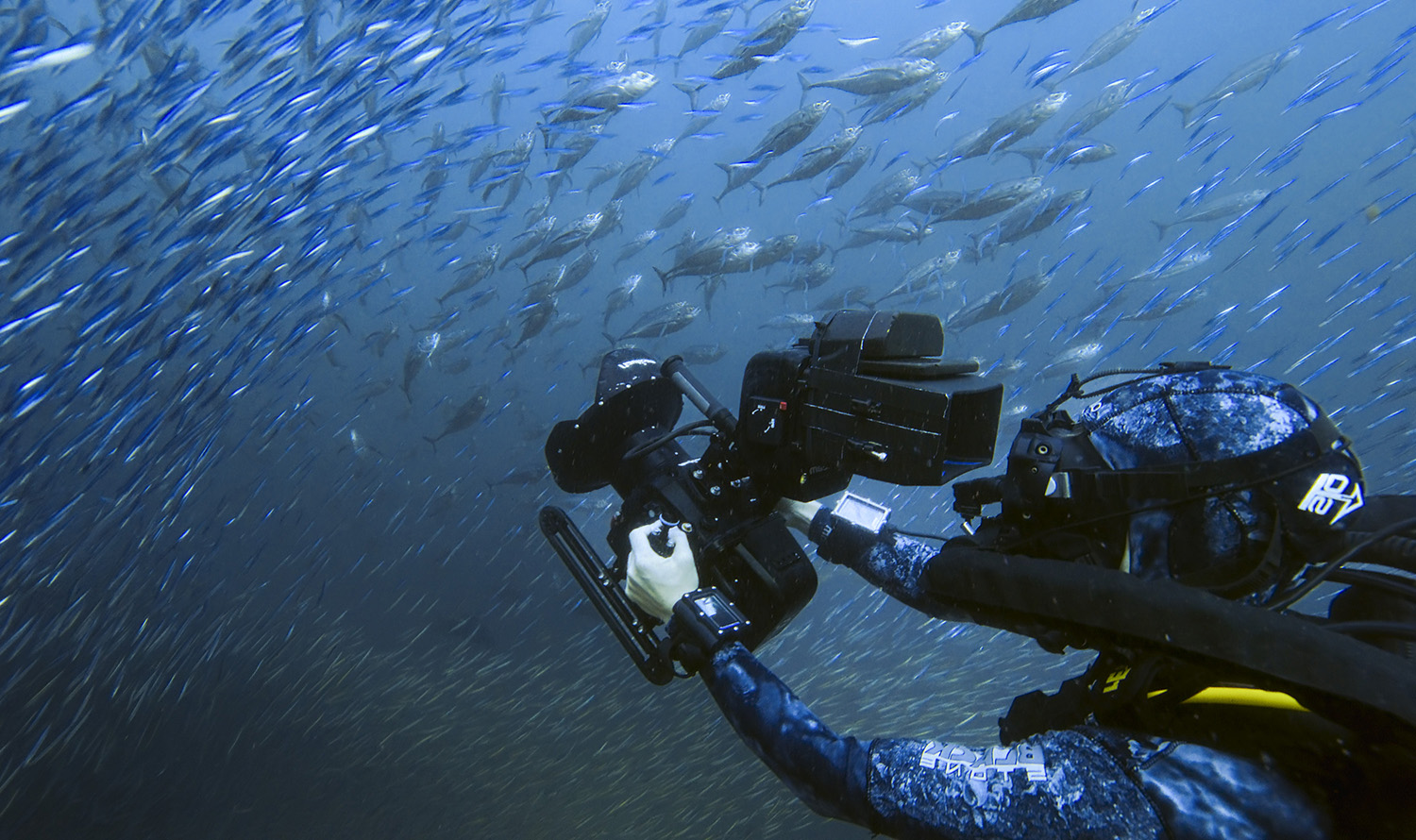
The most significant advantage of using rebreathers, besides longer dive times, is the silence they offer. By avoiding the noisy bubbles, we become an unobtrusive part of the underwater environment, and it gives us the opportunity to witness incredible spectacles, like the anchovies gathering. Filming such captivating scenes necessitates patience and time, but the results are undoubtedly worth it. We would descend to the seabed, remaining as quiet as possible, allowing the animals to come to us naturally, creating mesmerizing shots for the episode.”
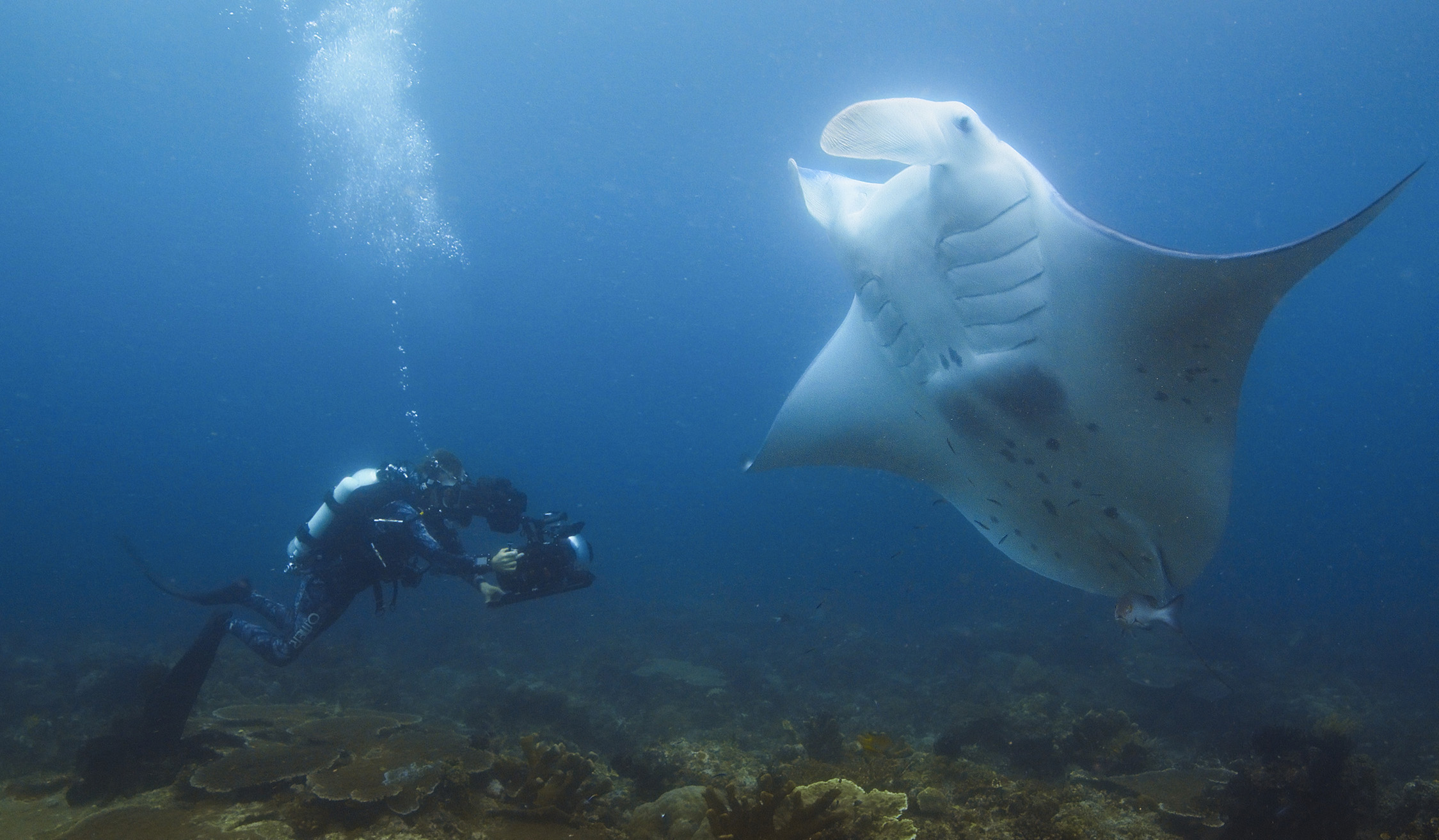
Q: Also, in episode 4 (Devil Ray Island) you mentioned that the water temperature increased by 3 degrees and that it could be a big problem, why is that, can you explain further?
“The ocean temperature typically undergoes seasonal fluctuations in any given location. In that particular location, the anchovies spectacle that we were going to film is triggered by cold, nutrient-rich water coming up from the depths to the surface. So if you have a low water temperature, there are more nutrients in the water, which are then consumed by the anchovies, setting off the entire food chain.
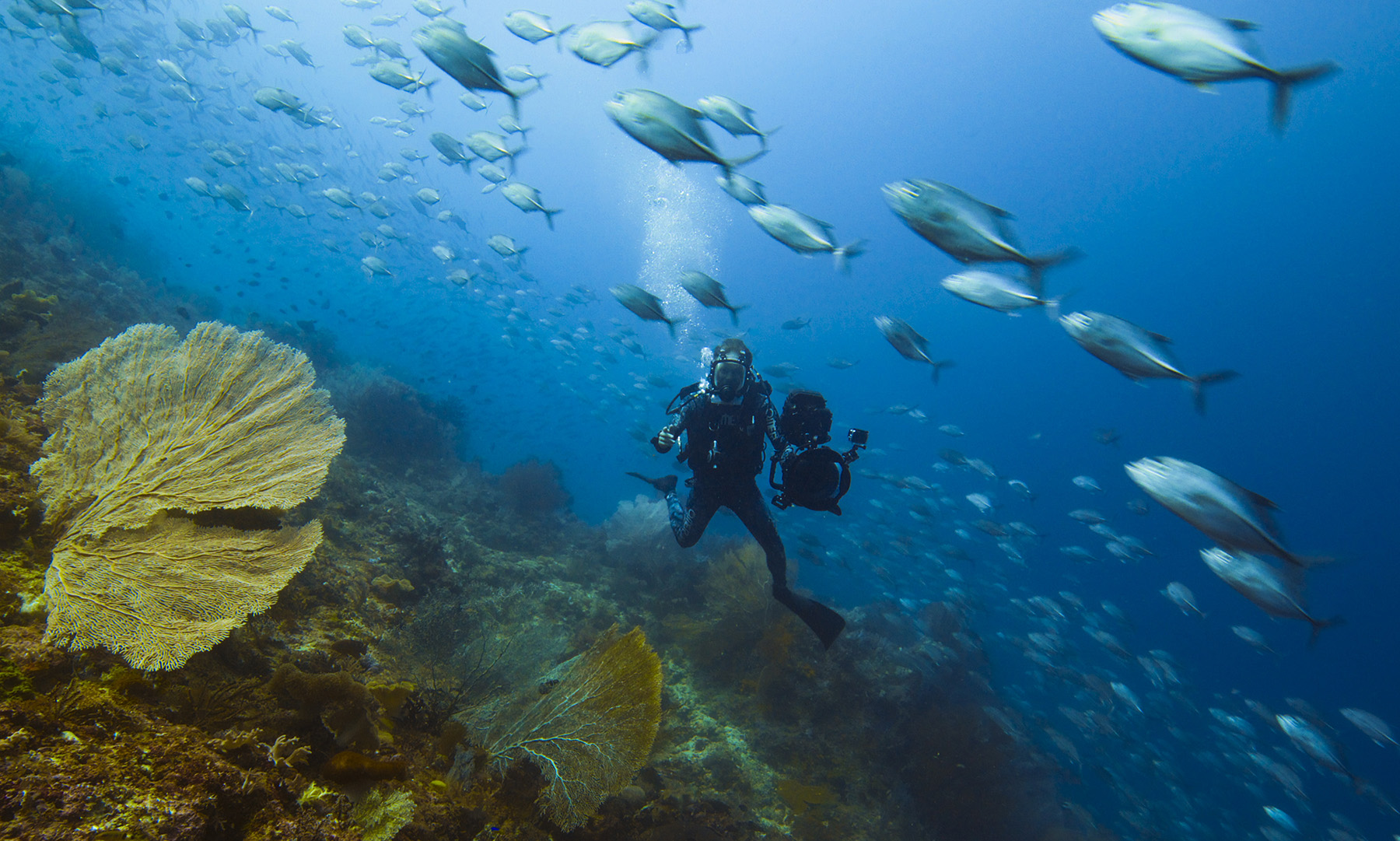
However, during our filming, we encountered an alarming issue. The water temperature was unusually high, which meant that the necessary nutrients were scarce. As a result, the entire food chain couldn’t initiate properly. This situation highlights the concerning impact of climate change on our oceans. Many regions are experiencing warming temperatures, and this shift is disrupting the delicate workings of food chains. The implications of this disruption are indeed worrisome. Three degrees might not sound like a lot, but in the water that’s a really big deal. Even a seemingly small change in water temperature can have a profound impact on the delicate balance of marine ecosystems.”
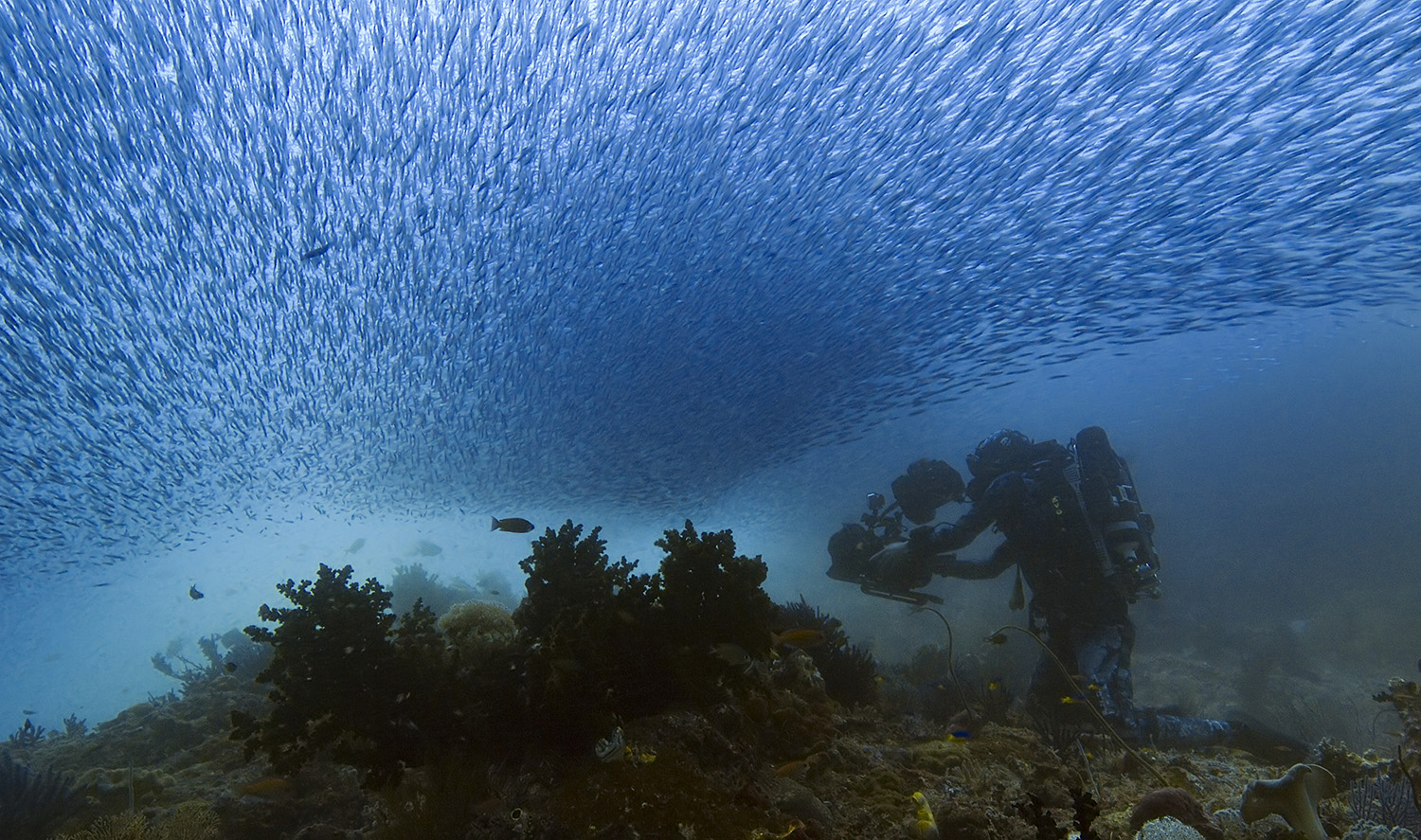
Q: What is your favorite marine creature to film, and why do you find them fascinating?
“Among all marine creatures, my favorite has to be the killer whale, which became the focus of one of the episodes of “Animals Up Close.” The particular killer whales that captivated me are the B1s, known scientifically by that name. These magnificent creatures embody the essence of animal intelligence, which has always intrigued people—how clever are wild animals? Well, these killer whales provide a perfect demonstration of their remarkable intelligence.
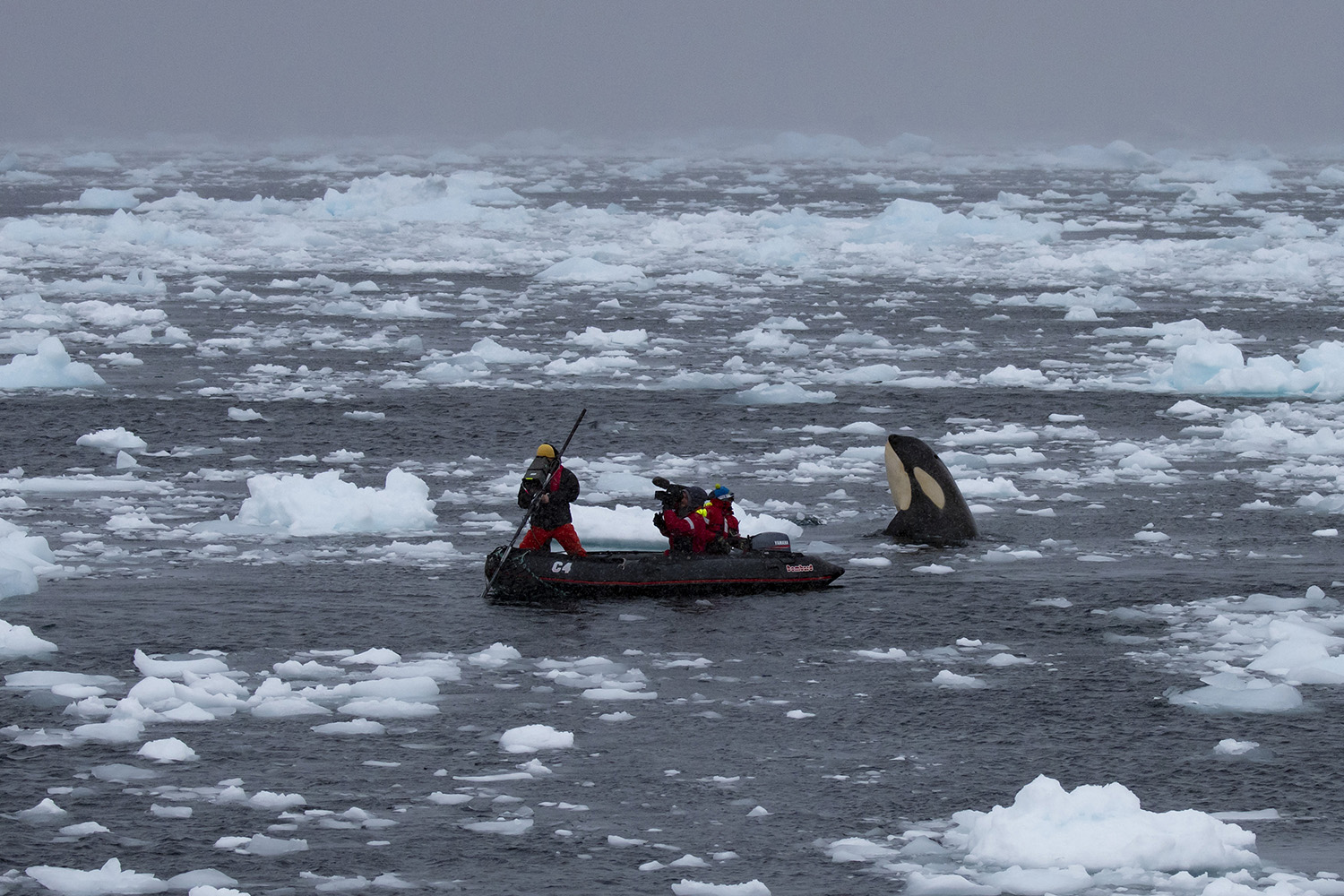
They skillfully locate seals resting on ice chunks just out of the water and use coordinated body movements to create a wave, essentially a weapon, that washes the seals off the ice and into the water. What’s truly astonishing is that each wave they create is unique, tailored to the specific problem they encounter. This level of problem-solving and cooperation showcases their vast range of skills, making them exceptionally creative. For a wild animal is a bizarre thing to say.”
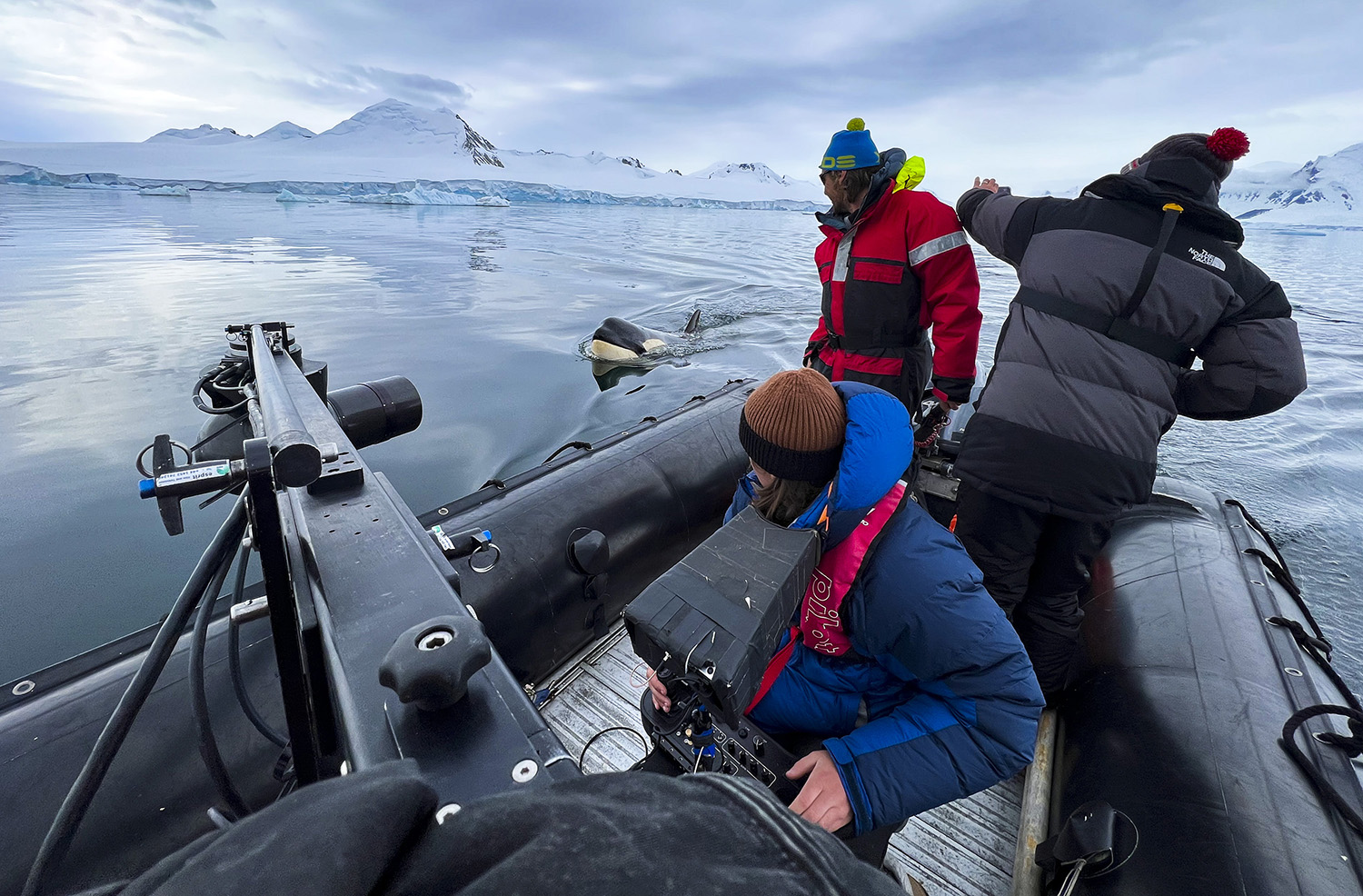
Q: Have you witnessed any changes in marine ecosystems over the years while filming, and what concerns you the most about their future?
“The situation with marine ecosystems, especially concerning killer whales, is concerning. The Antarctic Peninsula, their habitat, has experienced a decrease in sea ice due to the warming climate. During our filming expedition, we witnessed a record low in the extent of Antarctic sea ice. For killer whales, this ice is crucial for their hunting strategy. As the sea ice cover continues to melt, we fear that it might lead to the extinction of their unique culture, especially since there are only around 100 of these killer whales remaining.
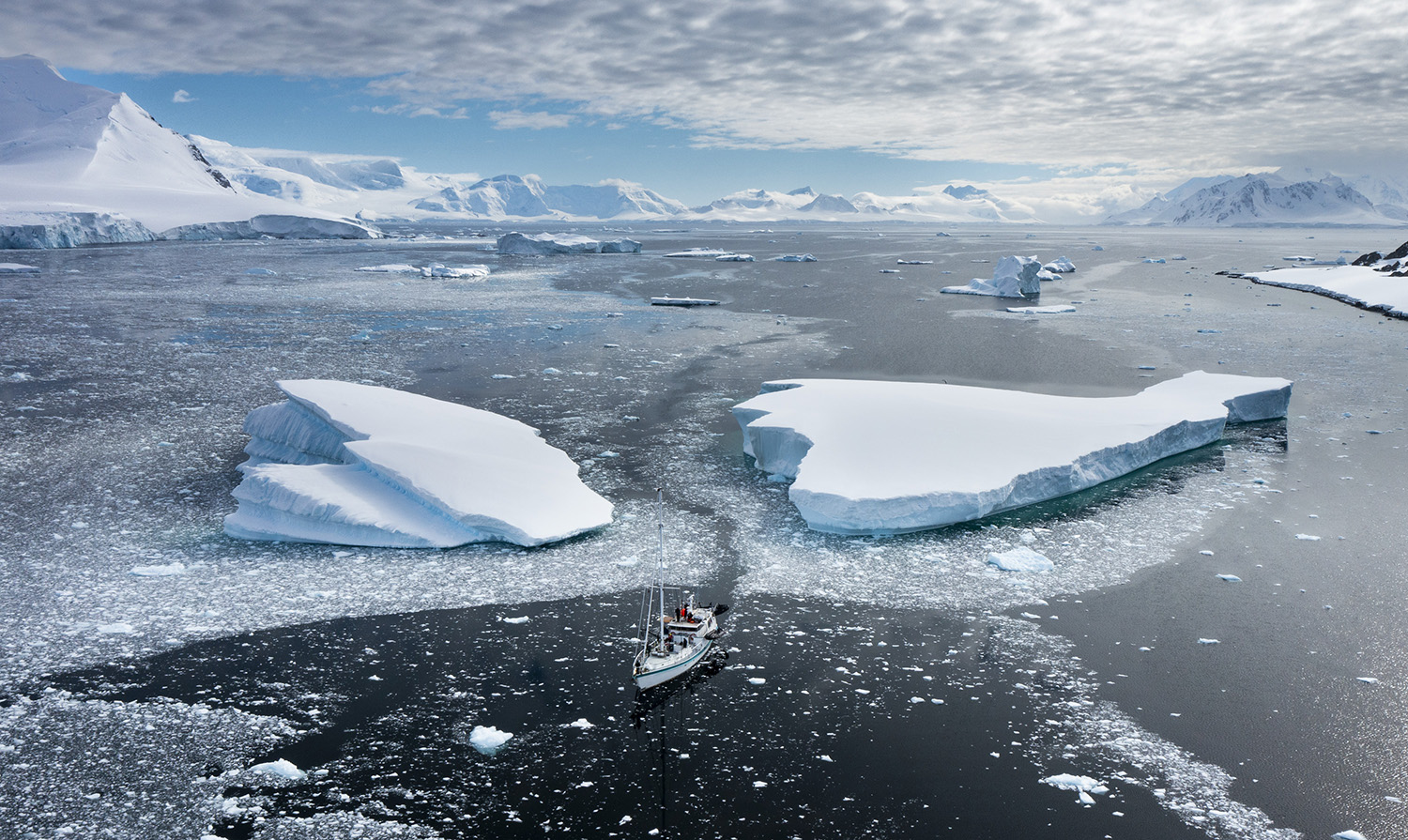
The devil rays also present another alarming case. In the episode featuring the jellyfish swarm, we learned that such swarms are naturally occurring but have been increasing in frequency. Scientists think that they’re becoming more and more common, and they’re a sign of an imbalance in the ocean. They’re much better at tolerating higher ocean temperatures. And they also are much better at proliferating when we’ve overfished. So if there are not enough fish within an ecosystem, because we’ve been overfishing them, jellyfish takeover, and it’s kind of known within the industry as “the invasion of the slime.” And yeah, it’s a scary sign that our oceans are not in a happy place.”
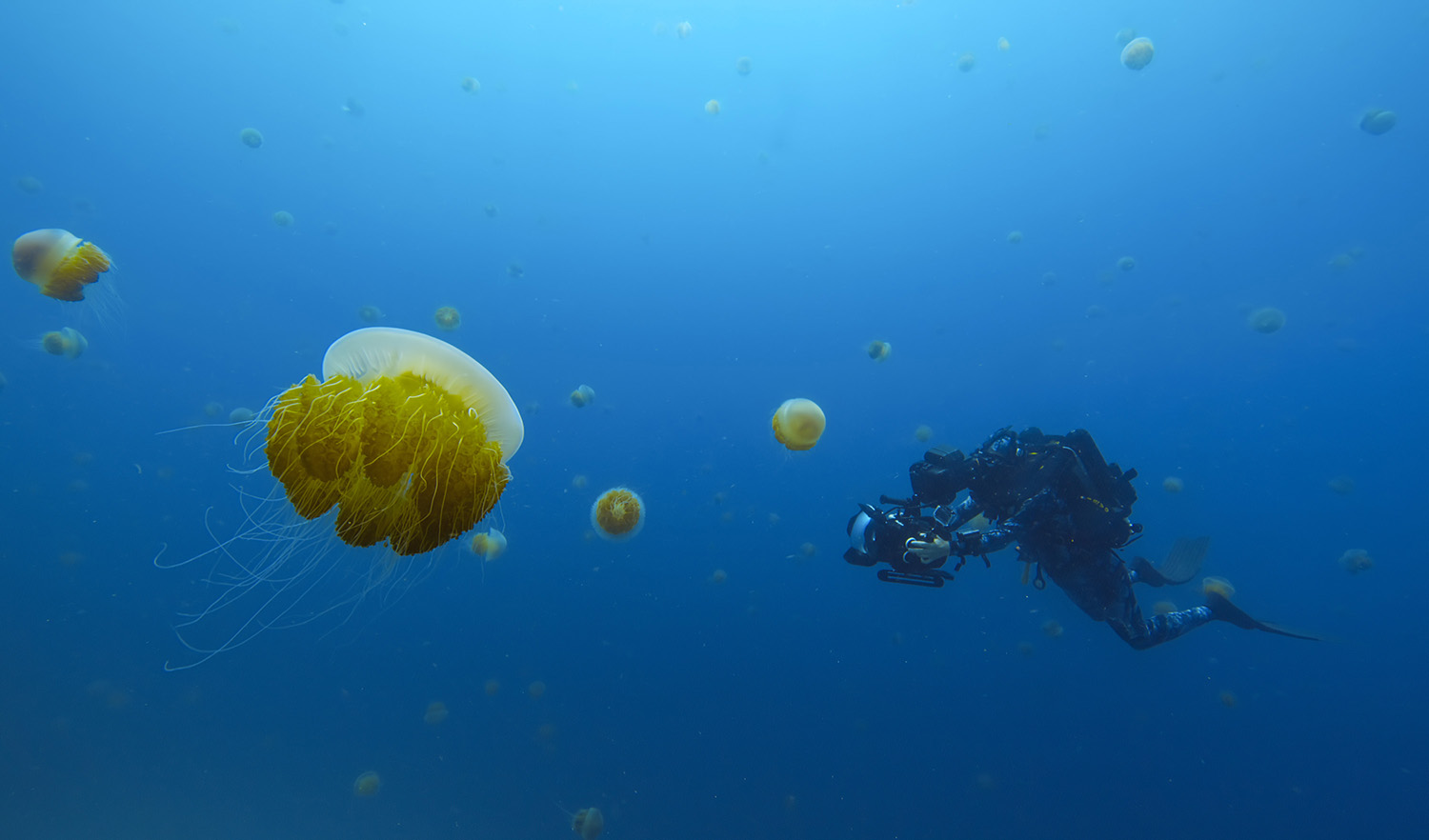
Q: In episode 2 of Elephant Quest, the illegal wildlife trade and the demand for ivory products emerged as significant threats to the survival of elephants in the depicted area. Now, in the present, how has the condition of that area changed, and what actions can wildlife protection organizations take to aid this region?
“The efforts of the anti-poaching team were commendable, but despite their work, the poaching of elephants persisted at an alarming and almost unbelievable rate. If this relentless poaching activity continues unchecked, scientists fear that the forest elephants, one of the largest land mammal species, could face extinction within the next 10 years.
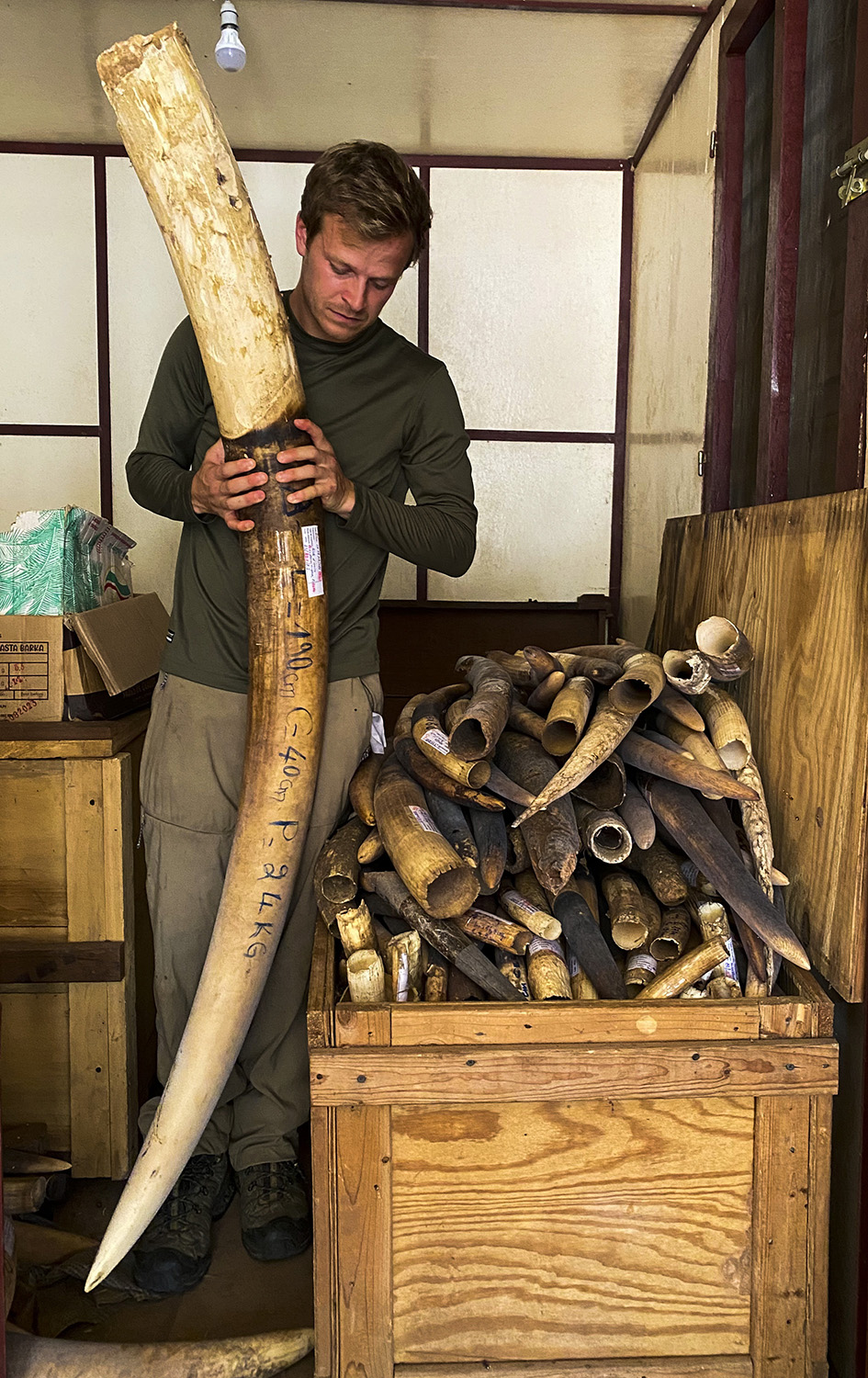
The situation at hand is undeniably challenging. Because the poaching of ivory is so intertwined with many other legal trades, the same networks that are trafficking, people, drugs, weapons, and so they’re incredibly powerful and incredibly well-resourced. And so it’s a really difficult situation. Reducing the demand for ivory is a pivotal aspect of addressing this issue. If we can diminish the value attached to ivory, it could help deter poaching.
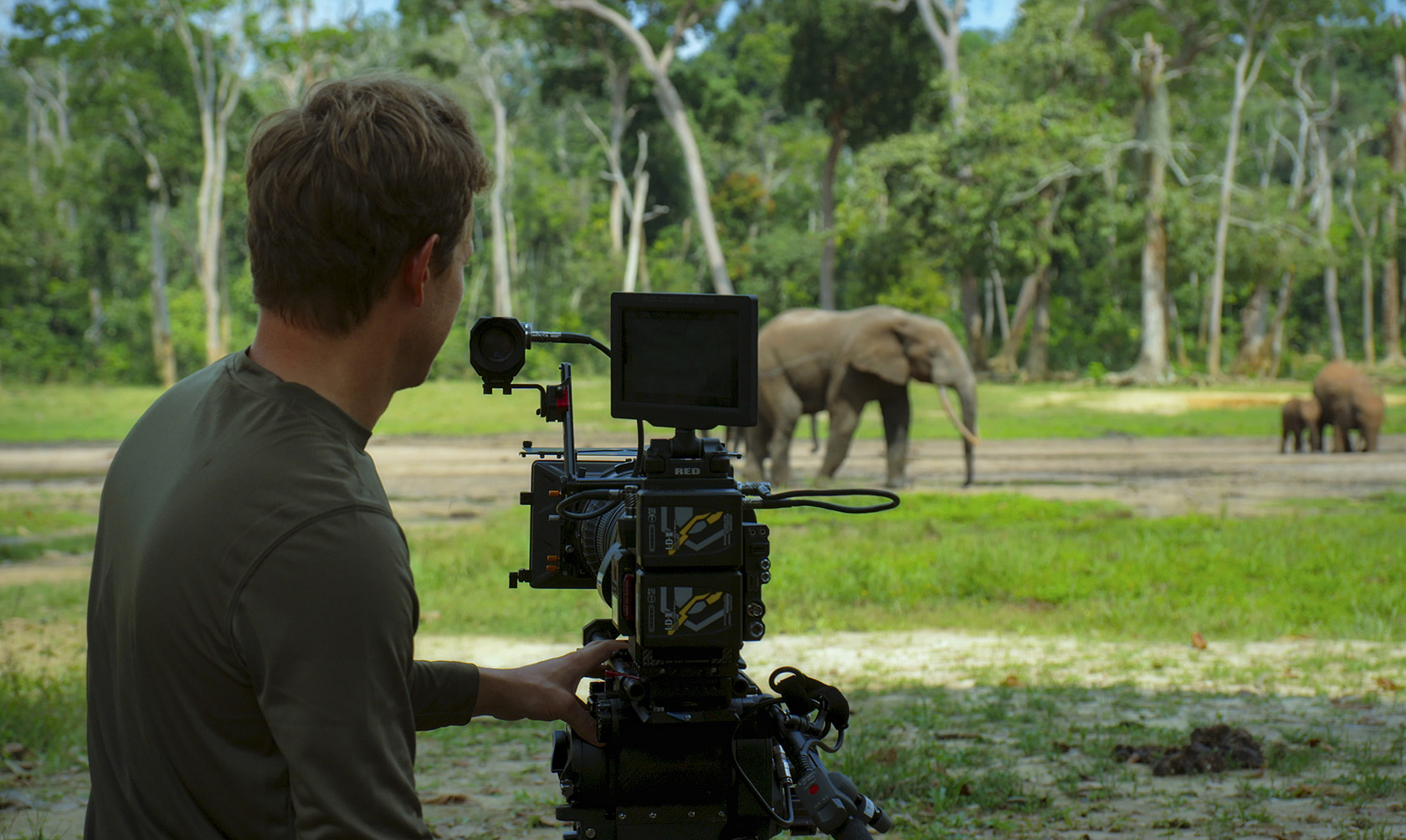
To achieve this, one critical step is to connect the consumers of ivory, whether they are purchasing engraved statues or other items, with the reality that these products come from the tusks of long-lived animals. Making this connection is essential to raise awareness and foster a deeper understanding of the consequences of such purchases. When individuals truly comprehend the implications of their actions, it becomes harder for them to justify engaging in activities that contribute to the decline of these majestic creatures.
Creating this awareness is vital because it’s hard to believe that anyone who genuinely comprehends the connection between ivory products and the harm caused to animals would continue to support such activities. Educating and empowering consumers to make ethical choices can play a crucial role in conserving the lives of these magnificent animals and ensuring their survival for generations to come.”
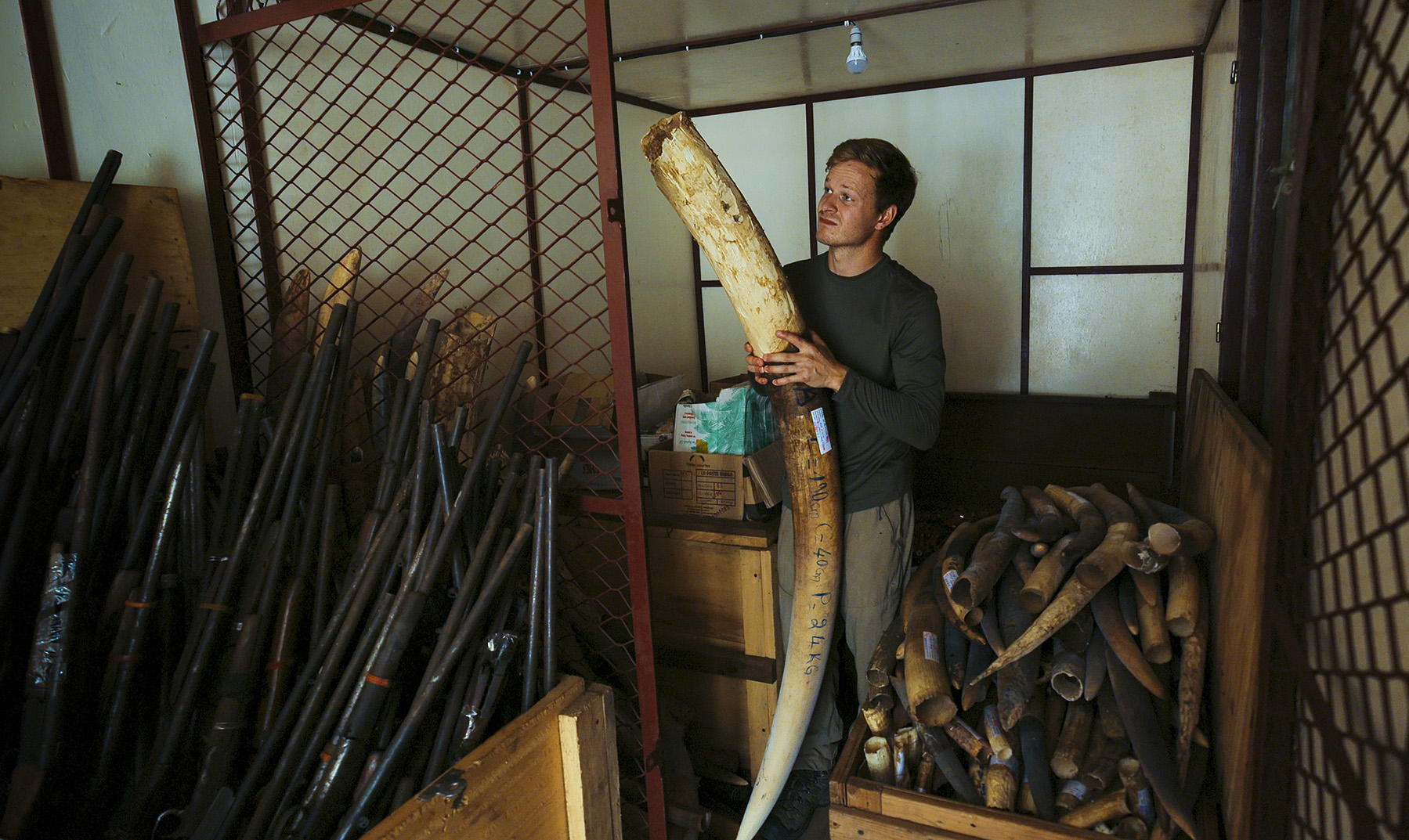
Q: Are there any specific wildlife species or destinations that you hope to capture on film in the future?
“Well, that would be spoilers, that we’ll be revealing some new locations. Rest assured the list is a good one.”
As our interview drew to a close, Bertie Gregory graciously shared insights into his personal projects dedicated to wildlife conservation and climate change. With genuine enthusiasm, he spoke about his strong desire to make a positive impact on the natural world that he so deeply loves.
Q: Do you have any personal projects related to wildlife conservation that you’re particularly passionate about?
“At the moment, I’m currently working on a couple of projects. One that I’m really passionate about is on Epic Adventures Series, the last series that I spoke to you about on Disney Plus, there was the bat episode with the Eagles in Zambia. I’m particularly passionate about the Zanka bats migration. This migration is one of the great wonders of the natural world, with a staggering 10 million bats roosting together. It’s an important migration for us humans because as those bats fly around, they disperse seeds from the fruits they eat, effectively acting as the gardeners of Africa. They go around planting trees, which is very useful for us humans.
To ensure the protection of this incredible phenomenon, I’ve been collaborating with the Kasanka Trust, an organization dedicated to safeguarding the forest where bats reside. We are working together to raise funds and enhance the conservation efforts for their habitat.
Looking after them is, like so many animals not just something we should do. Because it’s good for wildlife. It’s also good for us people.”
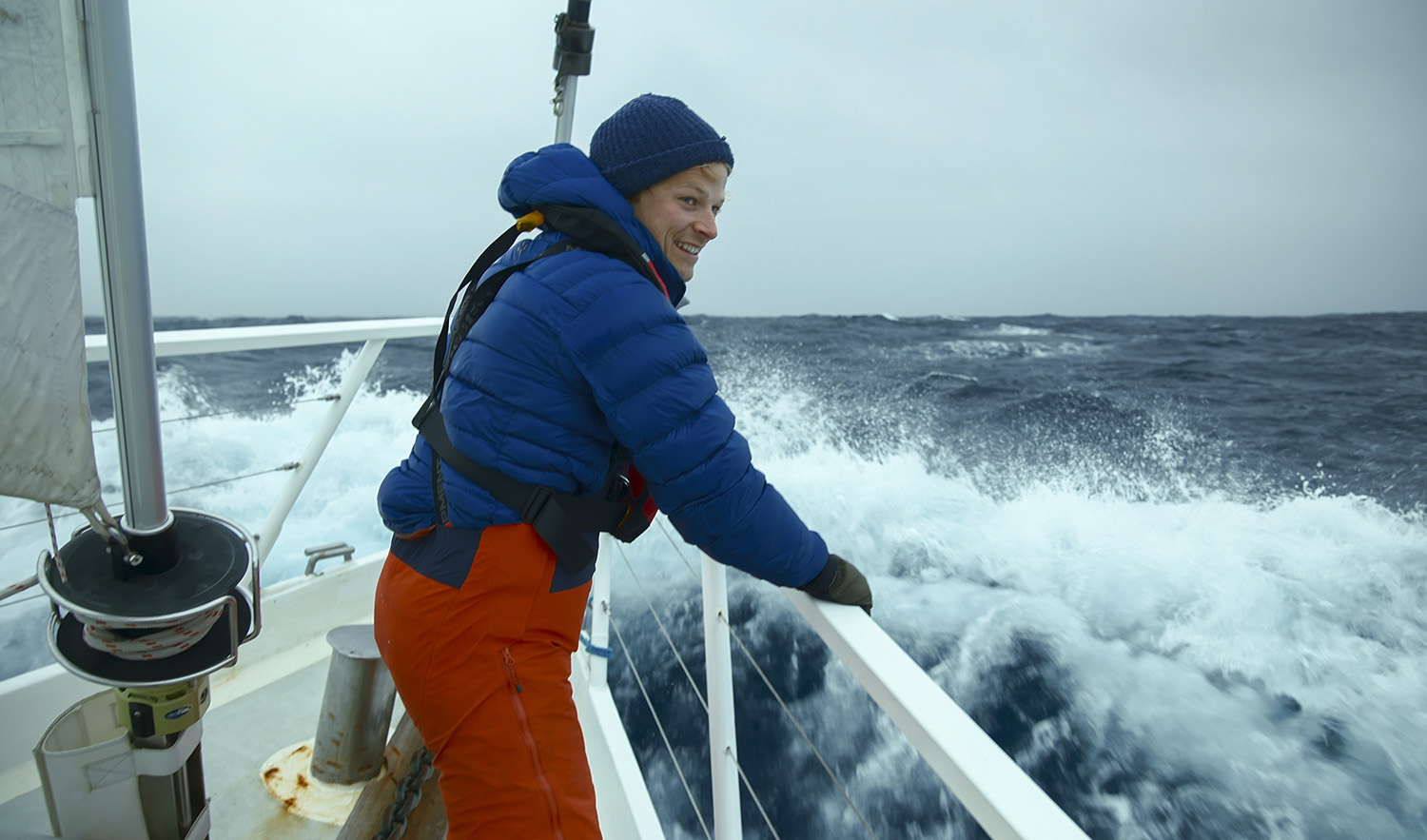
With his dedication to wildlife conservation and climate change awareness, Bertie Gregory exemplifies a filmmaker who not only captures stunning imagery but also uses his talents to advocate for a better and more sustainable world for all living beings.
As we concluded our interview, I couldn’t help but feel inspired by Bertie’s genuine passion for his craft and the natural world. His upcoming series promises to be an emotional and eye-opening journey, inviting viewers to experience the magic of the animal kingdom up close with a filmmaker who wears his heart on his sleeve. “Animals Up Close with Bertie Gregory” will be available on Disney+ starting September 13, 2023.
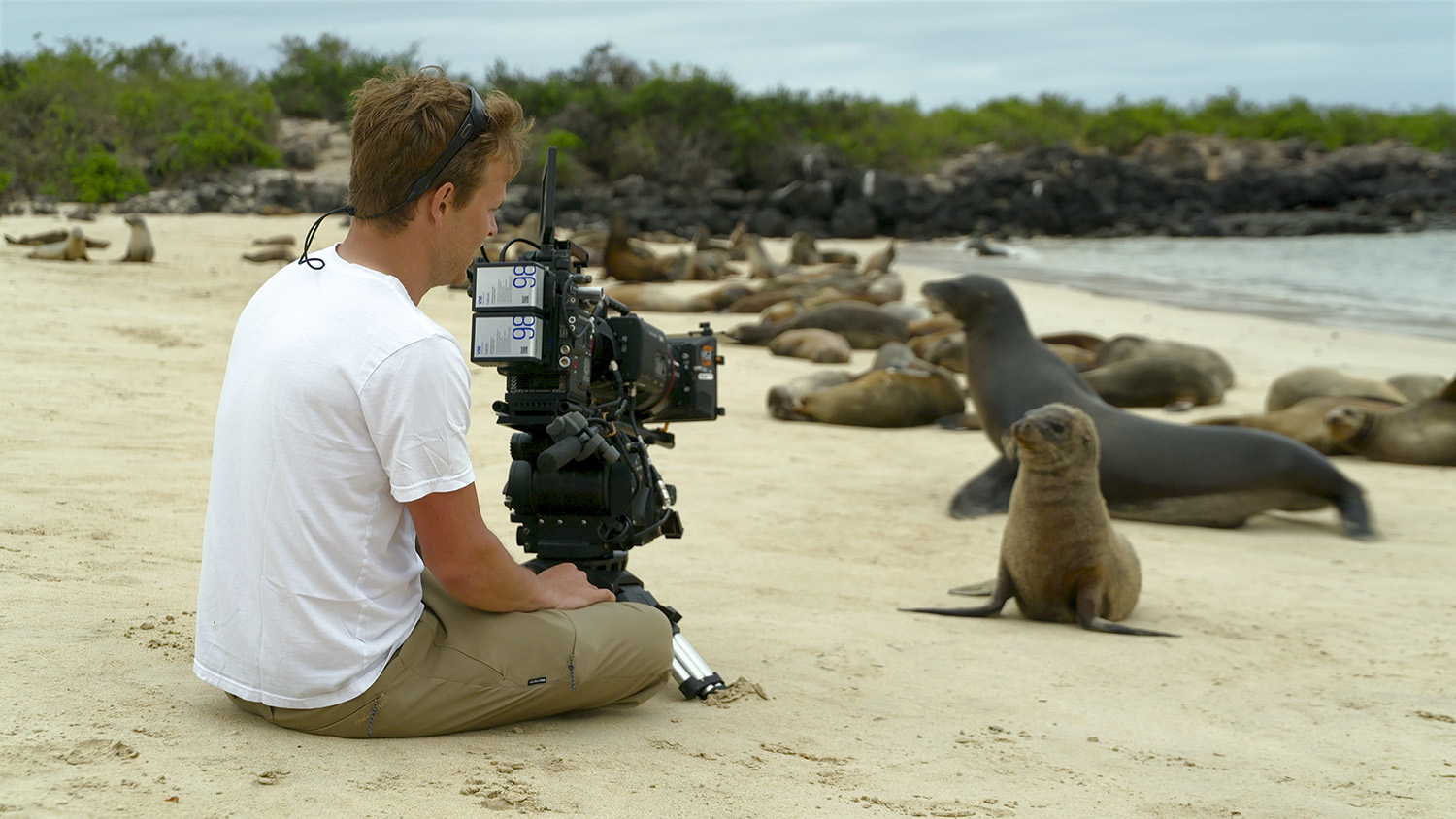
If you’re interested in contributing and supporting wildlife conservation efforts, you can visit the Kasanka Trust website at https://kasanka.com/wildlife-conservation/. Your involvement can make a meaningful difference in protecting and preserving the wonders of the natural world.
Behind the Scenes of “Animals Up Close with Bertie Gregory”
PATAGONIA PUMA
Venturing into the untamed wilderness of Patagonia in southern Chile, Bertie sets out on a remarkable journey to find and document a female Puma he encountered four years prior, during her early days as a cub. His relentless pursuit pays off as he finally reunites with her, now a fierce mother with two adorable cubs under her care. Amidst the challenges of the harsh mountain landscape, Bertie witnesses the incredible dedication of the Puma as she strives to provide and protect her young against the numerous dangers that lurk in their surroundings.
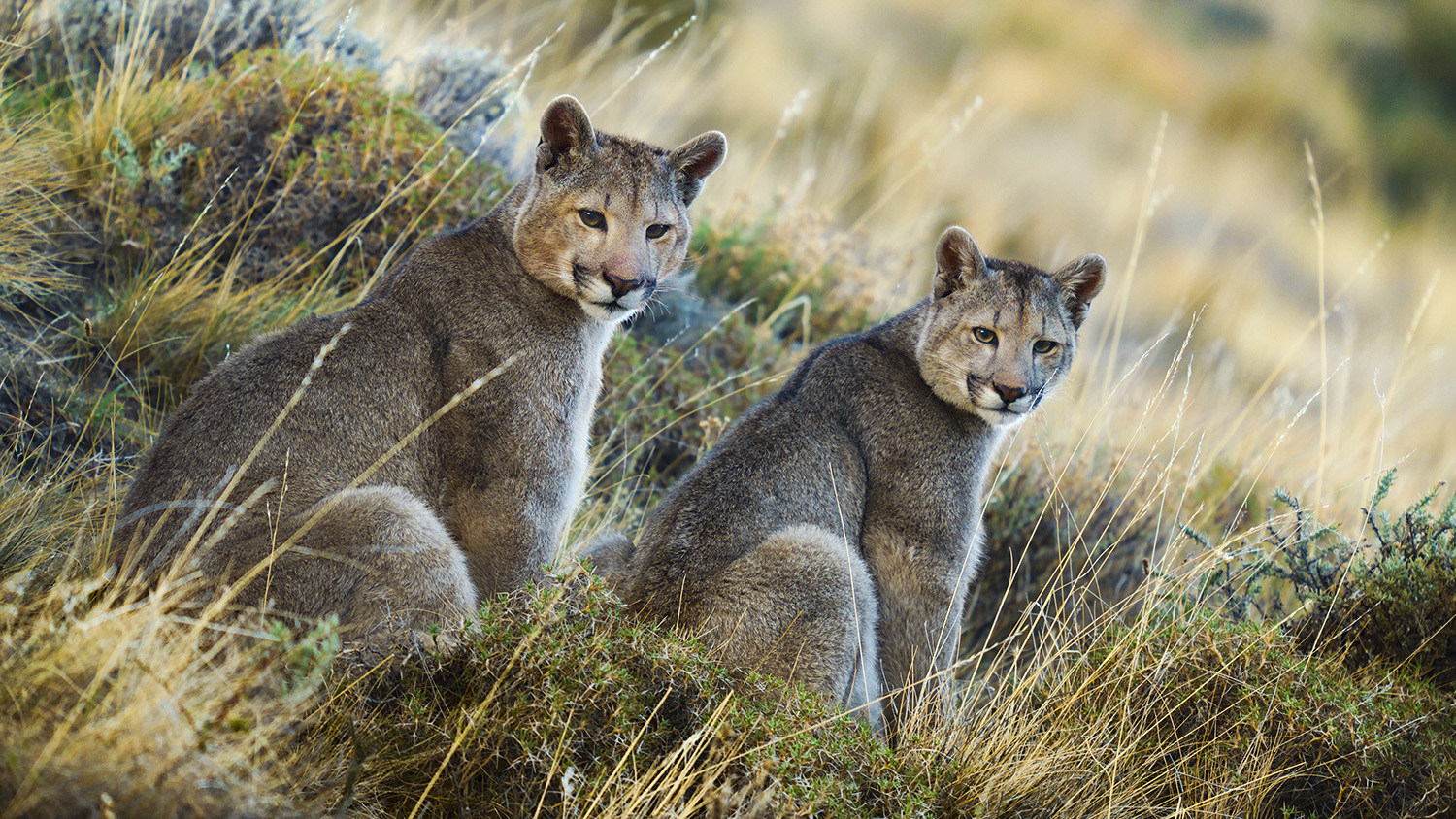
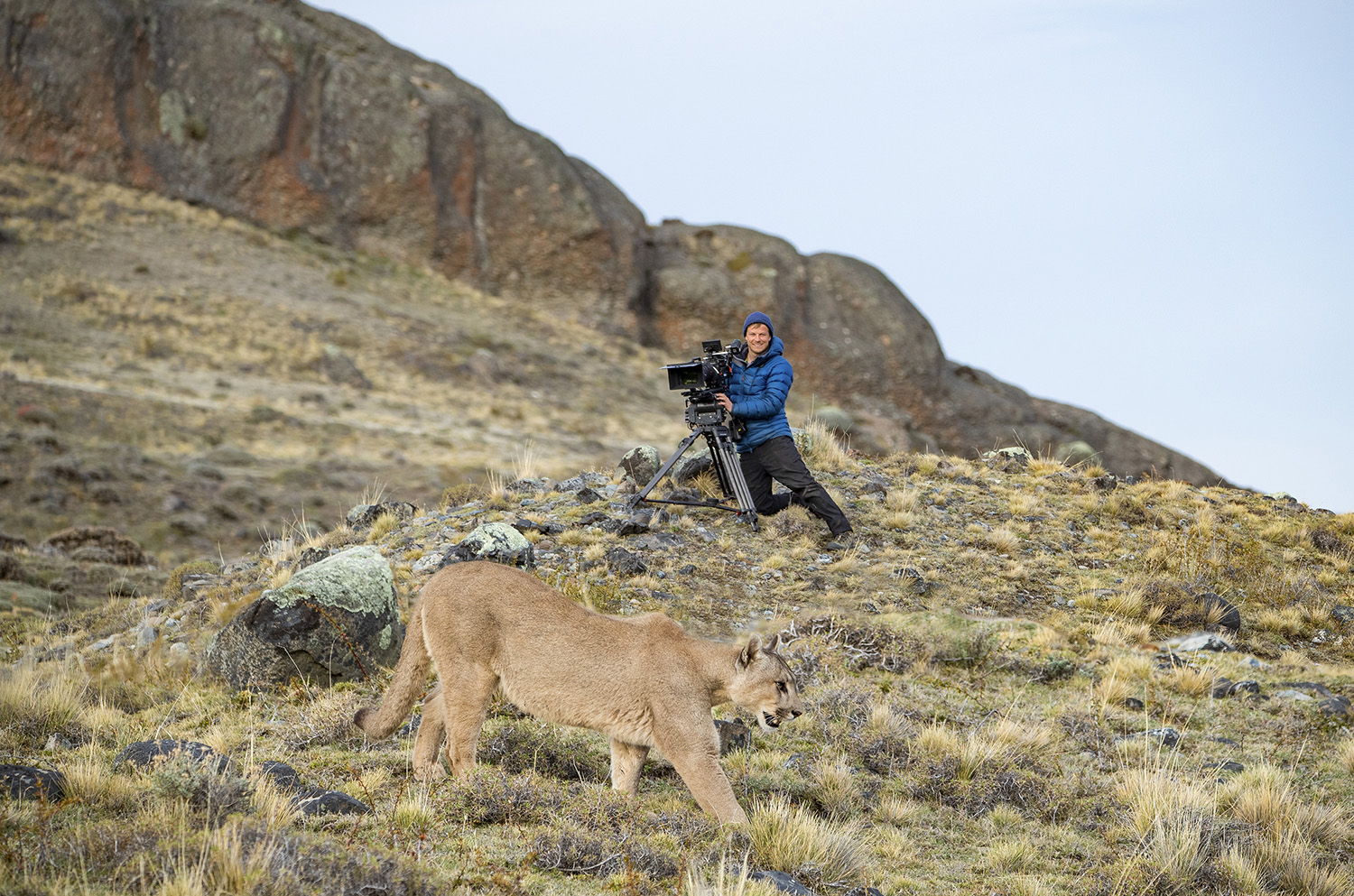
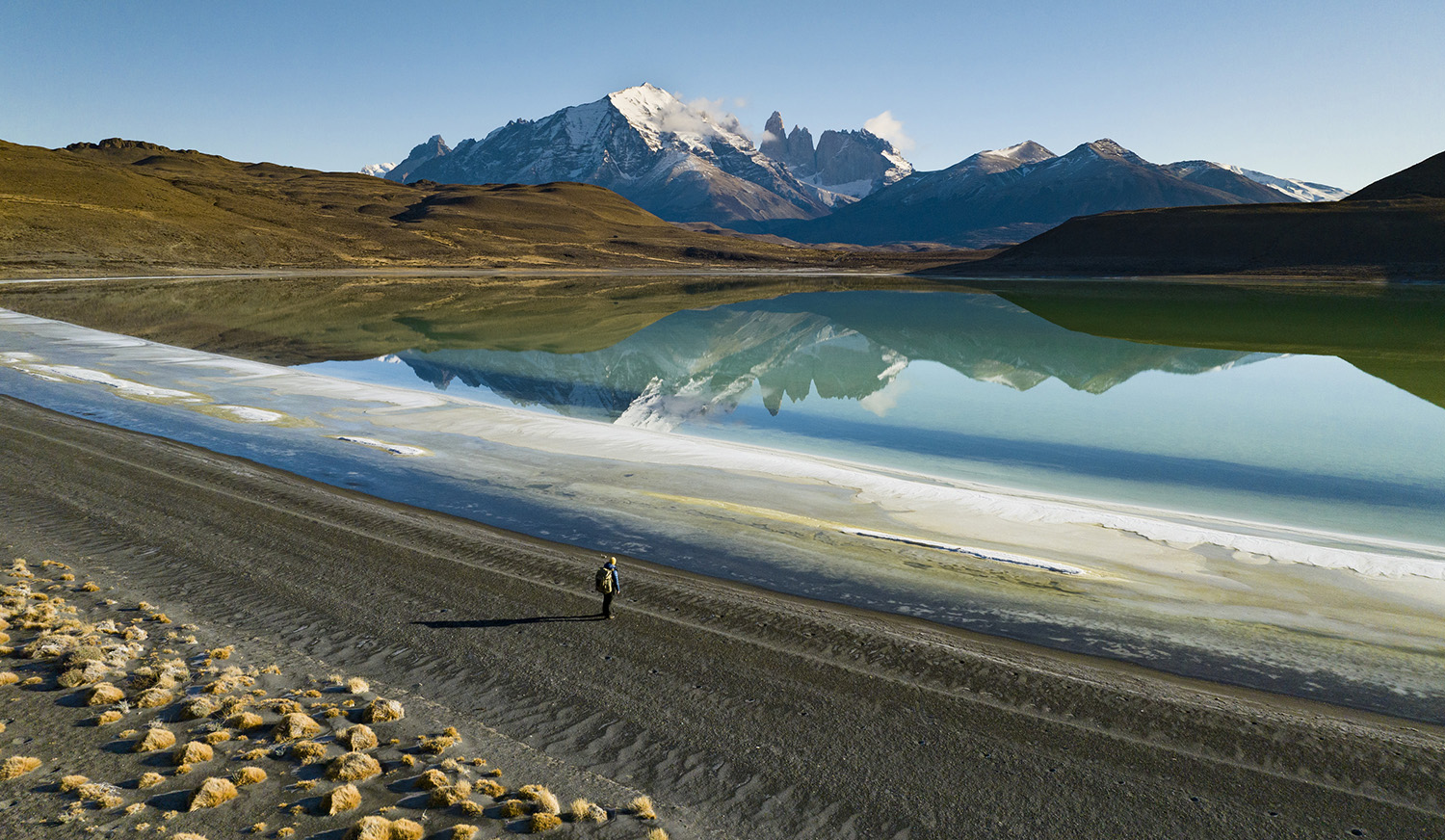
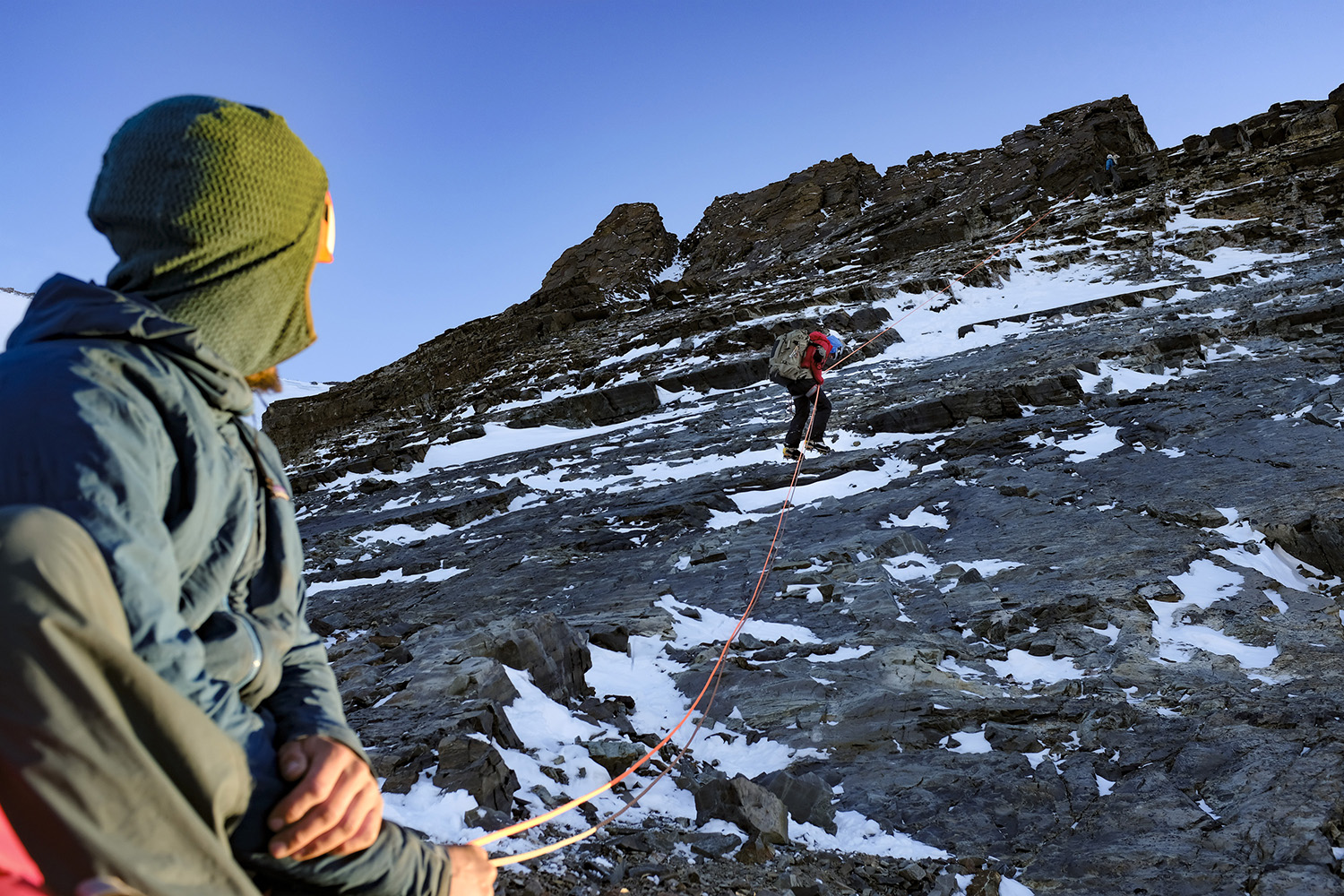
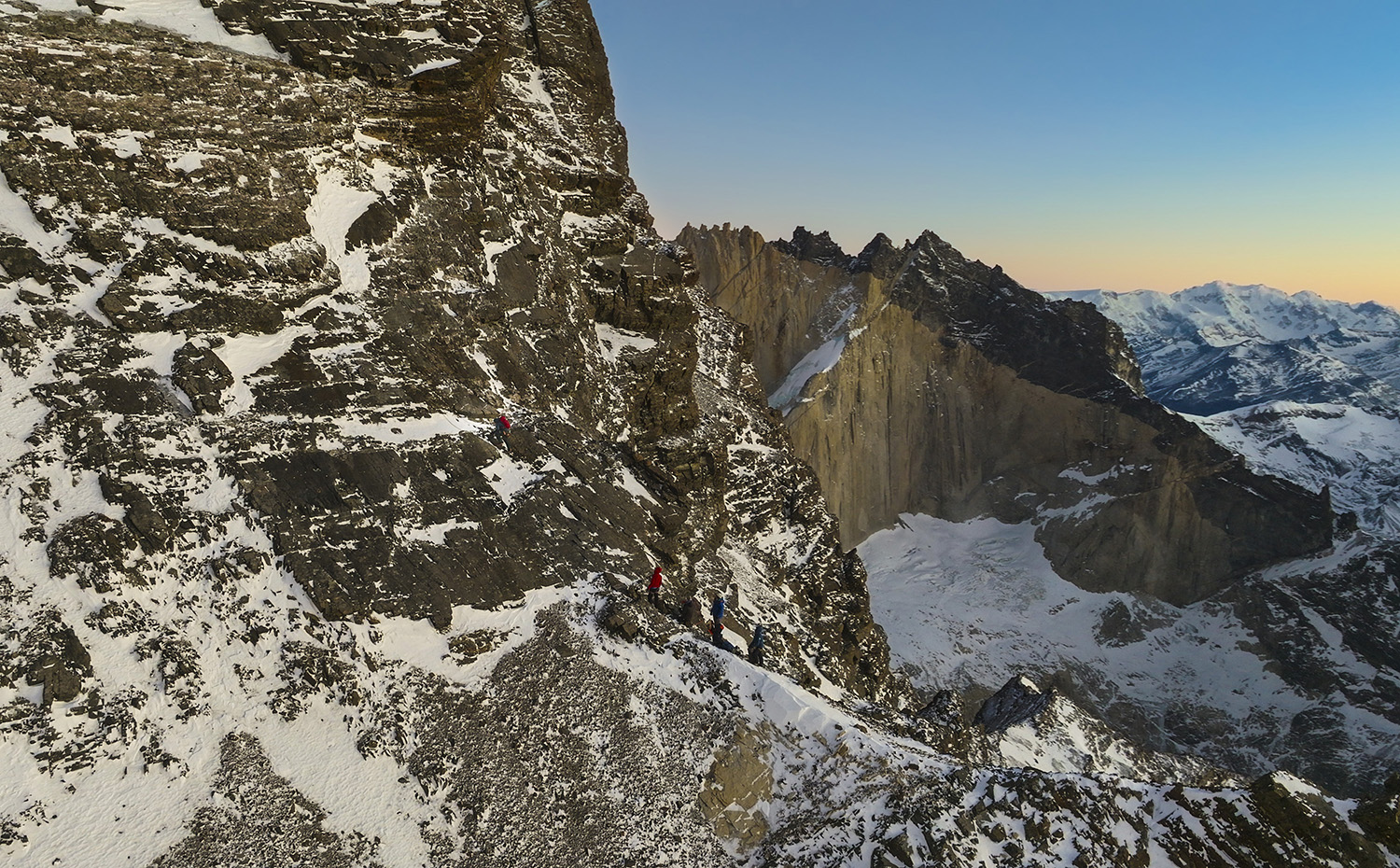
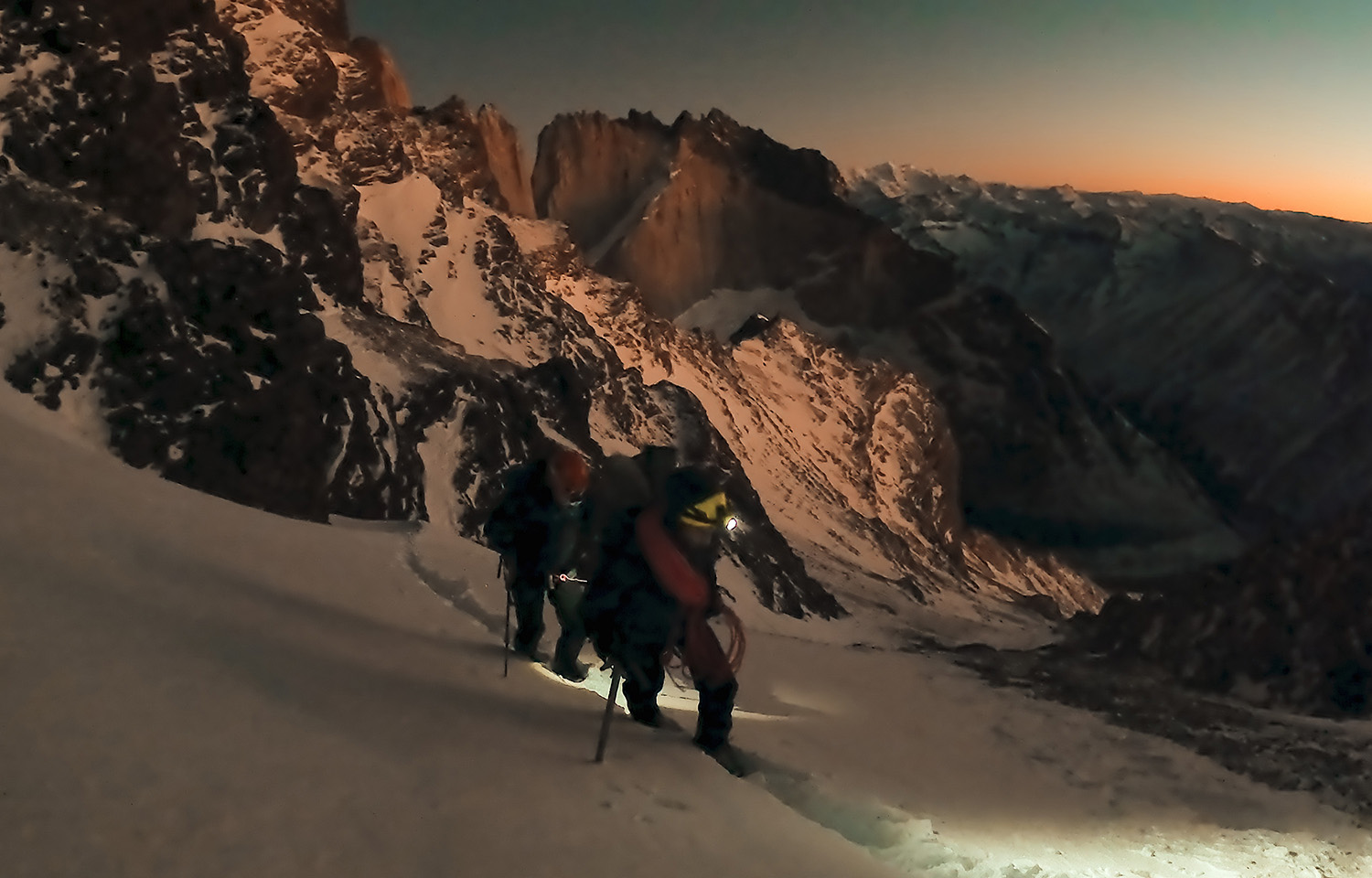
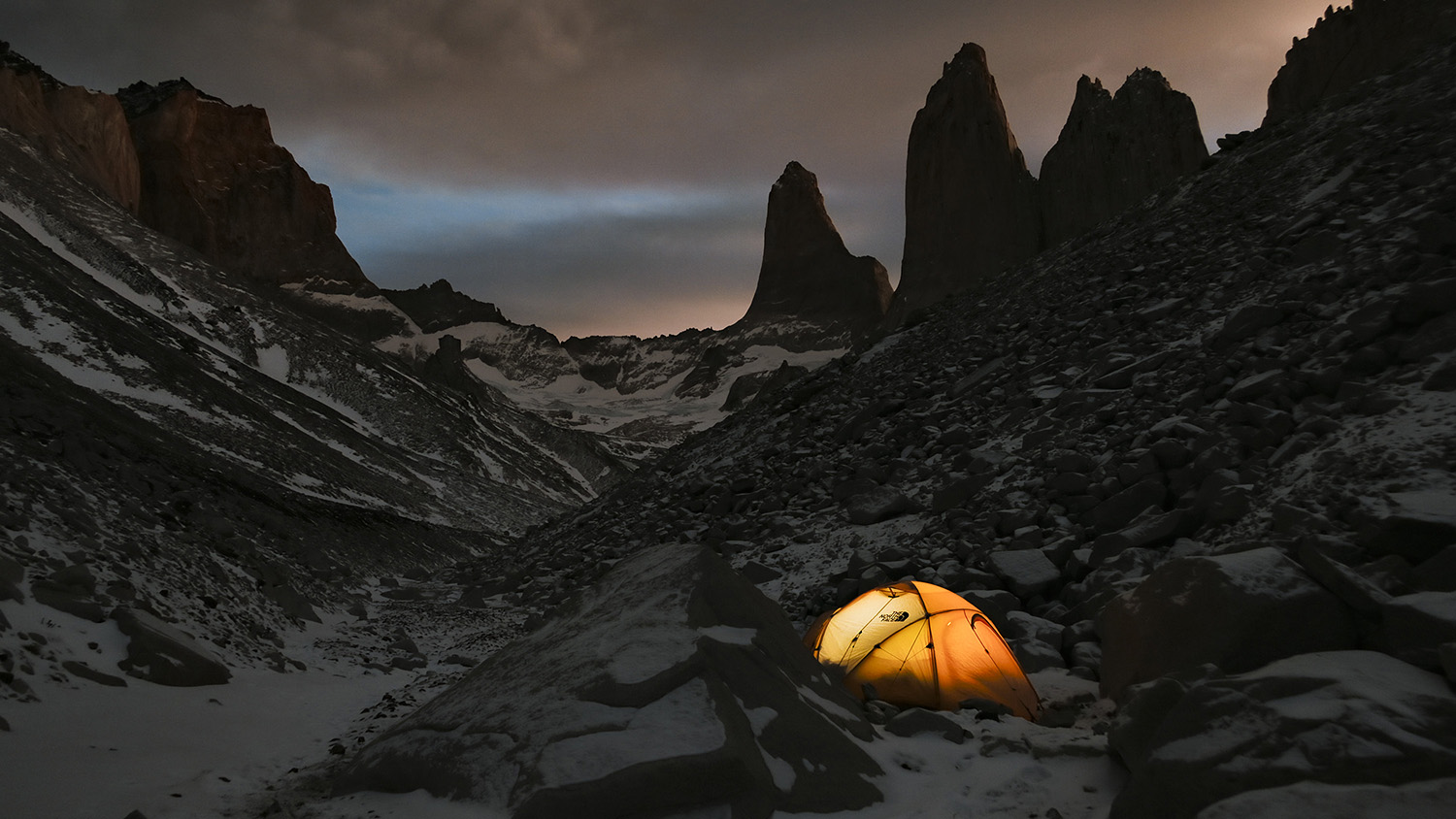
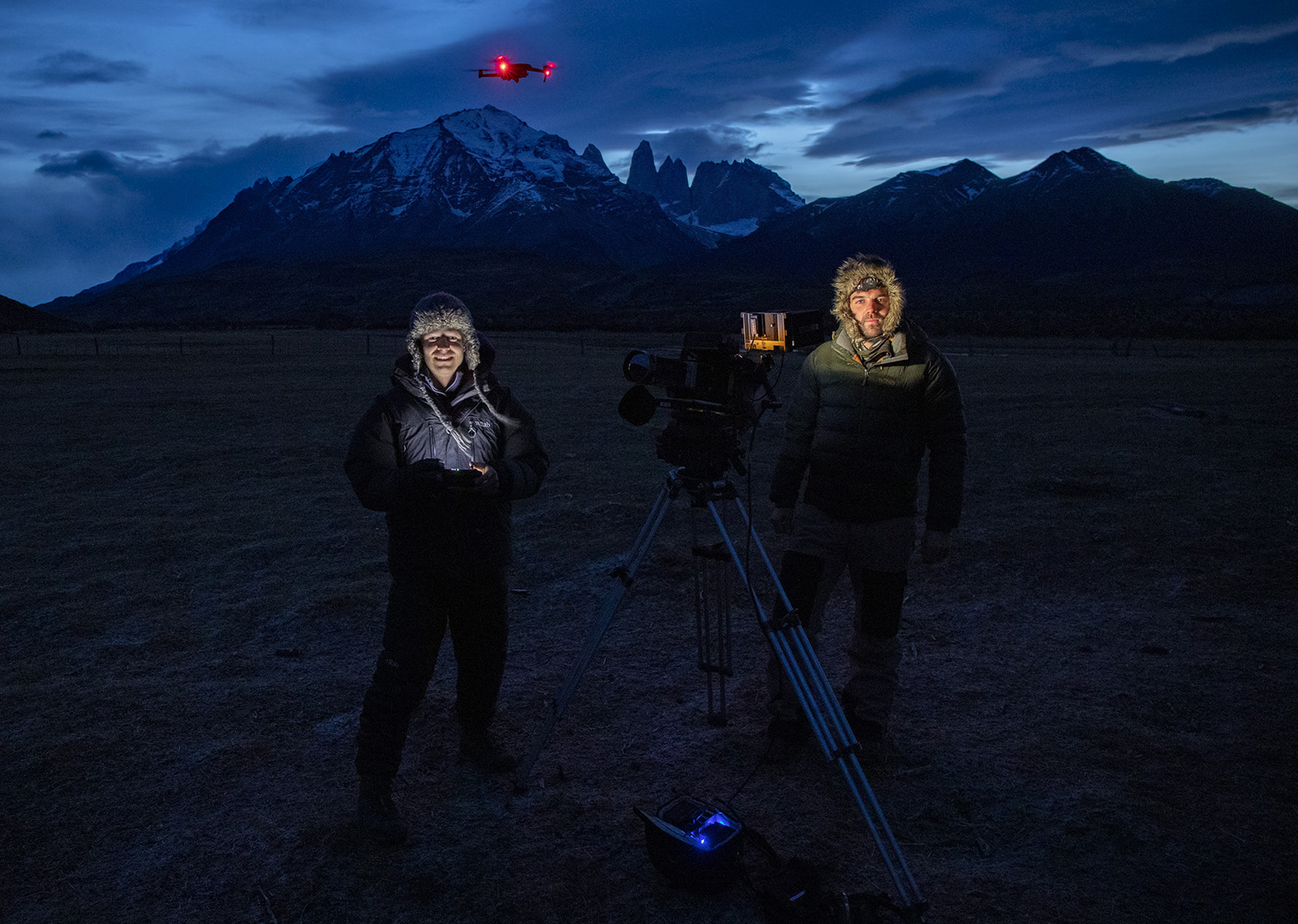
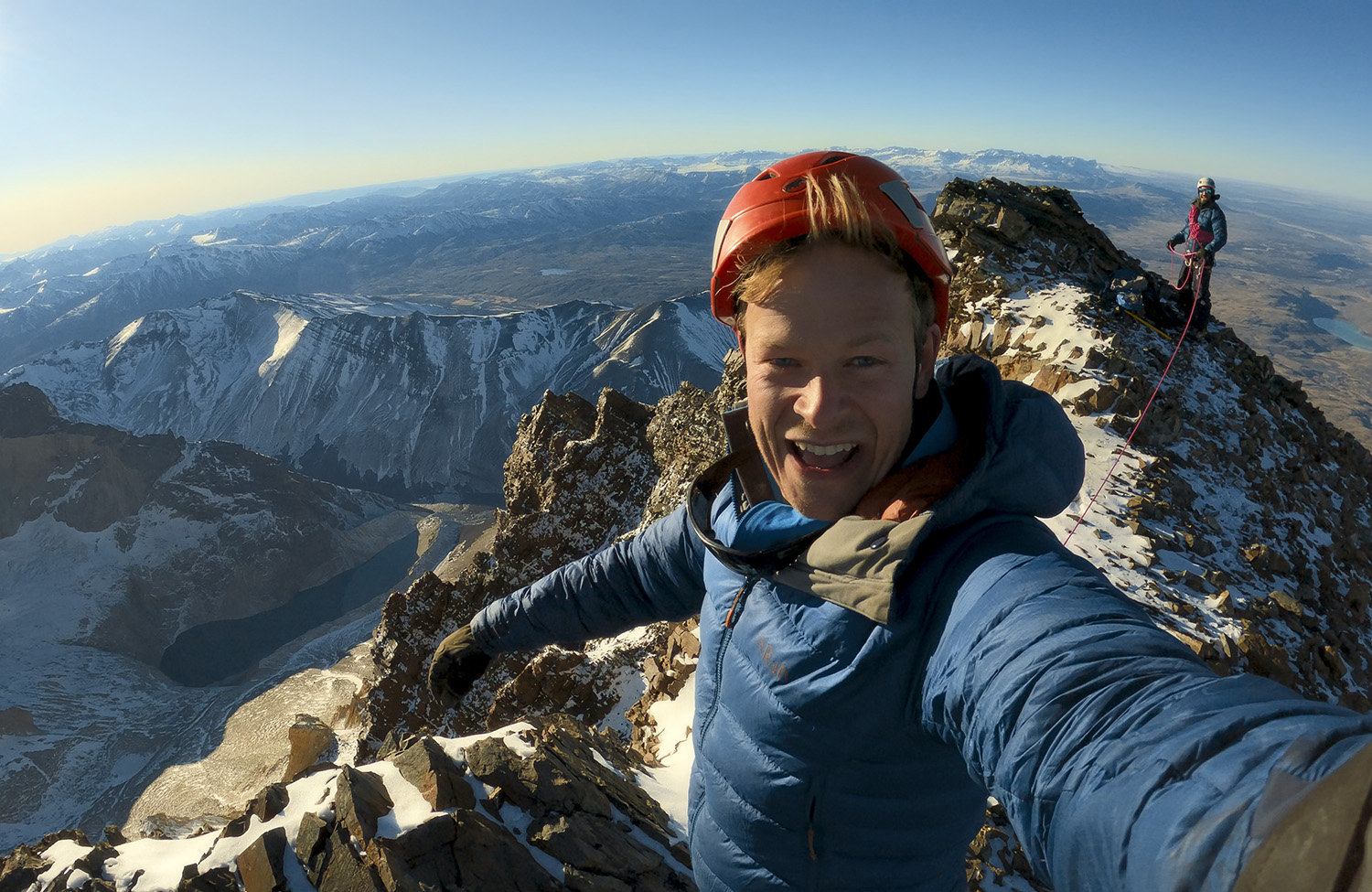
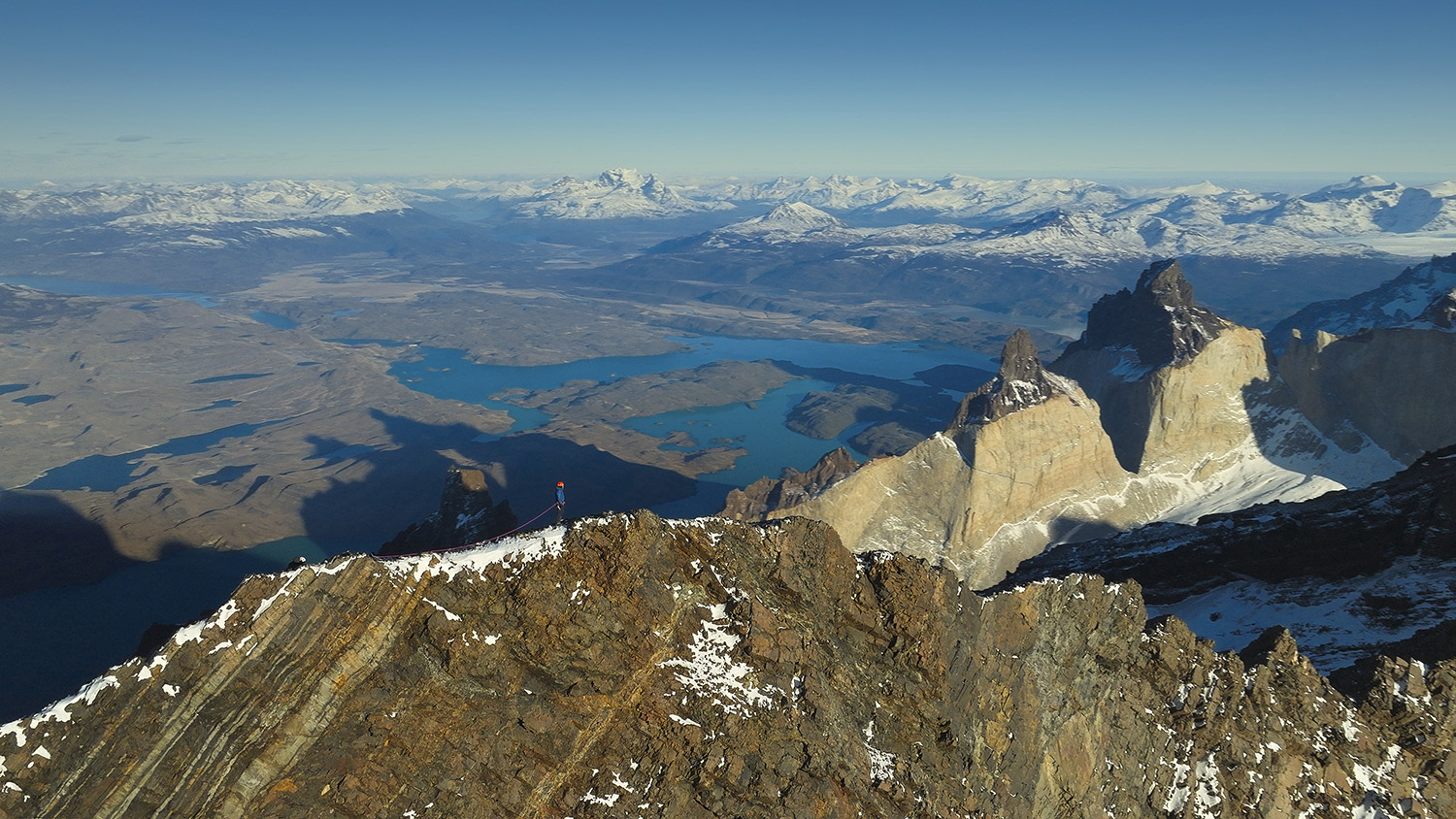
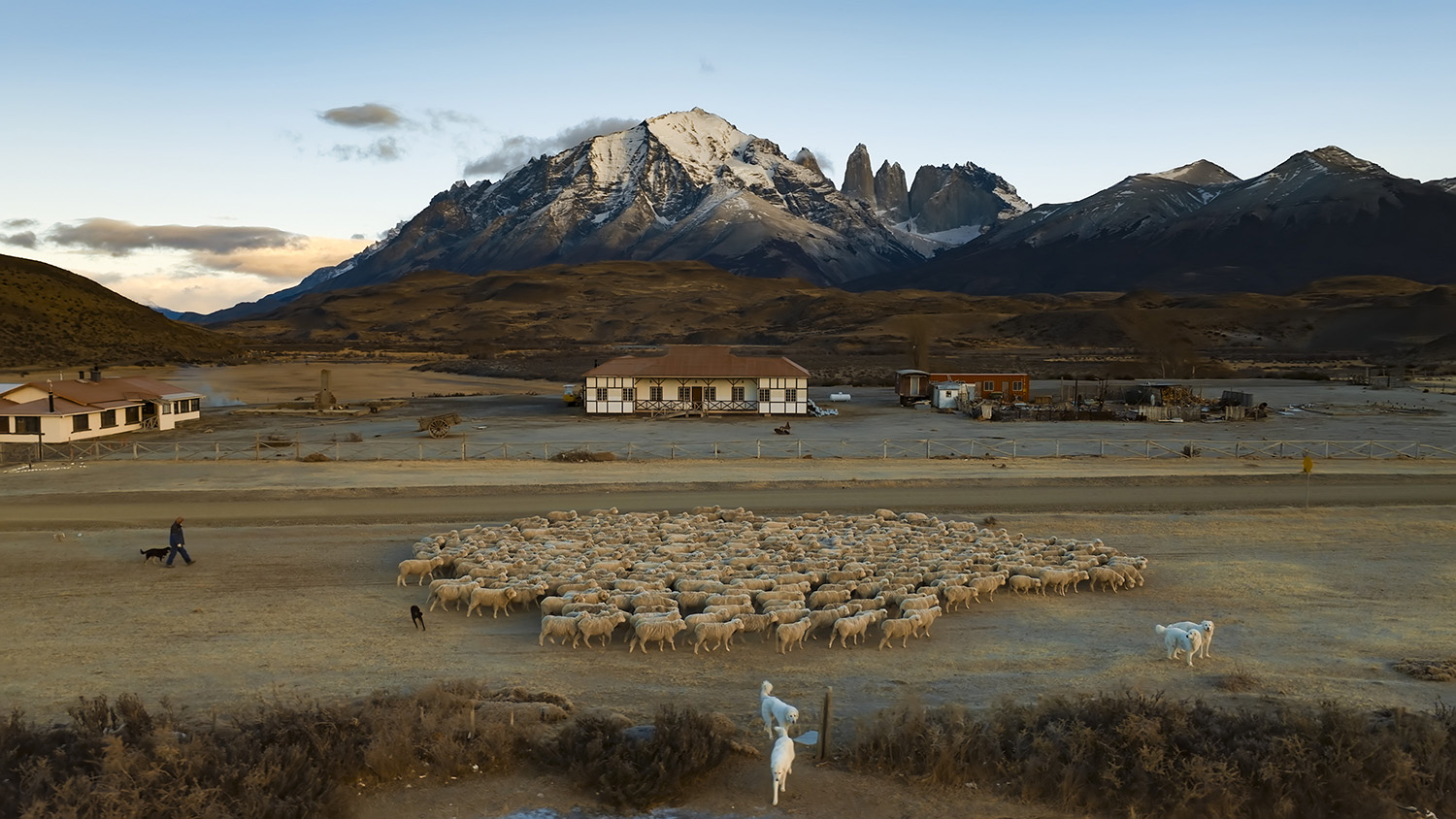
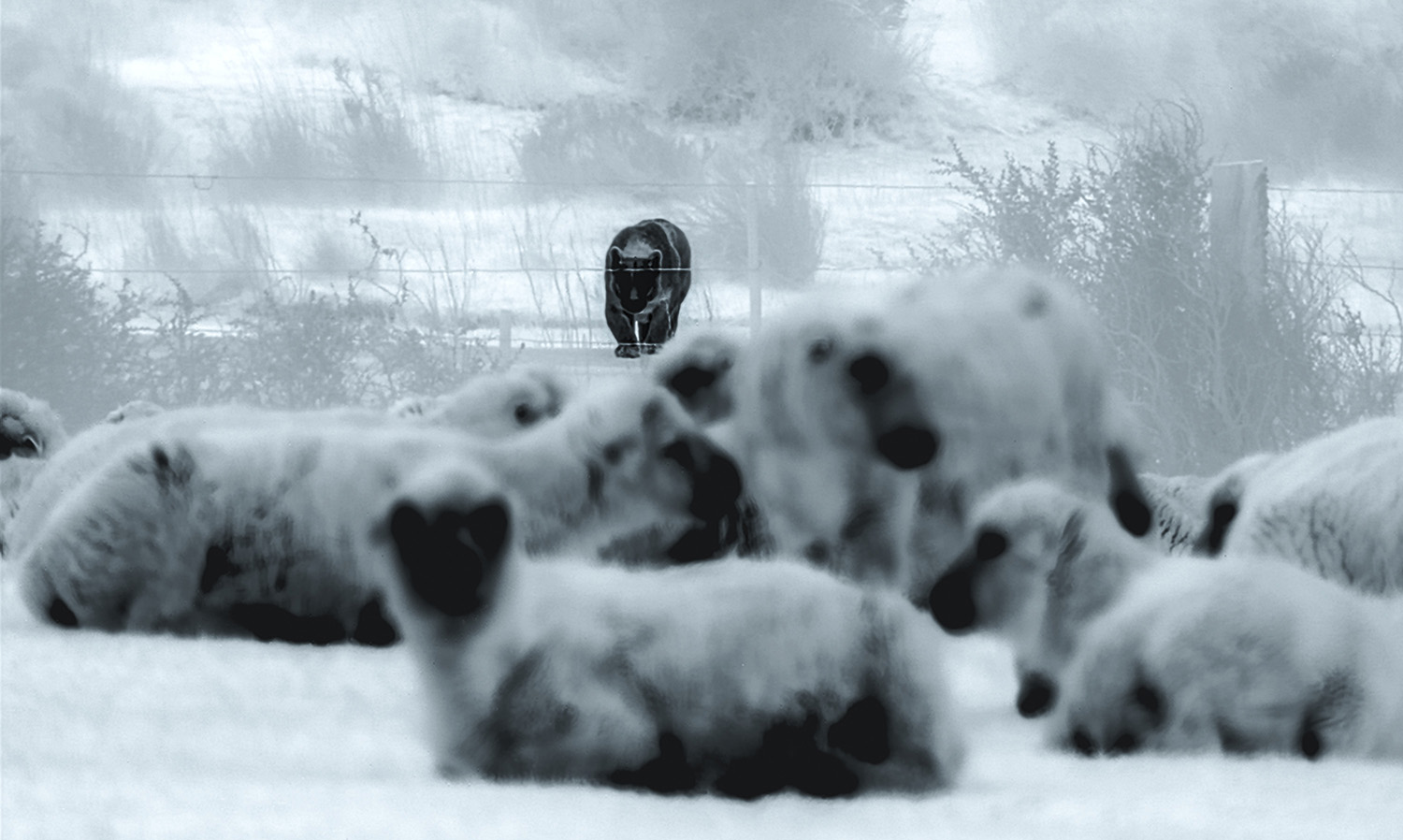
ELEPHANT QUEST
In the remote and verdant jungles of the Central African Republic, Bertie embarks on an enthralling stakeout, determined to uncover the secrets of the forest’s grandest and most secretive inhabitants: the magnificent tuskers. These awe-inspiring male elephants bear tusks that gracefully sweep down to the floor, evoking a sense of wonder and reverence. Working alongside a team of expert camera operators and skilled local elephant trackers, Bertie establishes a strategic filming headquarters nestled high in the canopy of the rainforest. From this vantage point, he prepares to capture the captivating world of these majestic creatures, delving into their mysteries and offering a glimpse of their extraordinary lives.
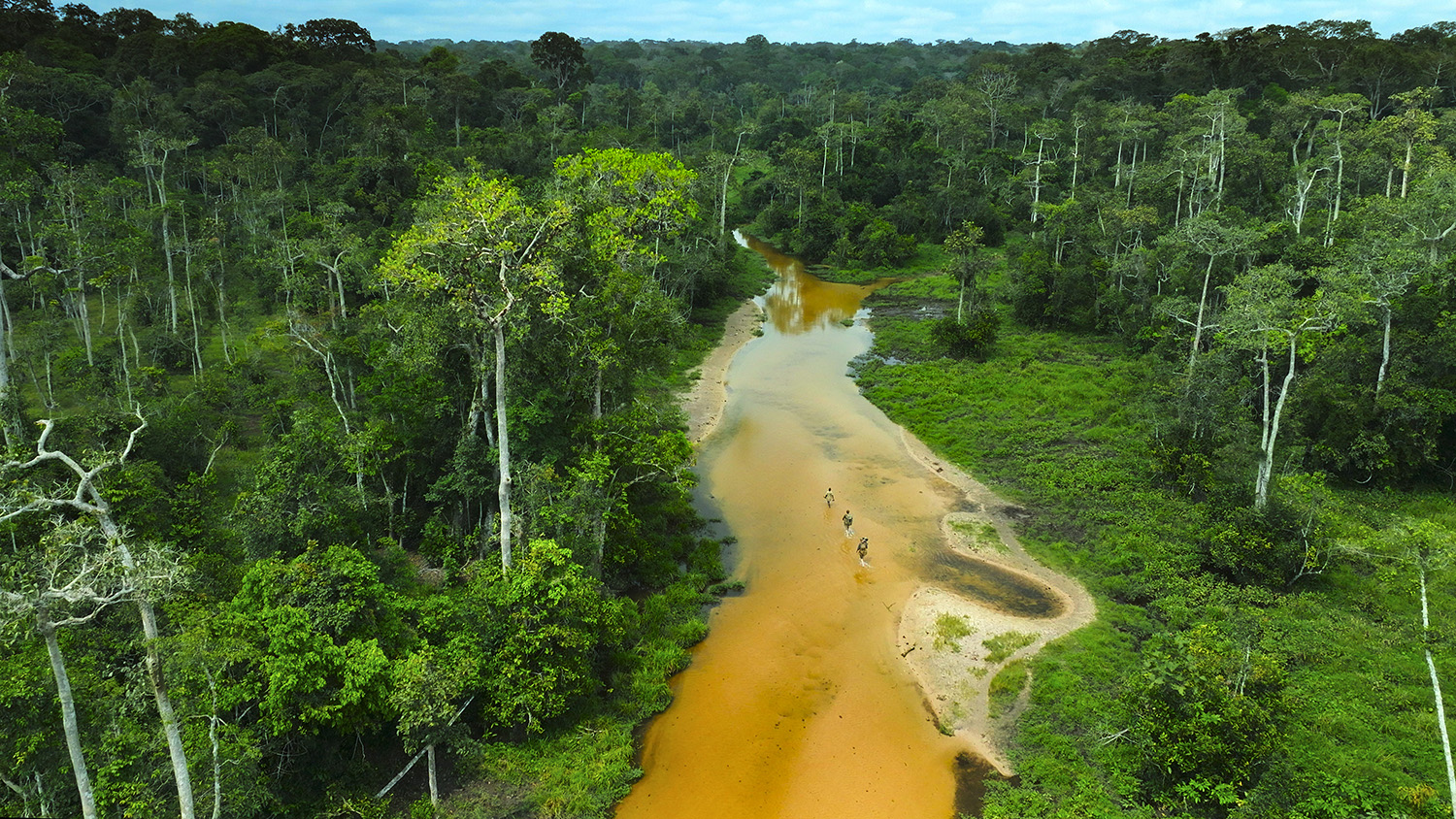
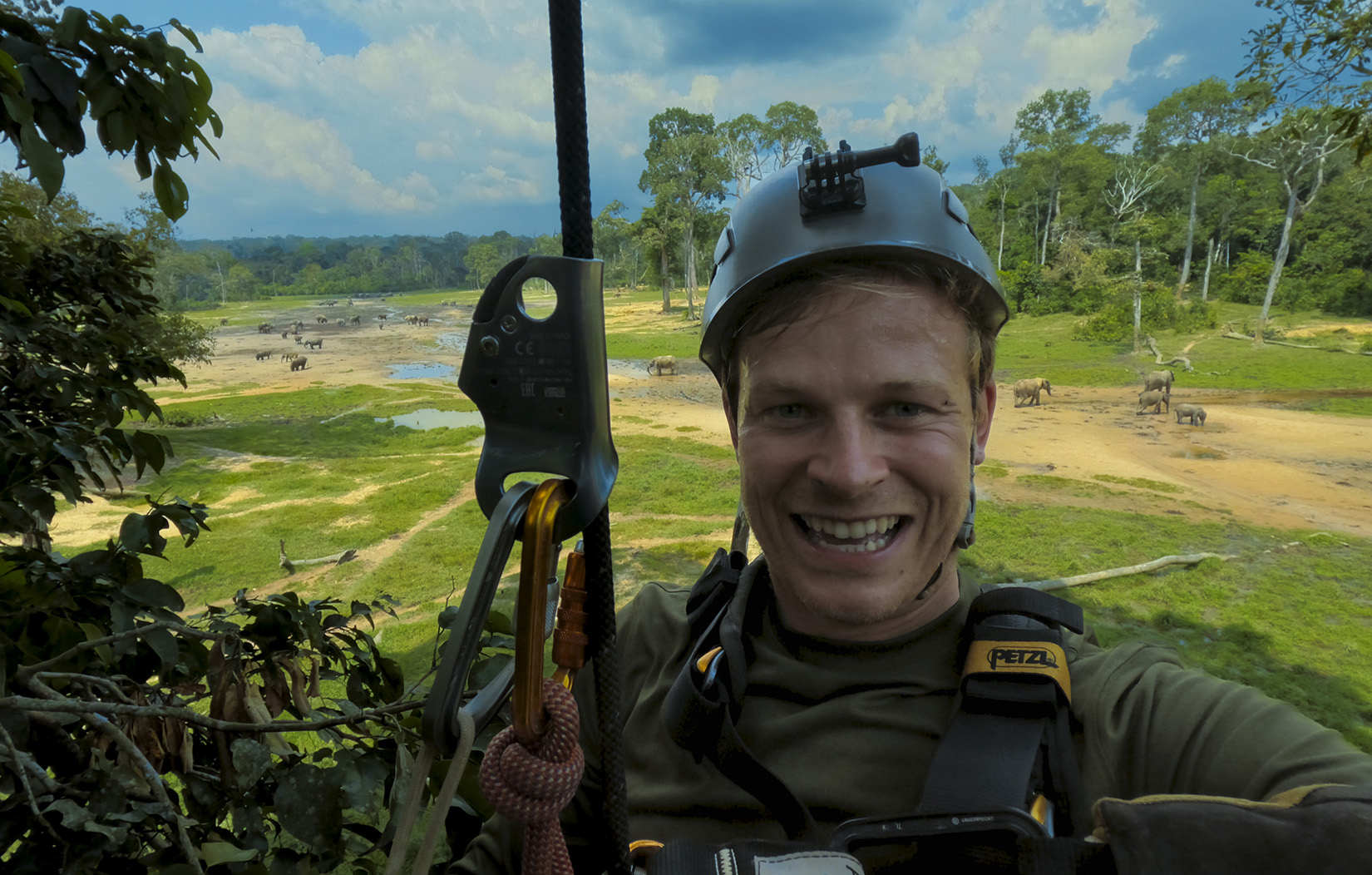
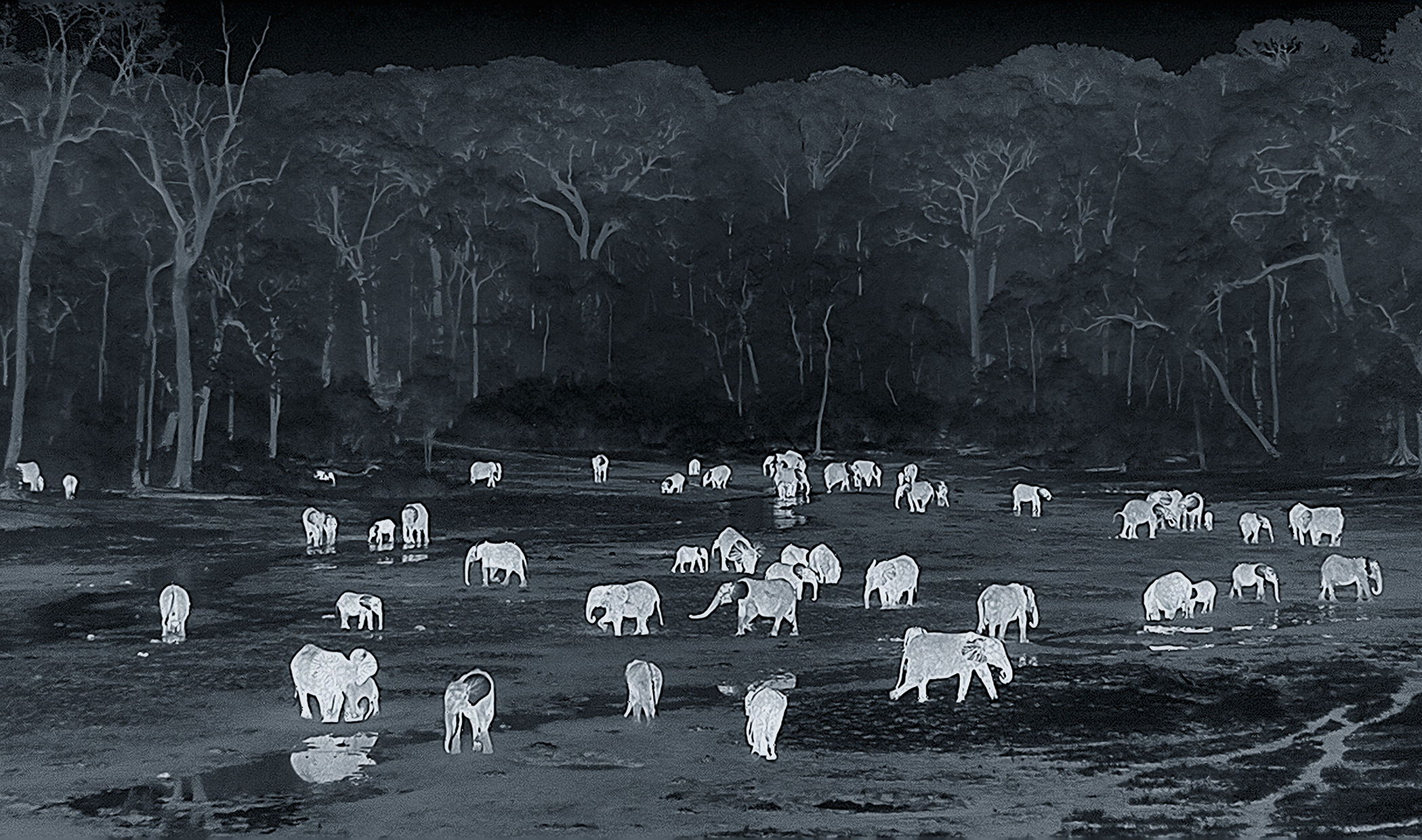
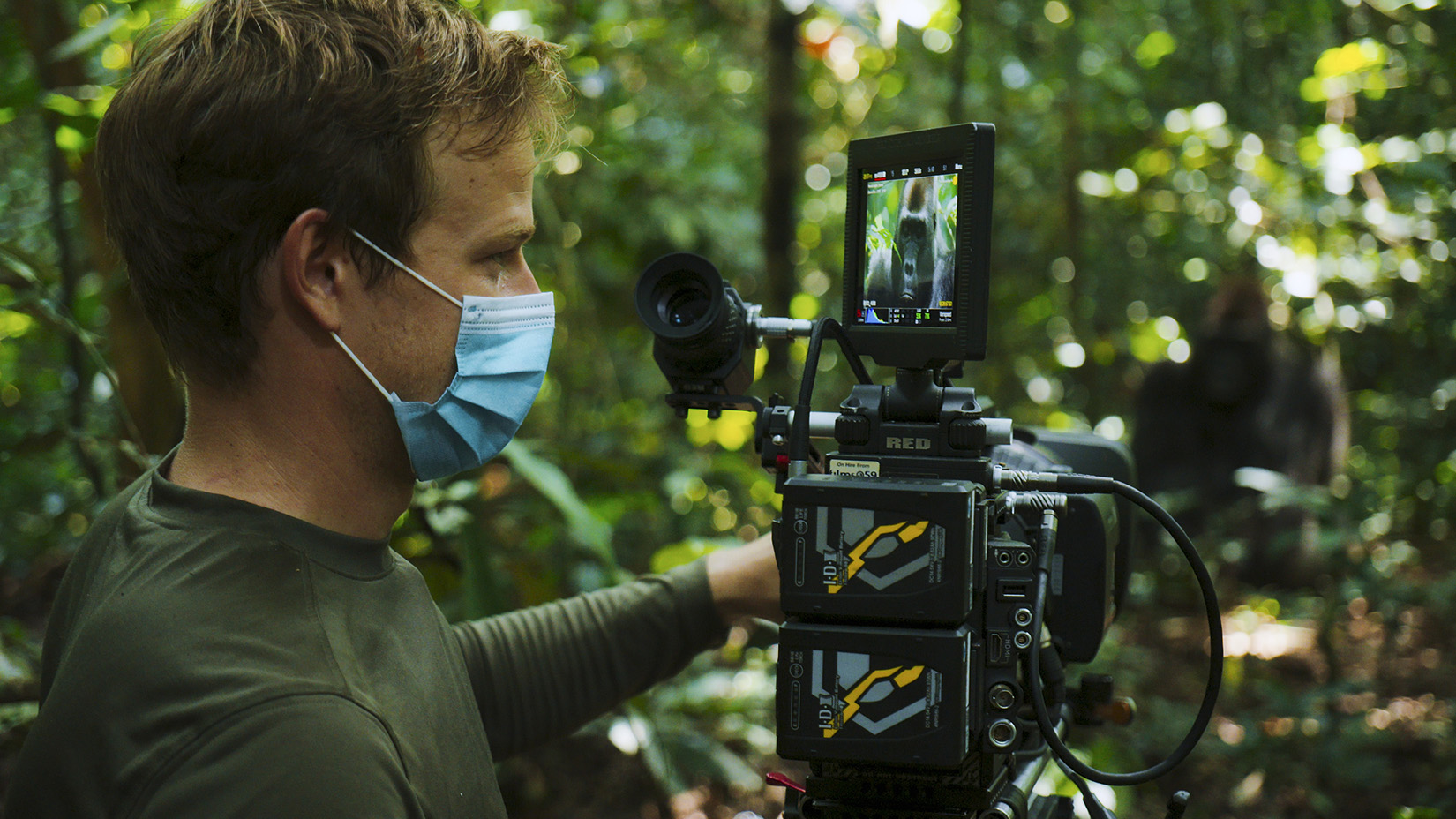
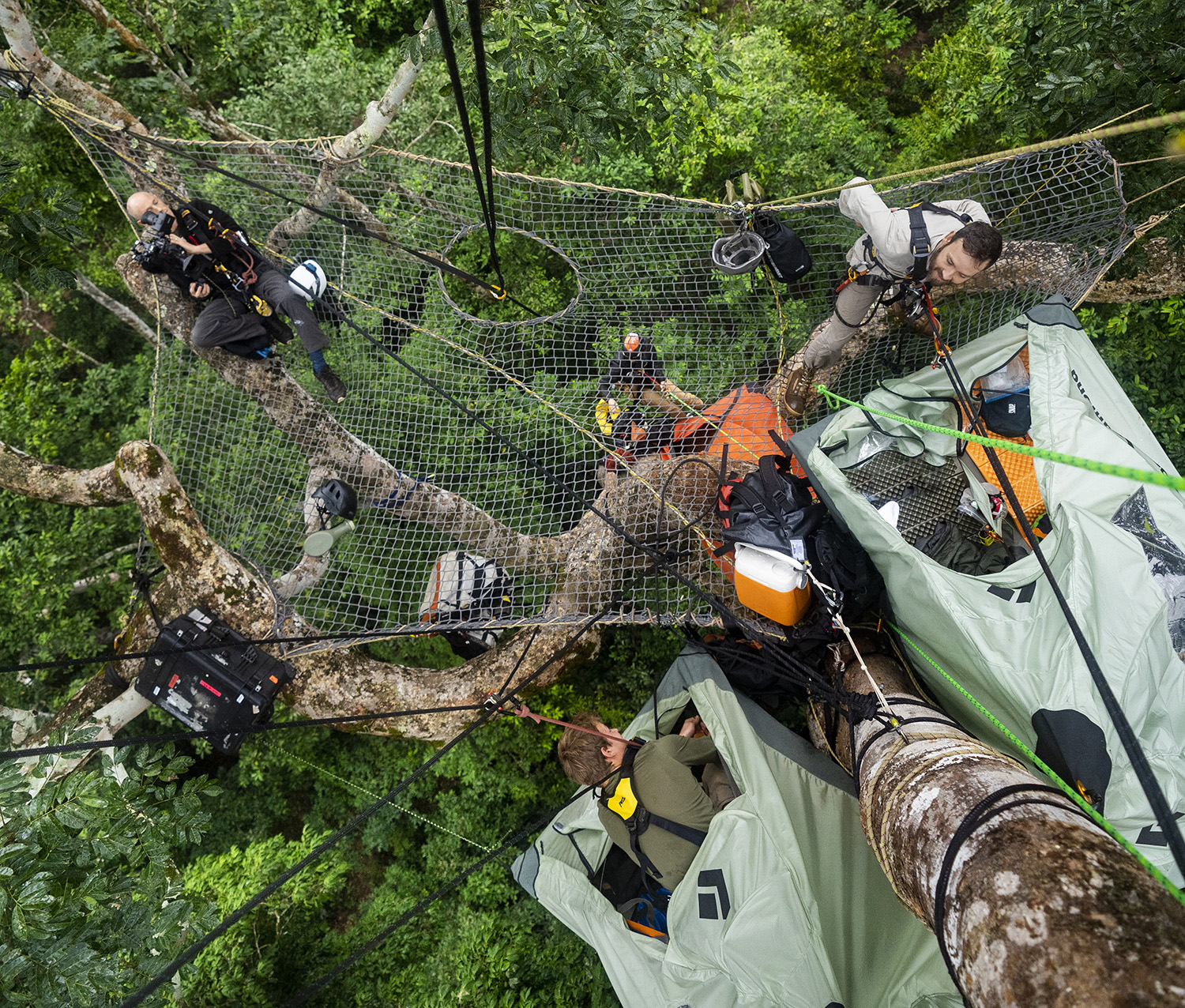
GALAPAGOS MARVELS
With unwavering determination, Bertie embarks on a courageous odyssey to the far-flung Galapagos islands, propelled by the quest to capture three exceedingly rare animal behaviors found nowhere else on our planet. Each pursuit presents formidable challenges: confronting towering Pacific waves, braving shark-filled waters, and matching the incredible speed of hunting sea lions along the rugged Galapagos coastline. Undeterred by the obstacles, Bertie delves into the essence of these exceptional creatures, seeking to comprehend their unparalleled strategies for survival in an ever-changing world.
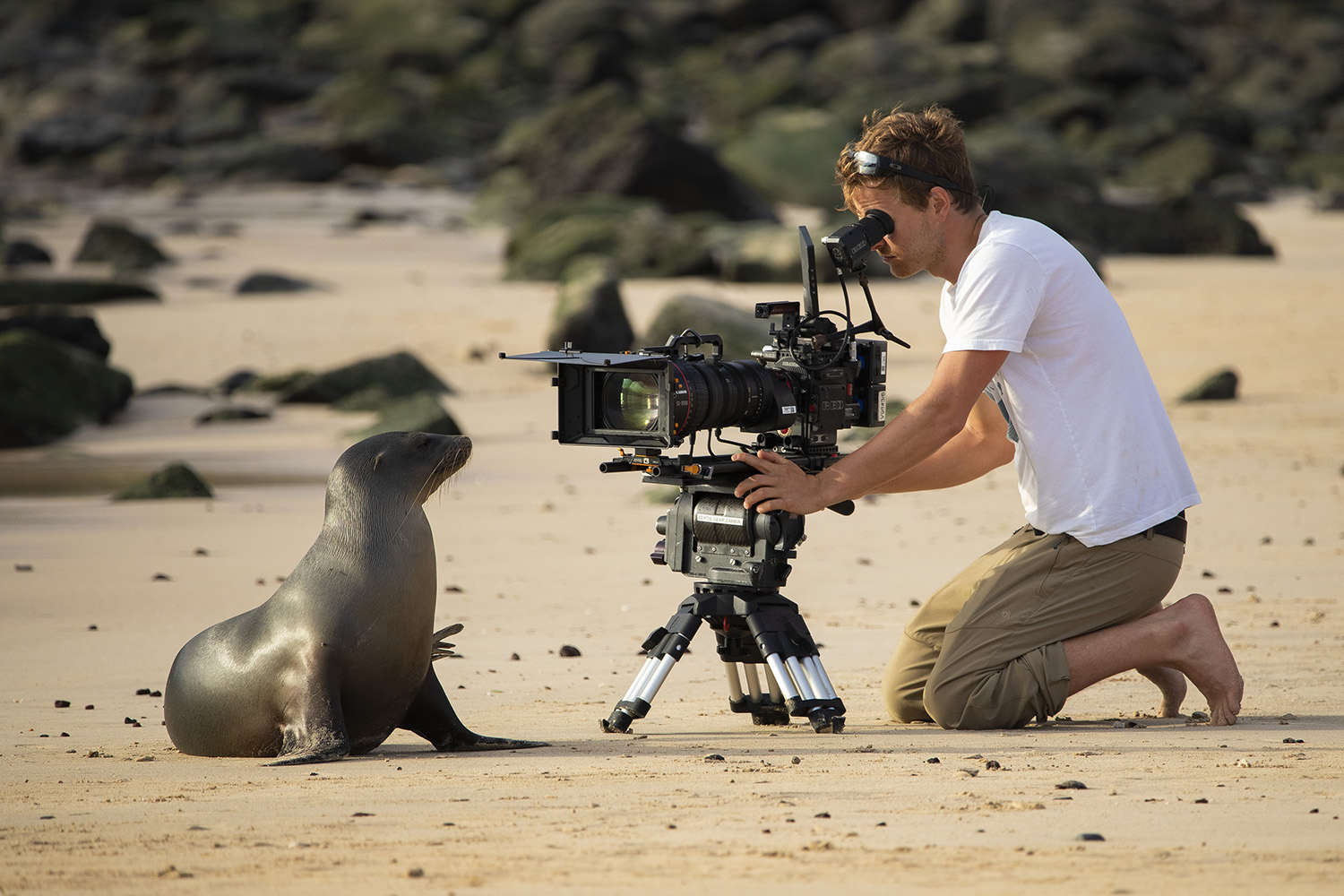
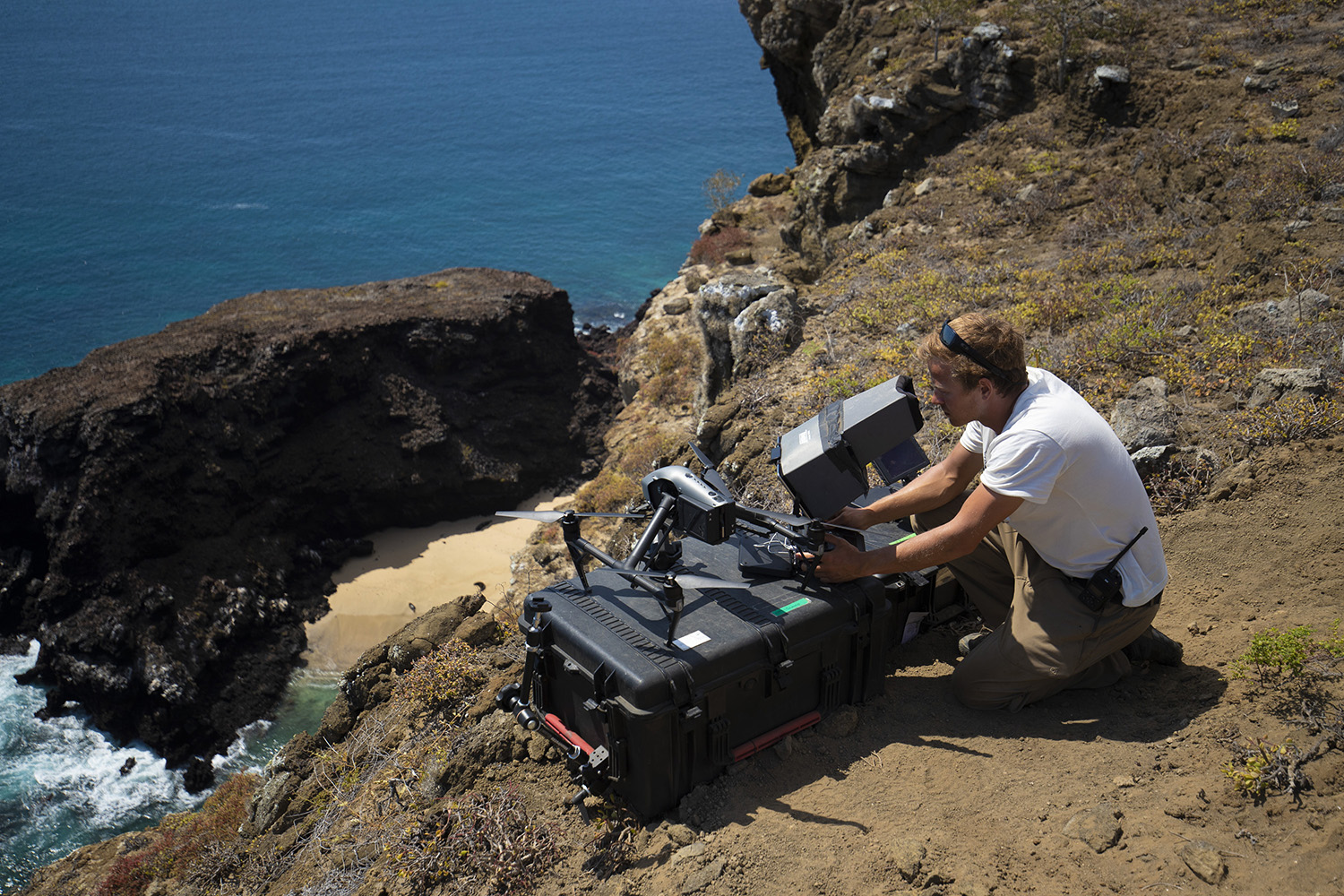
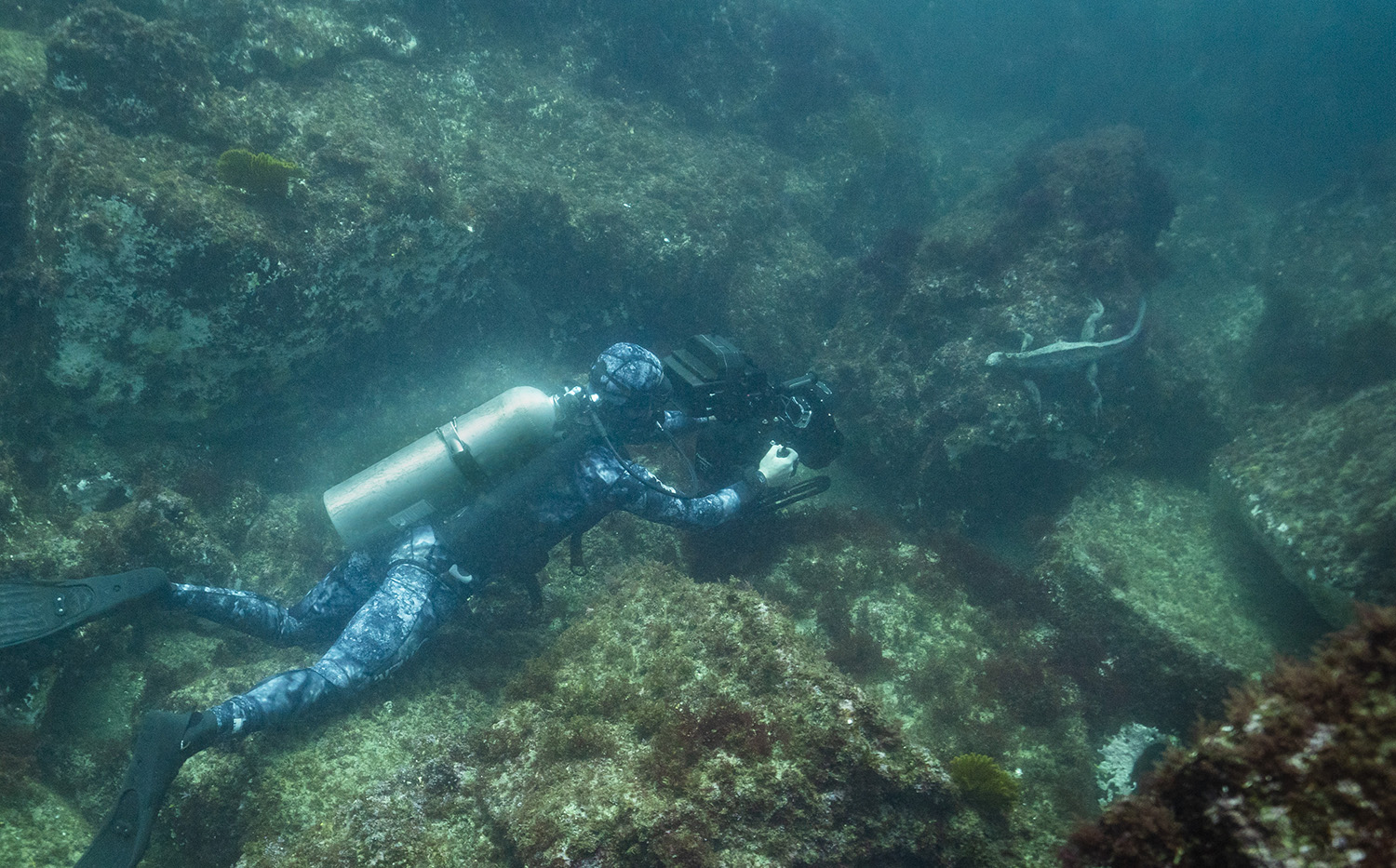
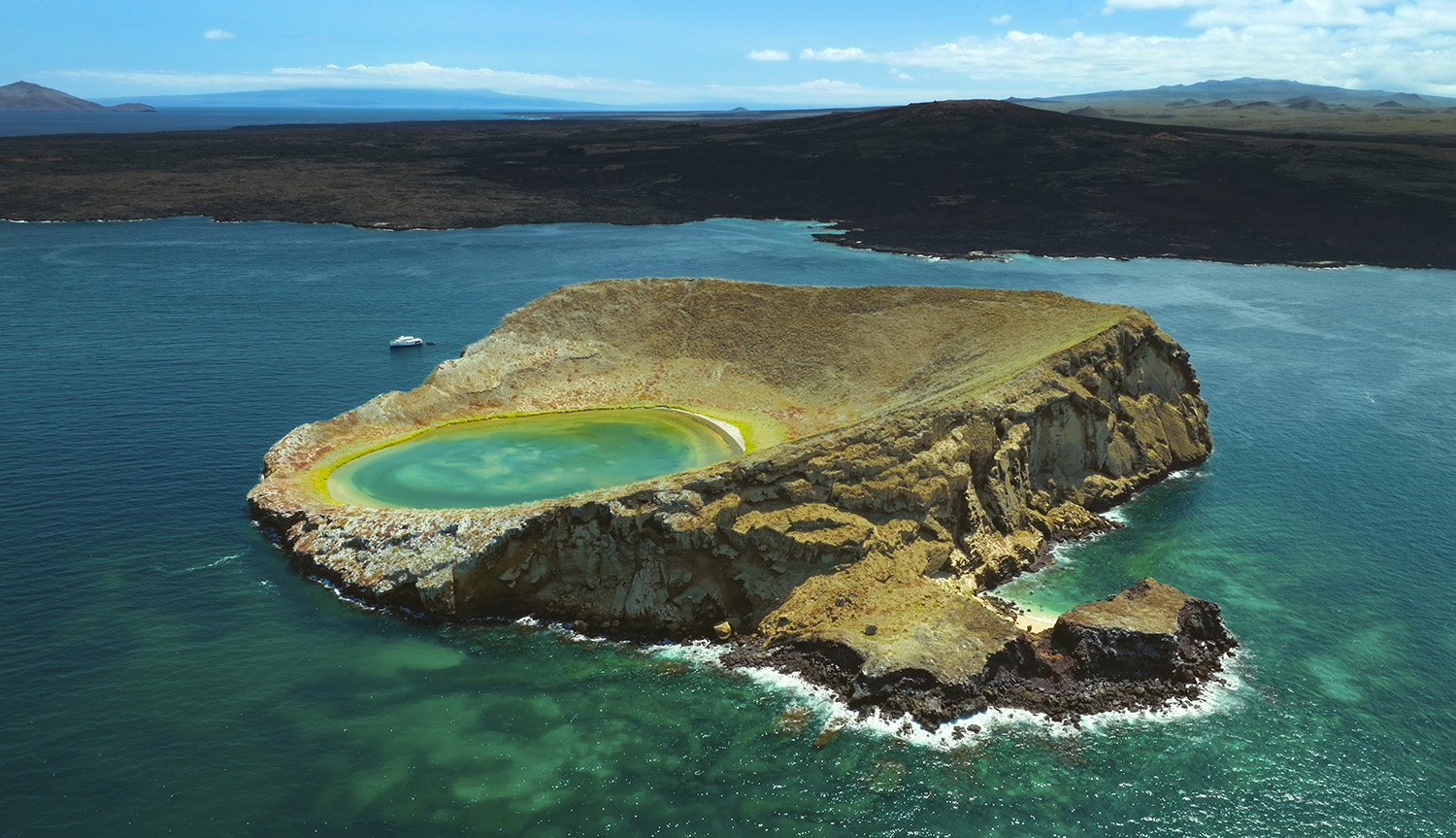
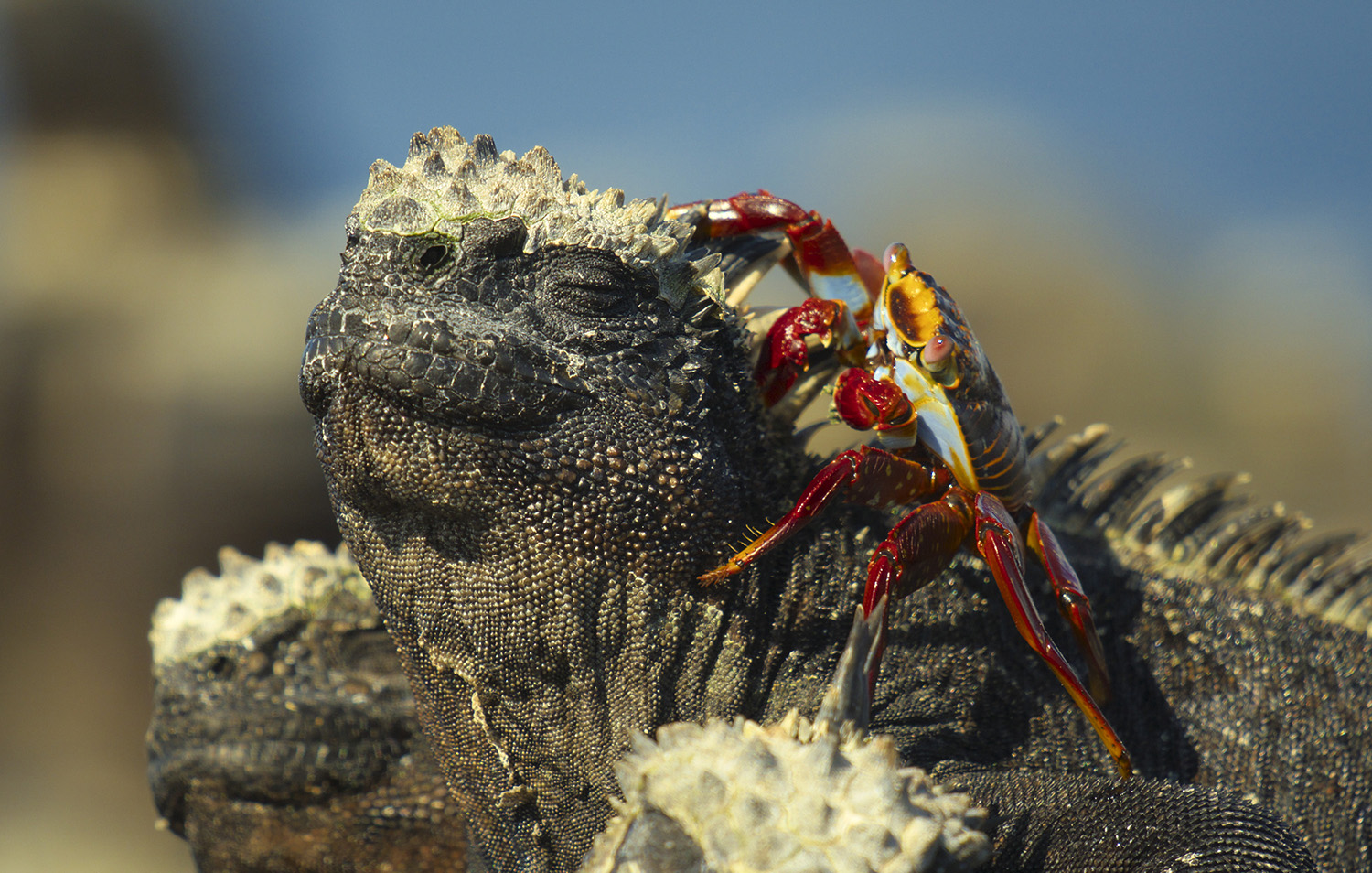
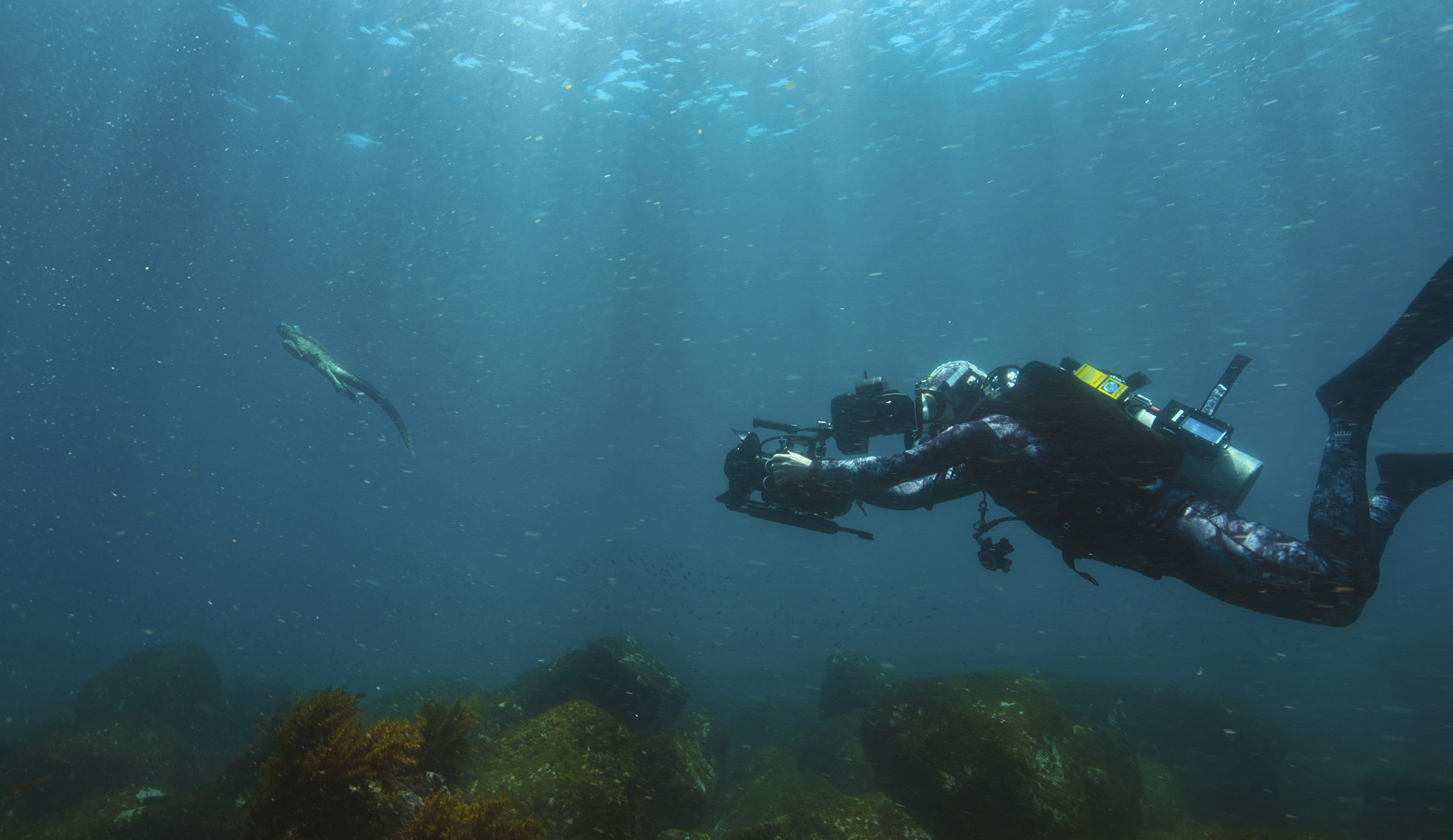
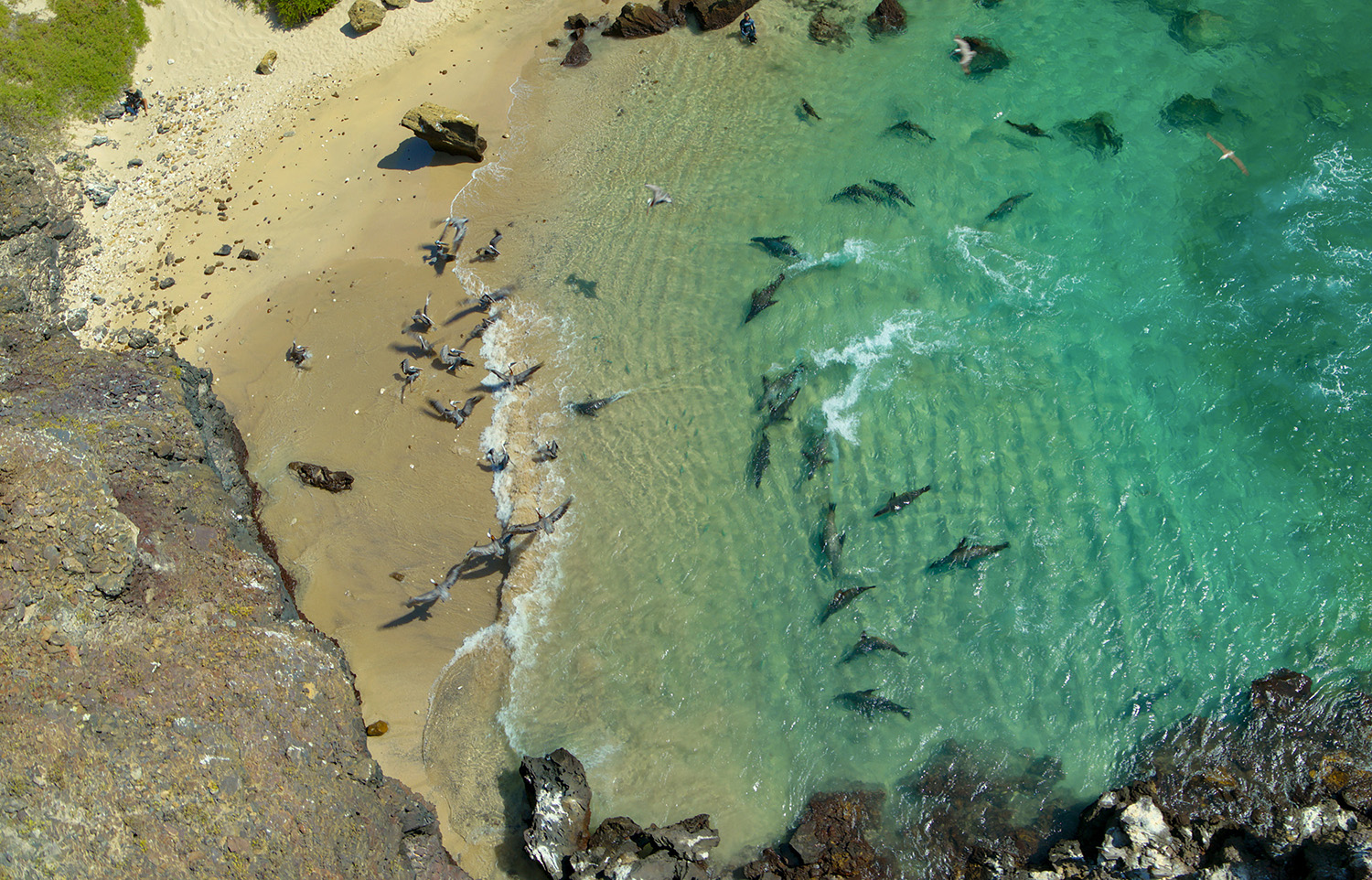
DEVIL RAY ISLANDS
Venturing to Indonesia, Bertie embarks on a captivating expedition to explore the mesmerizing coral reefs that still stand as some of the most magnificent on our planet. His heart is set on an extraordinary encounter with the enigmatic devil ray, one of the ocean’s most elusive predators. To increase his odds of witnessing this remarkable creature, Bertie sets out to locate a massive annual spectacle—a breathtaking anchovy feeding frenzy that serves as the prime opportunity to catch a glimpse of the elusive devil ray in its natural habitat.
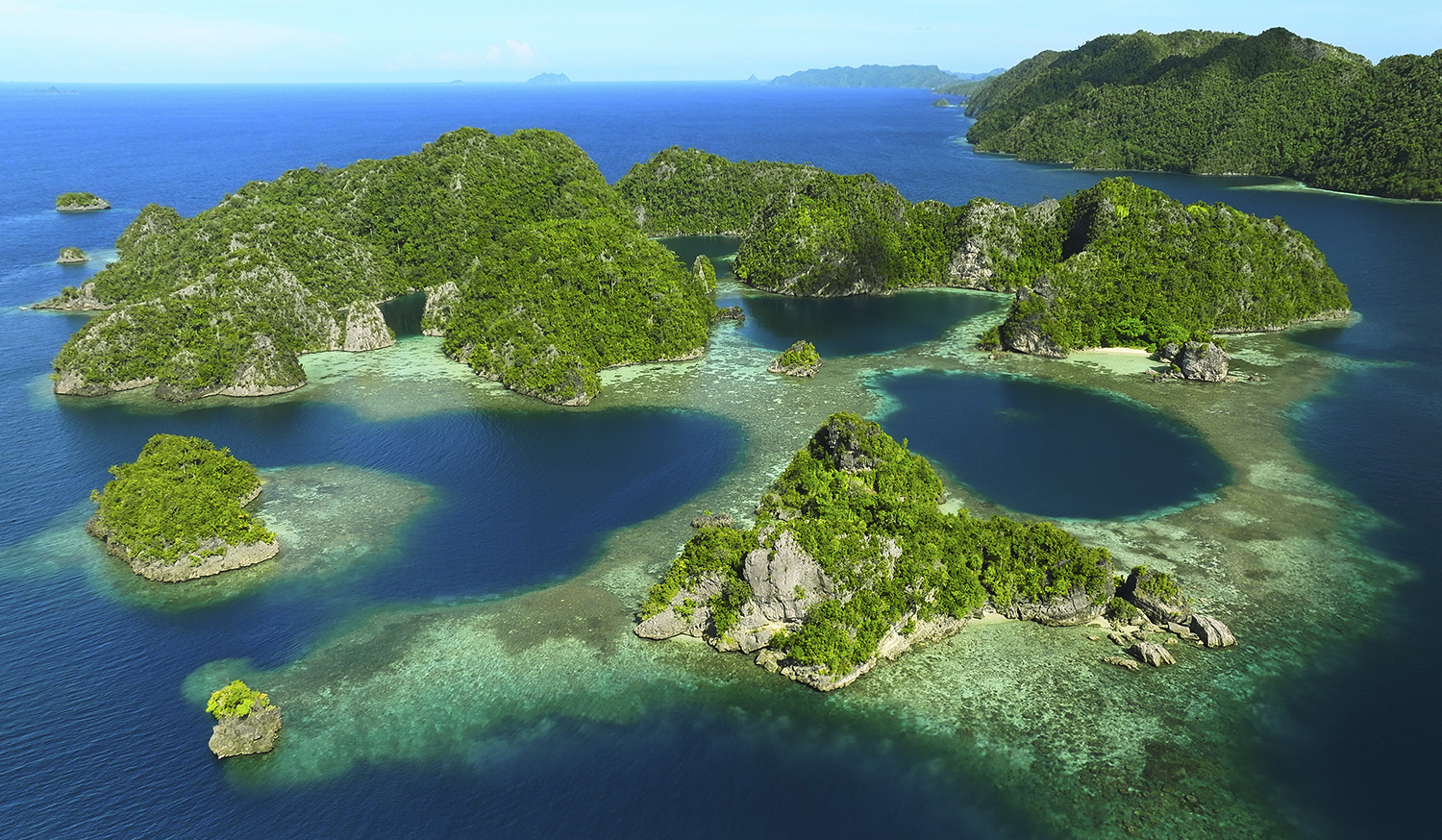
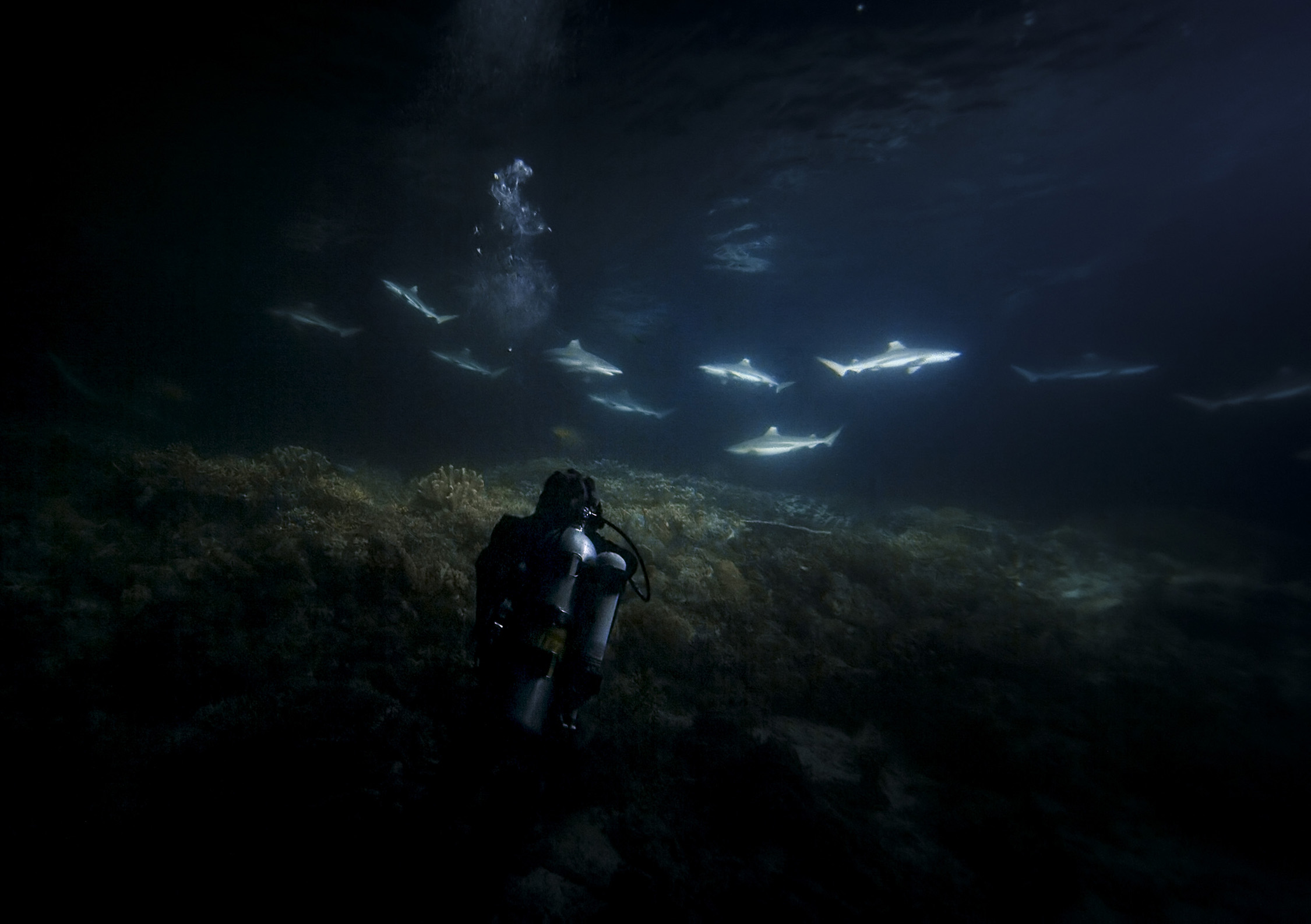
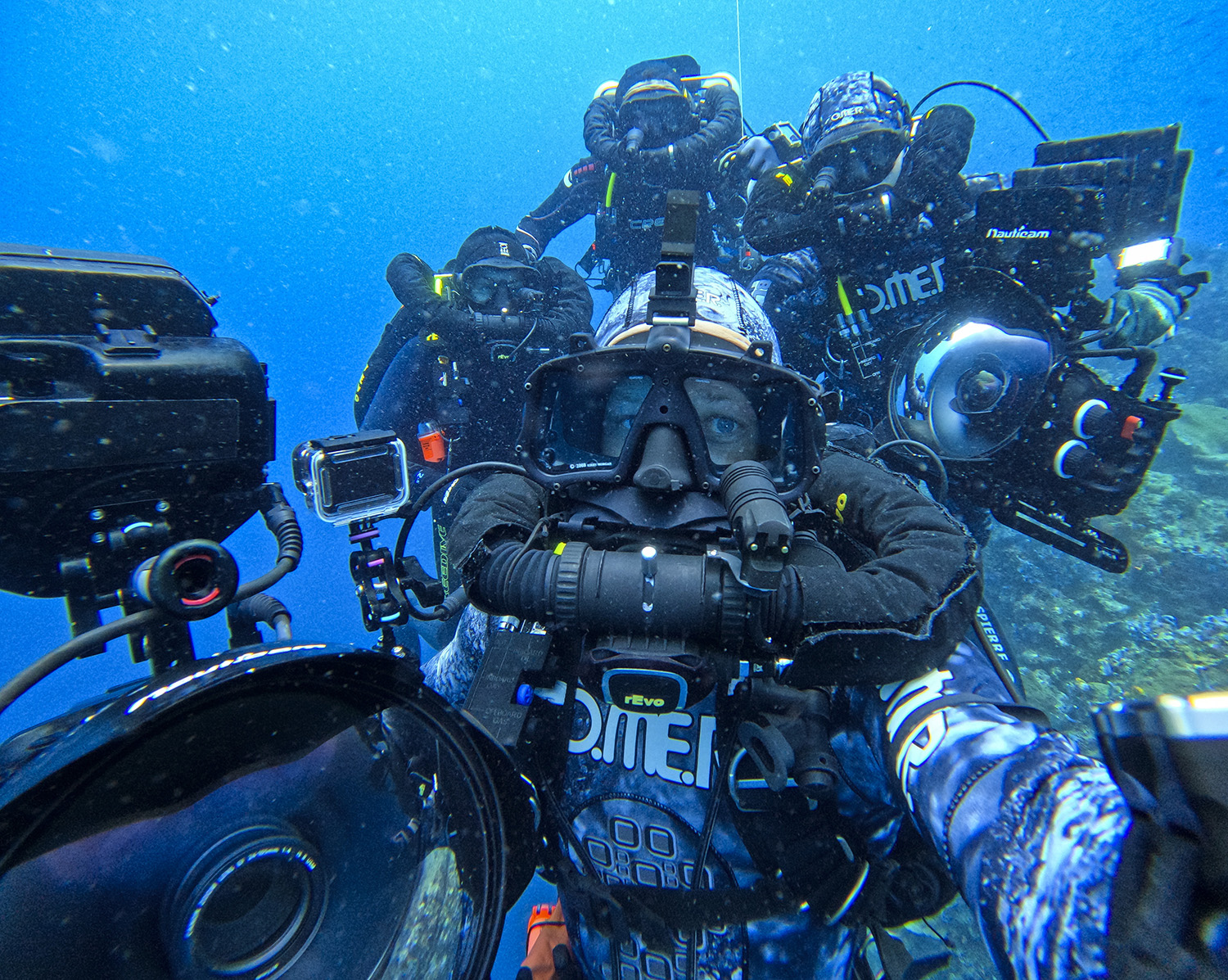
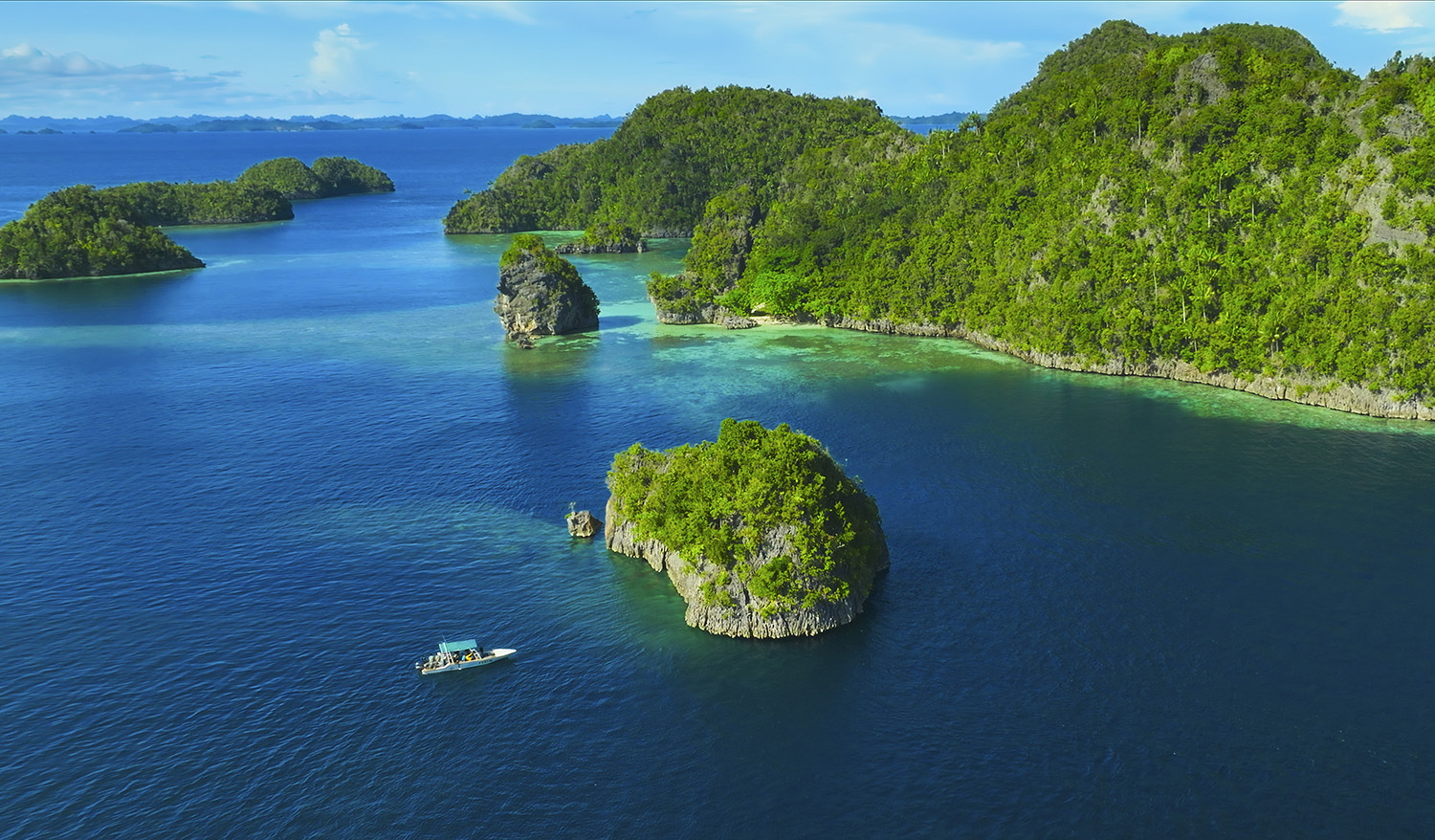
BOTSWANA WILD DOGS
In pursuit of a thrilling adventure, Bertie embarks on a transformative expedition to Botswana, driven by the mission to film the extraordinary African wild dog, one of the planet’s most accomplished land predators. Despite their remarkable hunting prowess, the wild dog population is facing a decline, making the quest even more urgent. Guided by a deep curiosity to unlock the secrets of their survival, Bertie meticulously shadows a resilient family pack. Witnessing their unwavering tenacity and unyielding spirit, it becomes evident that these African wild dogs are formidable fighters, offering invaluable lessons on what it takes for the next generation of these endangered predators to endure and thrive in their challenging world.
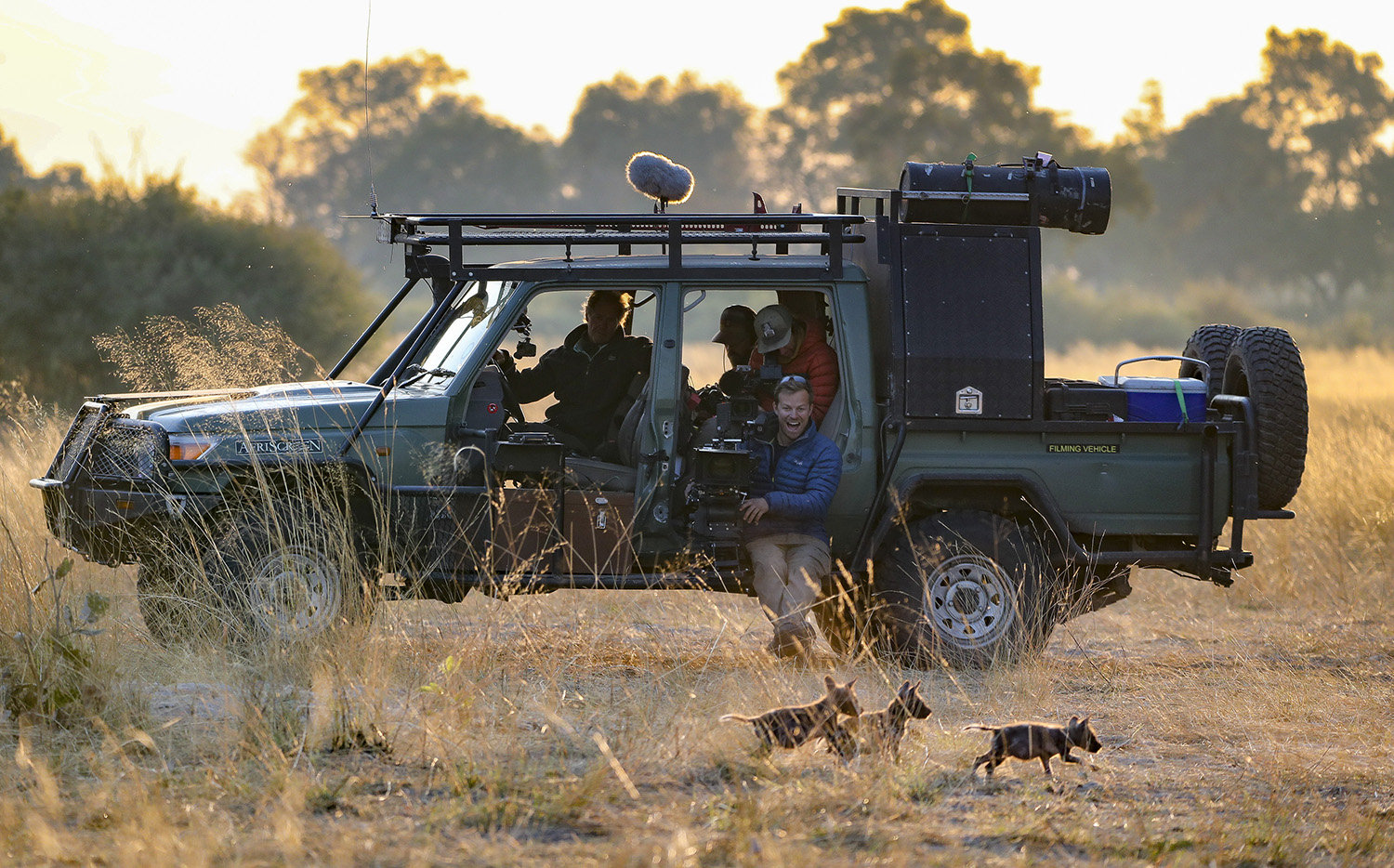
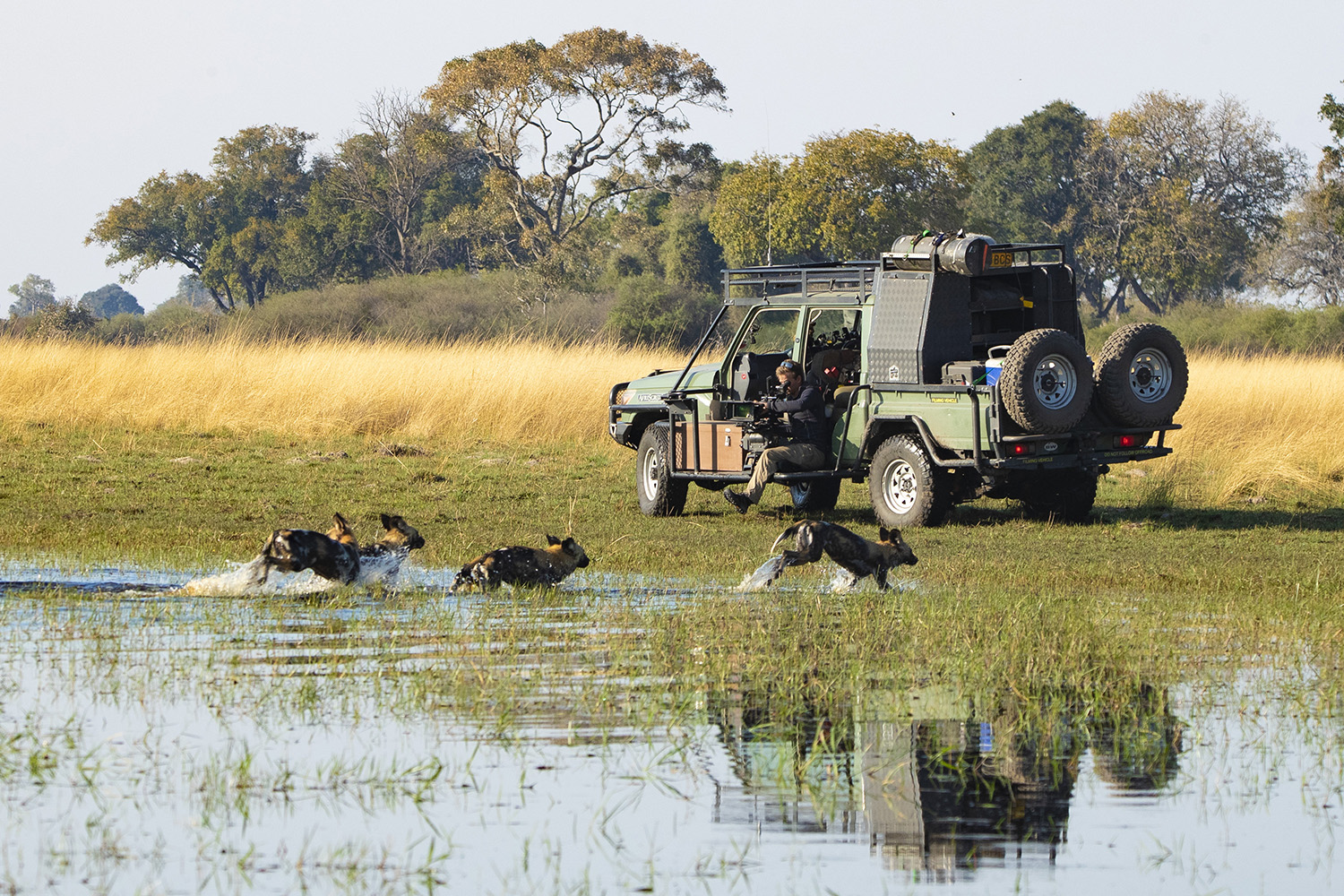
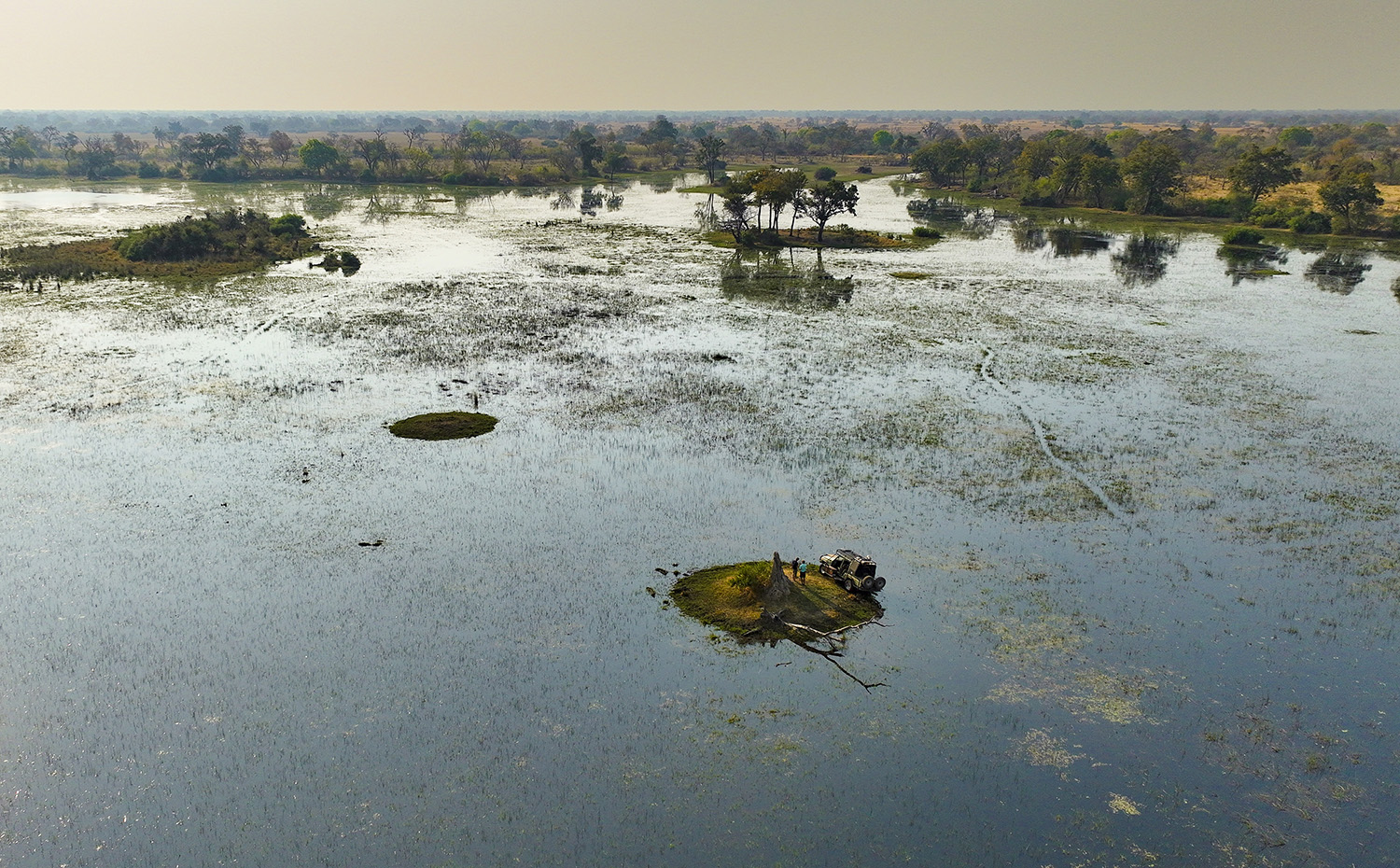
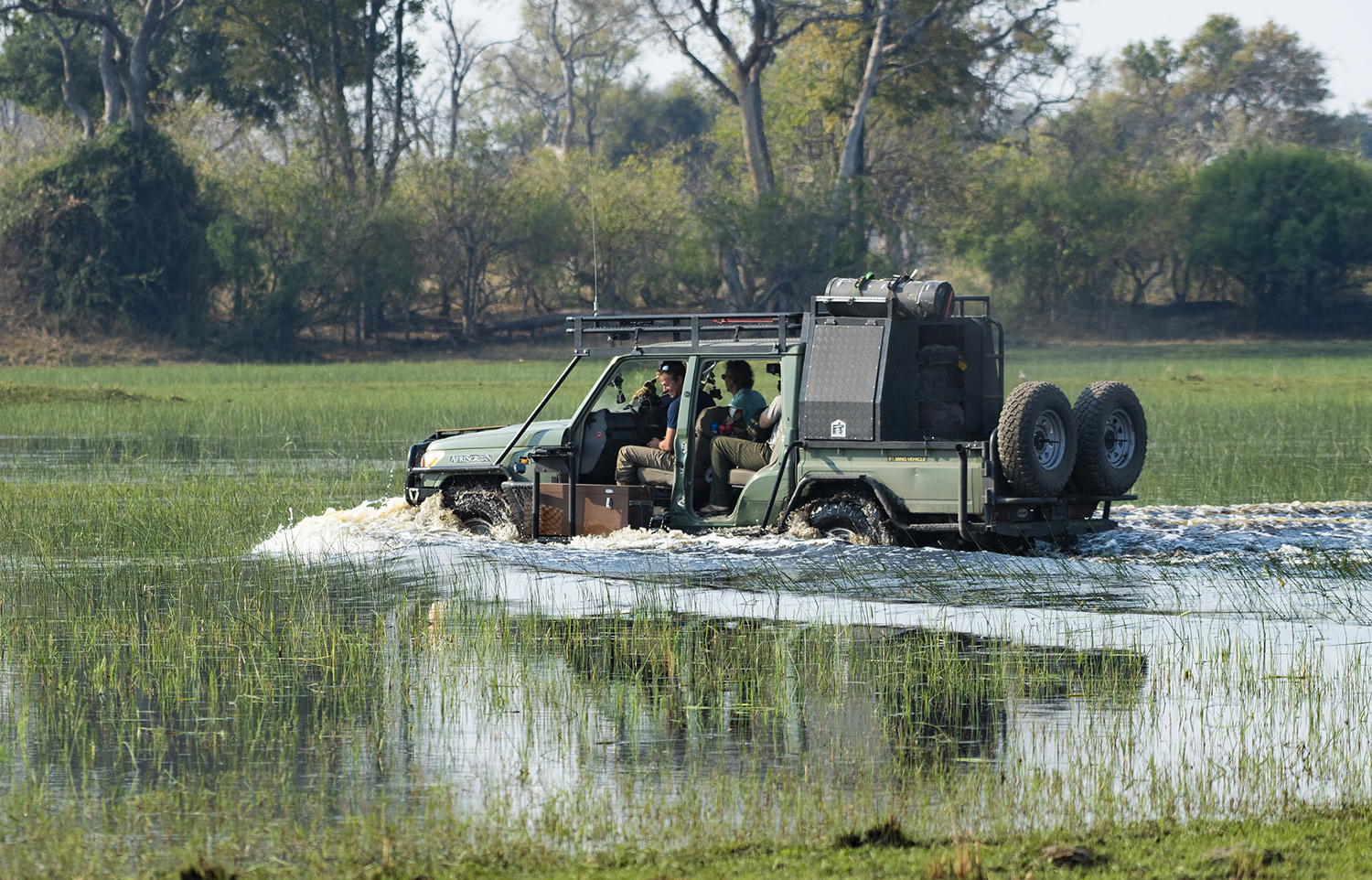
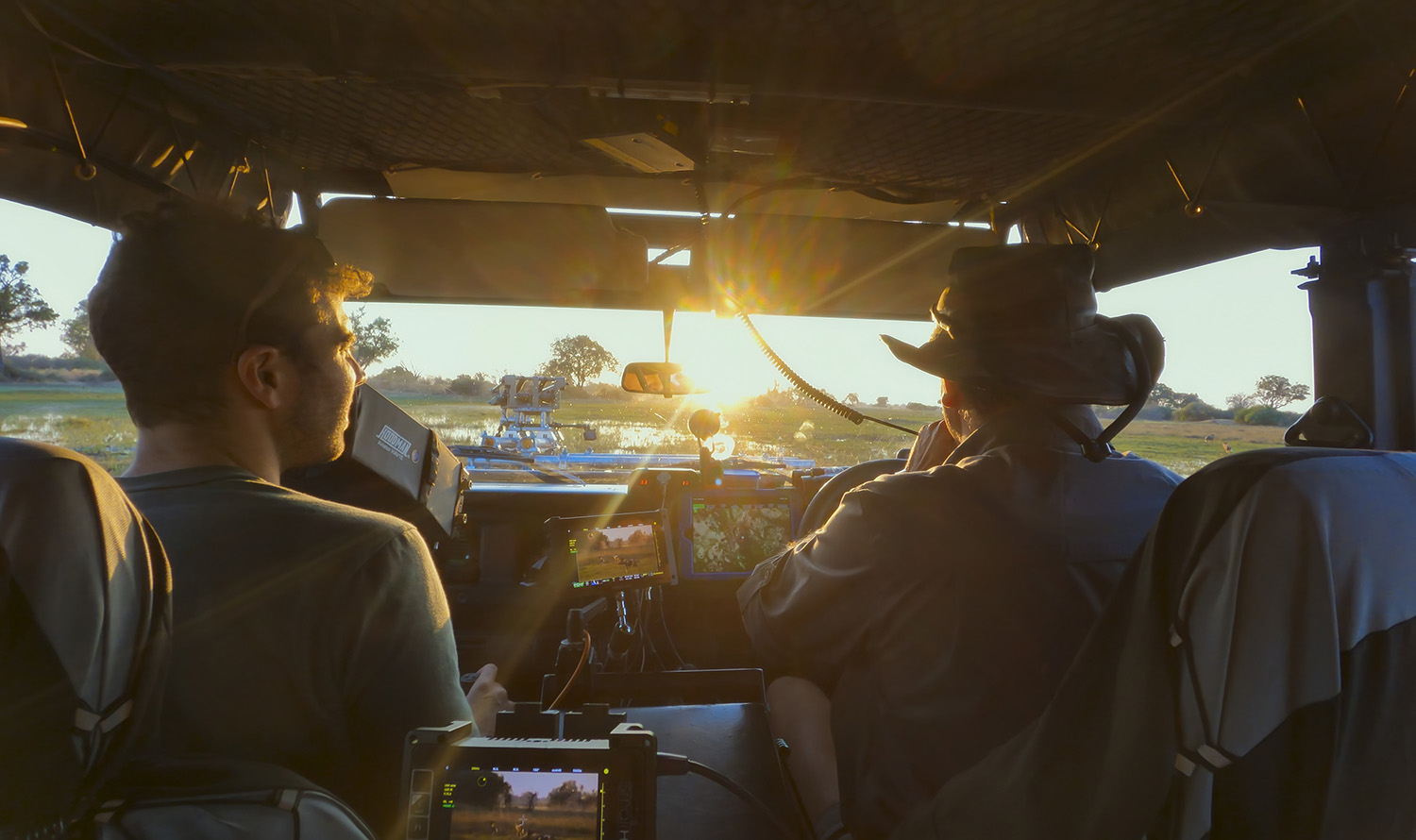
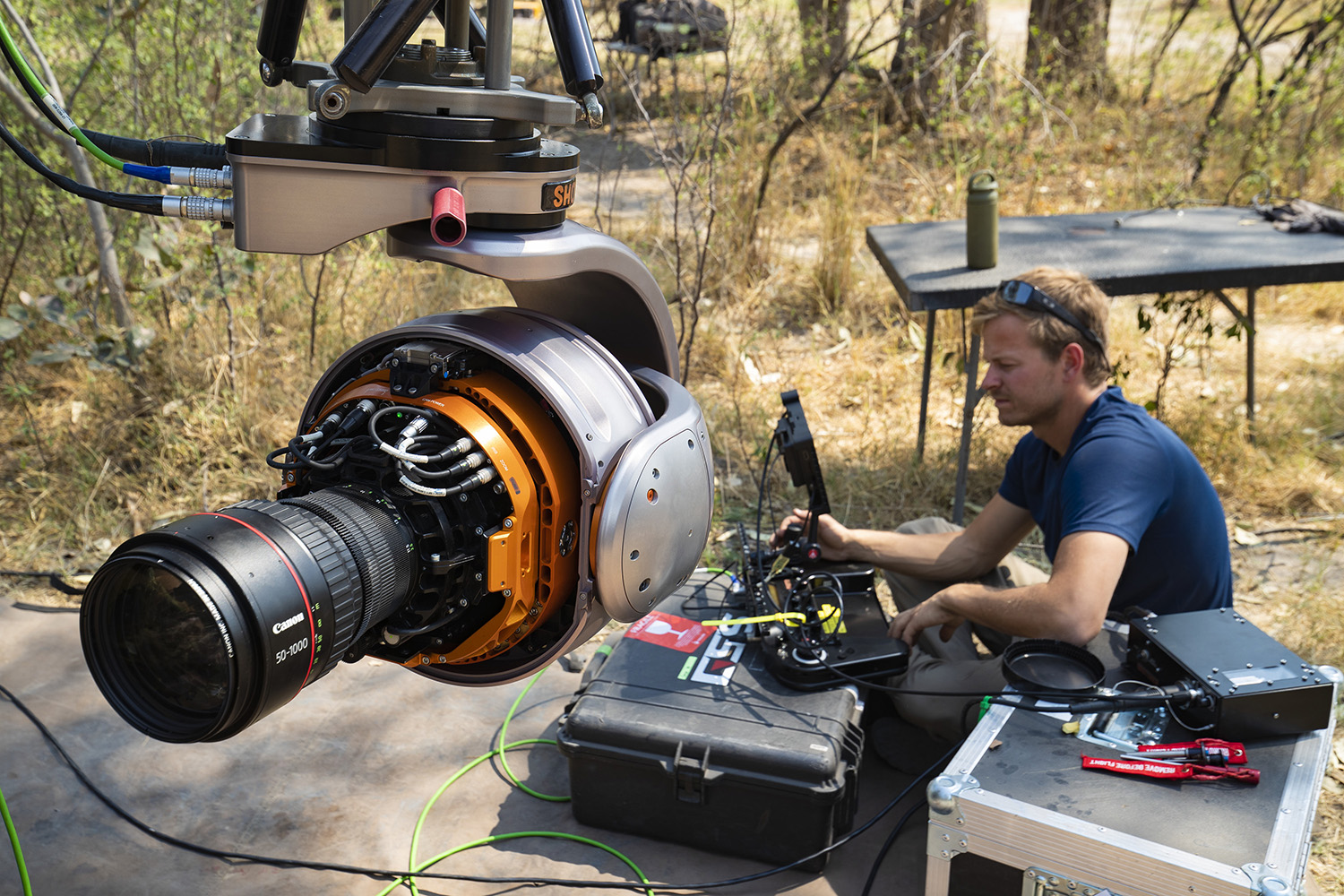
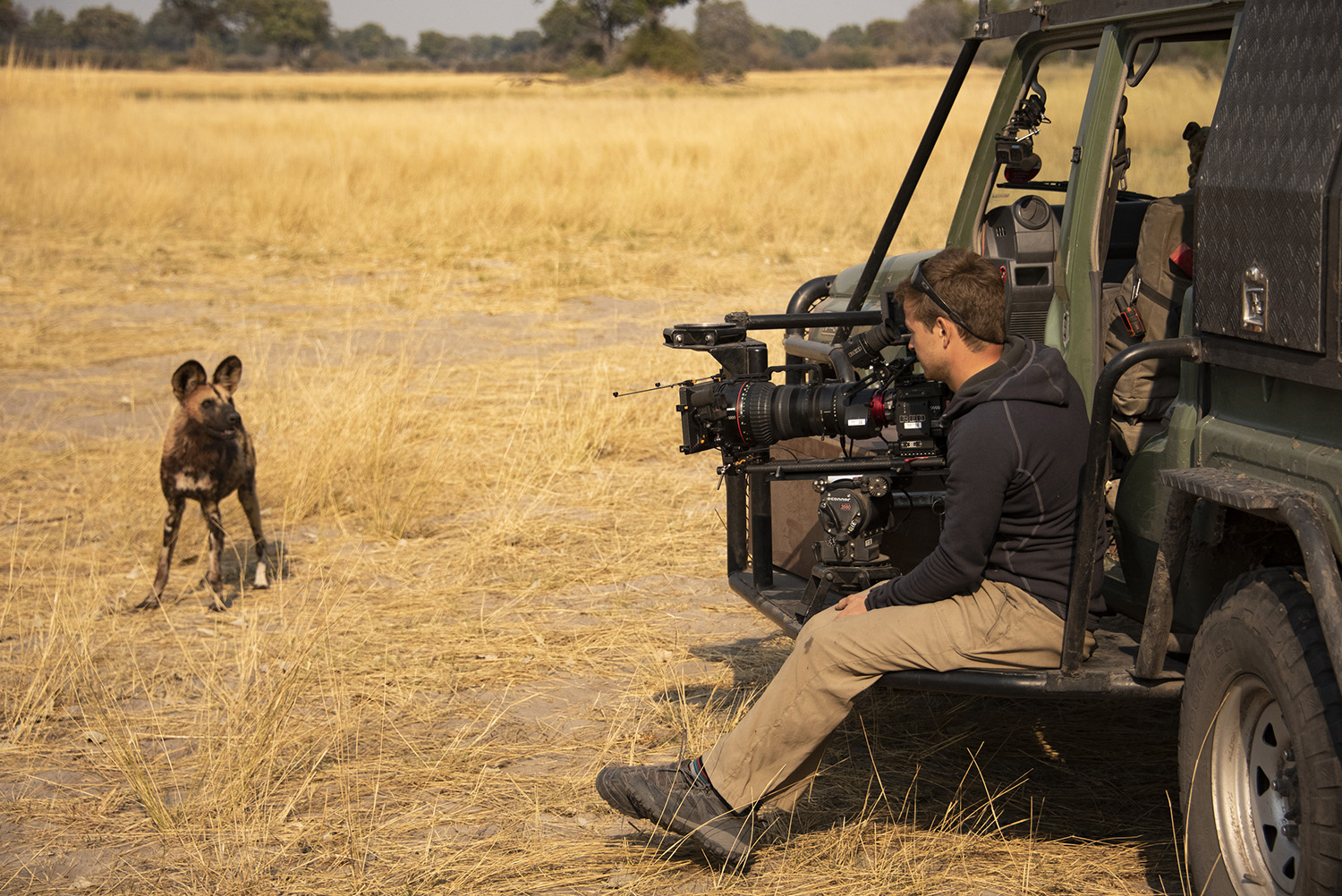
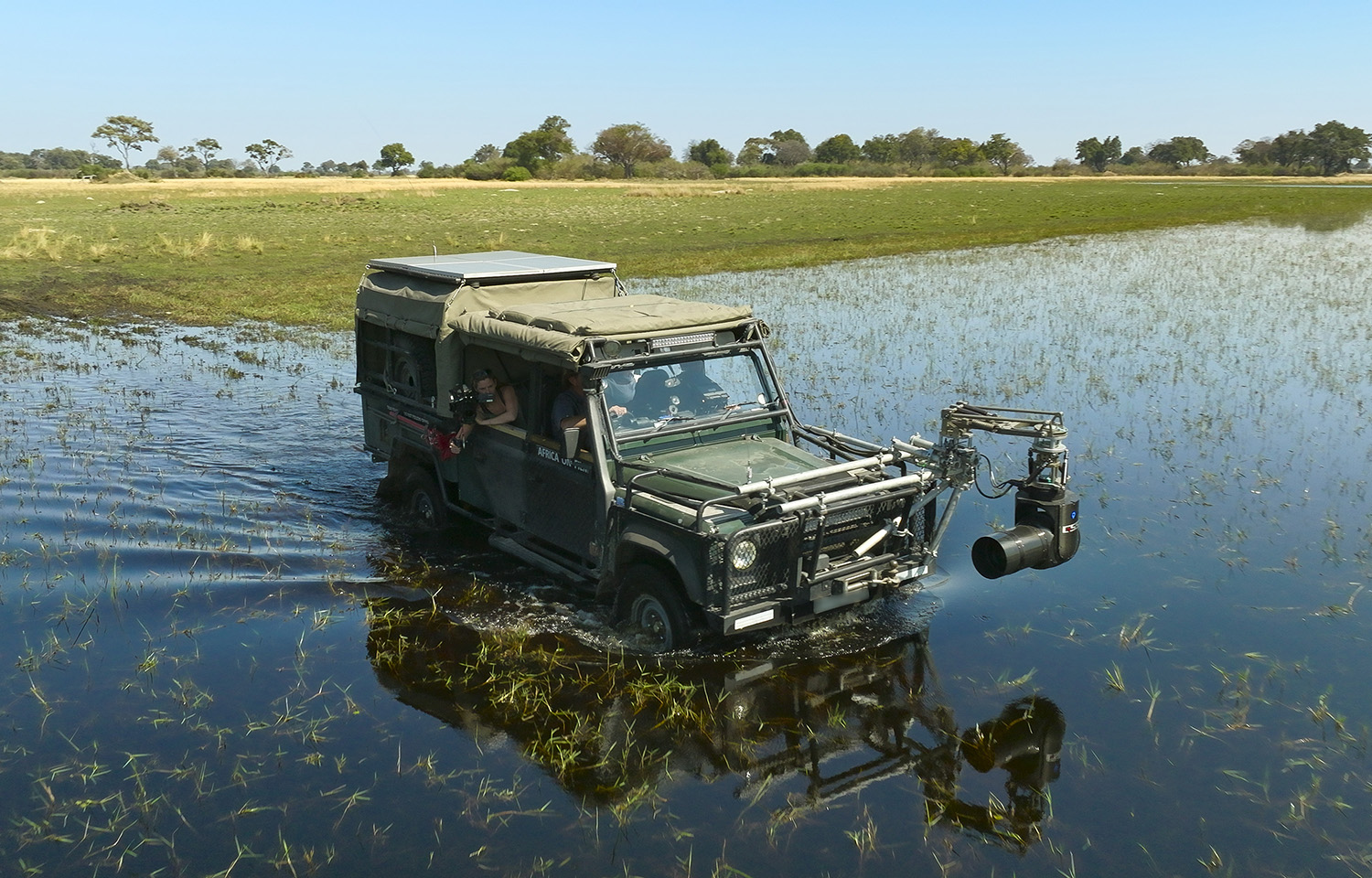
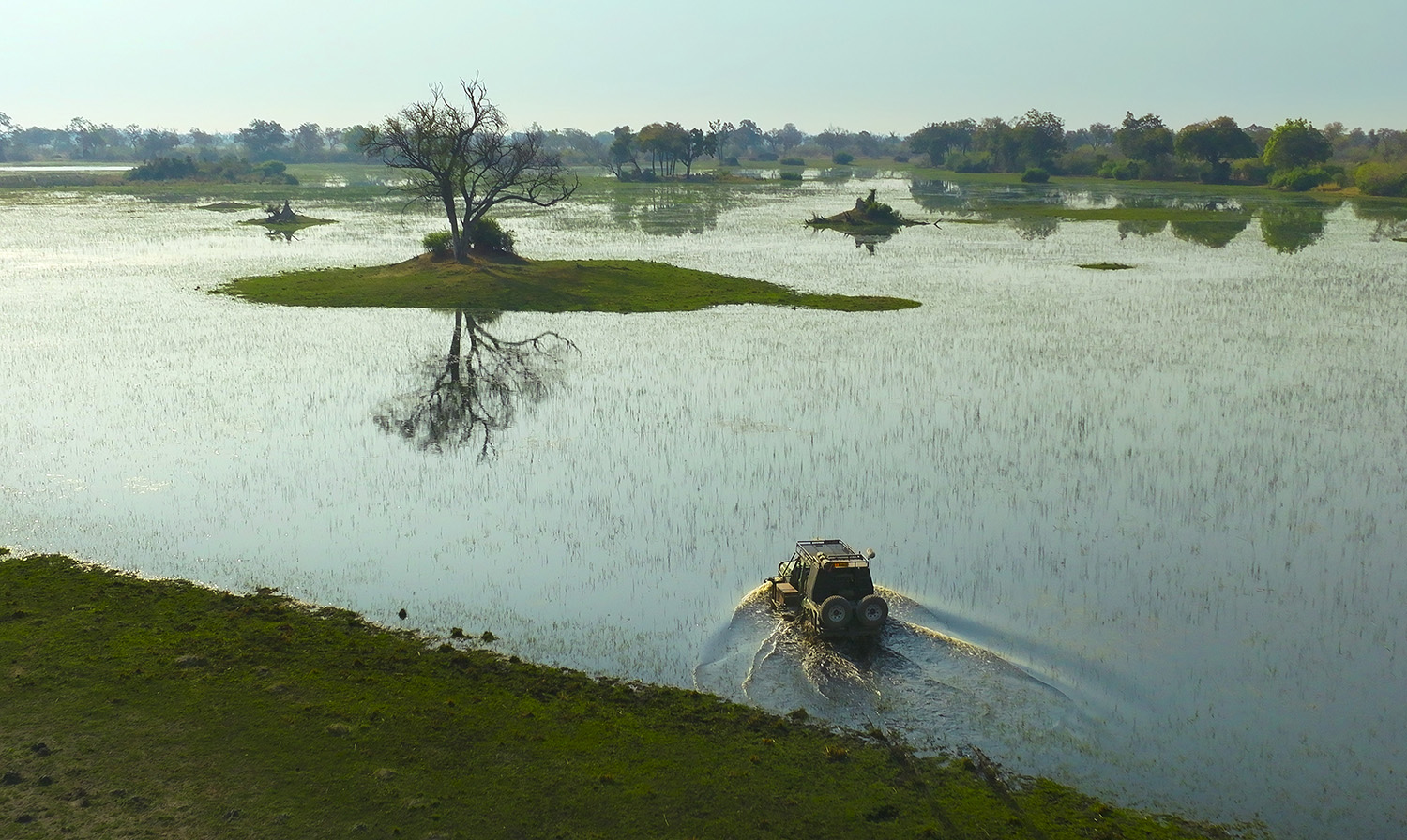
ANTARCTIC KILLER WAVES
Braving the treacherous Drake Passage, Bertie and his team embark on an epic expedition to Antarctica, eager to document the awe-inspiring intelligence and adaptability of a remarkable group of killer whales known as B1’s. These extraordinary predators employ a mesmerizing strategy to hunt seals resting on ice, showcasing their ingenuity in their natural habitat. Determined to uncover the reasons behind the declining B1 population, Bertie sets out to capture their other surprising techniques for catching prey, all while navigating their rapidly changing environment. With a sense of urgency and fascination, they delve into the lives of these incredible creatures, seeking to shed light on their struggles and the challenges they face in the ever-evolving world of Antarctica.
